When you bring a rabbit into your home, you’re not just adopting a pet — you’re inviting in a sensitive, curious, and often cautious little personality. But what happens when your home already includes other animals? Many families wonder about rabbit pet compatibility and whether bunnies can share space with dogs, cats, guinea pigs, or even chickens. The short answer is: sometimes, but not always.

Rabbits are prey animals by nature, and their survival instincts run deep. A dog’s bark, a cat’s stare, or even the chatter of a guinea pig can send them into a state of stress. On the flip side, rabbits can also surprise us with their confidence and ability to adapt. The challenge is figuring out when coexistence is possible and when it’s kinder to keep species separate.
In this guide, we’ll walk through the realities of mixing rabbits with other pets — what works, what doesn’t, and how to give your bunny the safest, happiest life no matter who else shares your home.
What Does “Rabbit Pet Compatibility” Really Mean?
Before introducing your bunny to a new pet or letting them share space with an existing one, it's important to understand what rabbit pet compatibility actually looks like. It’s not about whether a rabbit can tolerate another animal's presence. It’s about safety, stress levels, territory, and behavior.
Unlike dogs or cats that might approach a new pet with curiosity or excitement, rabbits are prey animals. Their instincts lean toward caution and defense. Even the sound or scent of another animal can put a rabbit on high alert. So when we talk about compatibility, we’re looking at whether your rabbit can live alongside another species without constant fear, anxiety, or danger — and vice versa.
Not every rabbit is going to want a roommate, even another rabbit. Some are more territorial. Some are easily stressed. And some just want to be left alone to enjoy their hay in peace. The keyword here, and this applies to any pairing, is observation. You're not just hoping your pets get along; you're learning how each of them reacts in shared space.
Species Differences Matter
Compatibility isn’t one-size-fits-all. A rabbit might bond quickly with one cat, yet panic at the sight of another. Your neighbor’s dog might ignore rabbits, while yours wants to chase everything with fur. Knowing what to expect from each species is the foundation of responsible pet introductions.

- Predatory animals, like dogs and cats, may see your rabbit as prey — especially if they have a strong prey drive.
- Other prey animals, can also be tricky. Not because they’re aggressive, but because they have different needs and communication styles.
- Rodents may appear similar to rabbits, but they don't always share space peacefully.
This is why setting up your rabbit for success means you need to understand the unique compatibility challenges for each type of pet. You’ll find that just because animals can be housed together doesn’t mean they should.
Signs That an Animal Might Be a Good Match
So what makes one pet a better companion for your rabbit than another? Some pets, regardless of species, are naturally calm and non-territorial. If your rabbit is already relaxed and curious by nature, that’s a good sign, too. But don't mistake tolerance for friendship. Two animals that ignore each other peacefully are far more compatible than two who interact constantly and stress each other out.
Here are a few encouraging signs:
- Your rabbit shows curiosity without signs of fear — no thumping, hiding, or rapid breathing.
- The other pet doesn’t stare, chase, lunge, or bark at the rabbit.
- Both animals are calm when in proximity, even if separated by a barrier.
- Neither animal shows territorial behavior like scent marking or guarding toys, bowls, or beds.
These may seem like small things, but they matter. Compatibility is built slowly — through safe, structured interactions — not rushed meetings.

The Most Important Question: Why Are You Introducing Pets?
This might feel obvious, but it’s worth pausing on. Why are you considering mixing pets at all? If it’s for your rabbit’s benefit, think about what your rabbit truly needs. If it’s companionship, another rabbit might be best. If it’s to save time or space, that shouldn’t come at the cost of your rabbit’s mental and physical health.
Understanding rabbit pet compatibility starts with this simple but overlooked truth: your rabbit doesn’t need other pets to be happy. They need routine. Safety. Enrichment. And space. If another pet supports those things — great. If not, your rabbit may be better off solo.
Don’t Rely on Internet Myths
There are countless stories online of rabbits cuddling with cats or sharing bowls with guinea pigs. These stories make cute videos, but they don’t show the whole picture. Compatibility takes time and patience.
Always trust your rabbit’s body language over someone’s highlight reel. If your rabbit flattens themselves to the floor, breathes rapidly, or thumps when another pet is near, that’s not a sign of friendship — it’s stress. And stress can become chronic or even life-threatening if ignored.
Consider Your Rabbit’s History
Was your rabbit raised around other pets? Adopted from a shelter where they were housed alone? Brought into your home as a baby or an adult? These factors shape how a rabbit views other animals. A rabbit that grew up with a calm dog may be more relaxed around other dogs. One that had a negative experience might become fearful or aggressive, even toward harmless animals.
If your rabbit is a rescue or has been through trauma, compatibility may take even longer, or might not be possible at all. And that’s okay. Not all rabbits need a social circle.
Pairing Personalities — Not Just Species
This can’t be overstated: personality plays a bigger role than species. You can have the friendliest rabbit in the world and still run into issues if the dog is excitable or the guinea pig is skittish. Think about energy levels, territorial behaviors, and response to new stimuli.
A high-energy dog might not be a good fit even if they mean no harm. A calm senior dog that naps most of the day? That’s a different story. And just because two animals are the same size doesn’t mean they’ll get along — rabbits and guinea pigs, for example, are often assumed to be compatible because they’re both small. But their behaviors, needs, and even sounds can clash significantly.
If you're considering this mix, start with this detailed guide on guinea pig and rabbit cohabitation.
Understanding the Different Communication Styles
This is where things get interesting — and sometimes complicated. Rabbits are subtle communicators.
Miscommunication is a common source of conflict between species. A dog might think they’re initiating play, while the rabbit perceives a threat. A guinea pig may get curious and wander too close, triggering territorial behavior from the rabbit. Even cats, with their stealthy ways, can cause stress if your rabbit feels stalked — even if the cat is just being nosy.
In situations like these, the best thing you can do is slow everything down and observe. Introduce only under supervision, and always keep an escape route available for your rabbit. They should never feel cornered or trapped.
Give It Time (And Then Give It More Time)
Don’t expect instant harmony. Some pets take weeks or even months to adjust to each other. And that’s if they ever do. Always start with barriers — a pen, gate, or crate. Let each animal see, hear, and smell the other before getting closer. Watch for any signs of fear or aggression and pause immediately if they appear.
Consider rotating spaces — let one pet roam while the other is confined, then switch. This helps them get used to each other’s scent in a non-threatening way. It also helps reduce territorial reactions during actual face-to-face intros.
If you're looking to add a dog to a rabbit household, check out this detailed write-up on managing rabbits and dogs under one roof.
When to Call It Quits
Sometimes, despite your best efforts, it just doesn’t work out. If your rabbit constantly hides, refuses to eat, or becomes aggressive, it’s time to reconsider. The same goes if the other animal shows signs of fixation or stress. Compatibility doesn’t mean “they tolerate each other under constant supervision.” It means everyone can relax and go about their day without fear or tension.
If you need help evaluating your rabbit’s behavior, a rabbit-savvy vet or animal behaviorist can be a valuable resource. They can help you determine if what you're seeing is stress, curiosity, or something in between.
And remember, peace is more important than pairing. Your rabbit’s mental health is worth protecting, even if that means scrapping the multi-pet dream entirely.
The Role of Rabbit Temperament in Multi-Pet Households
Rabbits may share one species, but their personalities run the spectrum. Some are bold and bossy. Others are shy and skittish. This matters a lot when you’re thinking about rabbit pet compatibility in a home with multiple animals. Two rabbits might react very differently to the same dog or guinea pig, depending entirely on their temperament.

So before you worry about whether your other pets are “rabbit-safe,” take a moment to figure out if your rabbit is even interested in sharing their space in the first place. Because for some bunnies, the answer is a firm no.
Understanding Your Rabbit’s Personality
You probably already have a good idea of your rabbit’s vibe. Are they the curious type that hops over to check out new sounds and smells? Or do they retreat under the couch at the first sign of movement? The way they explore (or avoid) their environment tells you a lot.
Rabbits who are confident, moderately curious, and fairly relaxed tend to adapt better when new animals are introduced. But this doesn’t mean they’re looking for a new best friend. It just means they won’t panic every time your dog sneezes or your guinea pig squeaks.
Signs of a rabbit with a temperament suited for other pets might include:
- Calm body posture when hearing unfamiliar noises.
- Slow, controlled exploration of new spaces.
- Gentle interactions with people and objects.
- Willingness to come out of hiding even in mildly chaotic environments.
These bunnies are more likely to hold their ground (in a good way) around other pets, rather than bolt or become defensive. That stability matters when it comes to peaceful cohabitation.
Shy Rabbits and the Risk of Chronic Stress
On the flip side, rabbits that startle easily or hide frequently may not thrive in multi-pet households — at least not without serious adjustments. Constant exposure to other animals, even passive ones, can put shy or anxious rabbits into a near-constant state of stress.
This kind of chronic stress can suppress appetite, trigger digestive issues, and even lead to behavior changes. If you notice your rabbit grooming obsessively, staying hidden most of the day, or avoiding their litter box after another pet enters the picture, these are red flags that your rabbit may not be comfortable with the new dynamic.
Chronic stress isn’t something rabbits "get used to." Their nervous systems are wired for survival. If they are unhappy or feeling unsafe, they’ll suffer in silence. This is why watching their behavior after any pet introduction is so critical.
The Dominant Bunny
While most concerns focus on rabbits being afraid, let’s not forget that some rabbits are the troublemakers. Dominant or territorial rabbits can be just as problematic in multi-pet setups. These bold bunnies will chase cats, charge at dogs, and box at anything they perceive as a threat to their space.
Don’t mistake dominance for confidence. Dominant rabbits may have no fear, but that can lead to unsafe situations. A cat or dog that feels challenged could respond with aggression, even if they’re generally calm animals. In these cases, you’ll need to manage not just potential fear, but also the risk of conflict escalation from both sides.
Neutering and Spaying Make a Difference
Hormones play a big role in rabbit behavior, especially when it comes to territorial tendencies. An unaltered rabbit is more likely to be possessive, aggressive, or easily stressed. Spaying or neutering your rabbit typically leads to a calmer temperament, making introductions to other pets much more manageable.
If your rabbit isn’t fixed yet, and you’re considering bringing a new pet into the home, it’s best to wait. Hormonal rabbits are unpredictable, and their behavior can change rapidly from one moment to the next.

Breed May (or May Not) Matter
Some rabbit breeds are known for being more social or docile, such as the Mini Rex or Holland Lop. Others, like the Belgian Hare, may be more nervous or excitable. While breed traits can offer clues, they aren’t guarantees. A relaxed breed may still produce a high-strung bunny, and a breed known for spunk might surprise you with a mellow personality.
The point here is not to over-rely on breed characteristics when gauging rabbit pet compatibility. Pay attention to the actual rabbit in front of you. Their behavior in your home tells you more than any breed description ever could.
Bonding With Other Rabbits vs. Other Animals
It’s worth pointing out that just because your rabbit is bonded with another rabbit doesn’t mean they’ll accept other species. Rabbit-to-rabbit bonds often involve a lot of grooming, cuddling, and shared space. That kind of relationship is rare — or completely absent — when it comes to cats, dogs, or guinea pigs.
Rabbits may tolerate other animals, but in most cases, they don't interact with them the same way they do with their own kind. That doesn’t make them unfriendly. It just reflects how species-specific their social structures really are.
Temporary vs. Permanent Pairings
Some households only need pets to coexist part-time. Maybe the rabbit lives in a separate room and only interacts with other pets under supervision. In these cases, even a slightly anxious rabbit may do fine, because the exposure is limited. But if you’re planning a shared living space — like a free-roam rabbit and a dog who has access to the same areas — temperament becomes even more important.
In a permanent multi-pet setup, your rabbit’s ability to regulate their stress and adjust to new routines will directly impact their quality of life. A rabbit who doesn’t feel safe won’t eat well, won’t groom normally, and won’t enjoy their space.
When to Reassess
Let’s say you introduce your pets and everything seems okay for the first few days. Then your rabbit starts refusing food, staying in one corner, or becoming aggressive. This isn’t something to push through. Reassess the arrangement. Go back to separation, reintroduce slowly, and see if the behavior improves.
It might turn out that your rabbit’s temperament just isn’t suited for other pets — and that’s perfectly valid. You haven’t failed. You’ve just learned what kind of environment supports your rabbit’s health and happiness.
Supporting All Pets’ Individual Needs
Your rabbit’s temperament is just one piece of the puzzle. Every animal in the home needs space, stimulation, and rest. That means setting up environments where no one feels trapped, chased, or overwhelmed. If your rabbit is calm but your other pet is high-strung or territorial, you still have a mismatch.
Successful multi-pet homes happen when every animal’s individual needs are respected. That starts with knowing your rabbit’s personality and working with it — not trying to change it.
Do Rabbits and Dogs Get Along?
This question comes up constantly, and for good reason. Dogs are one of the most common pets in the U.S., and many rabbit owners already have one (or more) before they ever bring home a bunny. But the truth is, rabbits and dogs aren’t exactly a natural match. That doesn’t mean they can’t share a home. It just means that rabbit pet compatibility with dogs depends entirely on the situation, the dog, and — as we’ve already talked about — the rabbit’s temperament.

It’s tempting to assume a friendly dog will automatically be good with your rabbit. But even the sweetest pup can trigger a fear response in your bunny just by being too curious. Dogs are predators. Rabbits are prey. You’re not trying to erase that fact — you’re managing it safely and thoughtfully, step by step.
The Breed Question: Does It Matter?
Absolutely. Breed plays a huge role when introducing dogs to rabbits. Herding breeds like Border Collies or Australian Shepherds may have a strong drive to control movement, which could translate into chasing or circling your rabbit. Hunting breeds like Beagles or Terriers may see small animals as something to pursue, no matter how many treats or training sessions you’ve done. Even if they don’t mean harm, their body language alone can stress your rabbit out.
On the other hand, some breeds — especially laid-back companions with low prey drive like Golden Retrievers, or calmer senior dogs — can be more predictable. They might lie down next to the rabbit’s enclosure, barely lifting an ear. This kind of calm, disinterested behavior is what you want to see.
If you have a high-energy or working breed, you’ll need to take extra steps to create boundaries and manage those instincts. Not all dogs can “learn” not to chase. And not all rabbits can “get used to” having a dog nearby. That’s why pairing by behavior is so important.
Early Introductions: Set the Tone
Whether your dog is brand new or a long-time member of the household, the first meeting with your rabbit needs to be controlled, calm, and brief. Here’s what to do:
- Keep your rabbit in a secure enclosure: Ideally a pen that allows for movement but blocks any chance of the dog reaching through.
- Leash your dog: You want to be able to redirect immediately if your dog lunges or barks.
- Stay calm and speak softly: High-pitched excitement or sudden movements from you can feed into your dog’s energy and raise your rabbit’s stress.
- Reward calm behavior: If your dog sits quietly, give a treat. If your rabbit stays relaxed (ears up, body calm), that’s a green light to continue.
Keep the first meeting under five minutes. Then increase the time slowly across multiple sessions. Don’t rush this process — it can take days or even weeks before both animals are neutral around each other.
Want a full breakdown of how to set up your home for a rabbit and dog combo? This article covers what to expect and how to prepare.
What “Calm” Looks Like in a Dog
Not all stillness is good stillness. If your dog is staring at the rabbit, frozen, tail stiff, and ears forward — that’s not calm. That’s fixation, and it’s a sign that your dog is thinking more like a hunter than a roommate.
Instead, you want to see relaxed body posture. A soft face. Ears that flick in different directions. Ideally, a dog that looks at the rabbit once and then turns their attention to something else. That’s when you know your dog is emotionally stable enough to be near your bunny.
“Calm” in a rabbit is different. You’re looking for a loose body, upright ears, normal breathing, and curiosity. If your rabbit is pressed flat to the ground, ears back, or breathing fast, they’re overwhelmed — even if they aren’t trying to run. That’s a sign to back off and try again later.
Managing Space: Divide and Monitor
Even if your dog and rabbit get along well during supervised time, that doesn’t mean they should share unsupervised space — ever. Dogs and rabbits process their surroundings very differently. A dog may see your rabbit hop onto the couch and interpret it as an invitation to play. Your rabbit sees the same movement as escape and survival.
Use gates, pens, or closed doors to give each animal their own safe territory. If your rabbit is free-roam, make sure your dog understands which areas are off-limits. Some owners find success with baby gates or playpens that allow the rabbit to move freely while the dog observes from a safe distance.
The goal is to let them coexist without forcing interaction. Rabbit pet compatibility with dogs isn’t about cuddles or chasing balls together. It’s about peace. Coexistence. Neutrality. If your dog and rabbit can exist in the same home without reacting to each other constantly, you’re winning.
Training Your Dog
If your dog doesn’t already know basic commands — sit, stay, leave it, come — this needs to happen before any rabbit introductions. These commands allow you to redirect your dog if things escalate and keep everyone safe.
In some cases, you may need help from a professional trainer, especially if your dog is young or easily overstimulated. It’s not a sign of failure. It’s just part of building a safe home where both pets can relax.

Dogs Who Just Aren’t a Good Fit
This one’s tough — but it needs to be said. Some dogs simply can’t be trusted around rabbits. If your dog has a history of aggression, high prey drive, or obsessiveness with small animals, it may not be safe or fair to try to force a bond. And that’s okay. Compatibility means safety first.
If you find yourself constantly managing your dog’s behavior, worried about leaving the room for five minutes, or seeing stress signals in your rabbit daily, you may need to keep them permanently separated. It doesn’t make your dog bad or your rabbit unfriendly. It just means the mix doesn’t work, and that's okay!
Living Peacefully Without Friendship
Here’s something a lot of people forget, your dog and rabbit don’t need to be friends. They don’t need to nap together. They don’t need to share a treat or play in the same room. If they can simply exist near each other without fear, aggression, or anxiety, that’s success.

Don’t chase the Instagram dream of a rabbit curled up next to a snoring Labrador. If it happens, great. But if your rabbit prefers to stay in their space while your dog lounges elsewhere, that’s more than enough. Rabbits value consistency and peace over socialization with other species.
Ongoing Monitoring
Even once things seem stable, keep an eye on the relationship. Dogs age. Rabbits age. Hormonal shifts, illnesses, or environmental changes can all throw off a once-peaceful dynamic. Be prepared to reassess your setup if anything changes in your pets’ behavior.
If you’re dealing with new rabbits, rescues, or puppies, you’ll want to take things even slower. Puppies especially can be unpredictable — too bouncy, too curious, and too unaware of their own size. They’re also more likely to make mistakes that scare your rabbit and set back weeks of progress.
Still Curious About Other Animal Pairings?
Rabbits and dogs can live together successfully, but it depends on the dog, the rabbit, and how much work you’re willing to put into setting boundaries. Compatibility isn’t guaranteed just because your dog is friendly or your rabbit is curious. It takes planning, supervision, and a clear understanding of each animal’s behavior. When done right, it can be a peaceful, balanced relationship — one built more on mutual respect than constant interaction. And in a multi-pet household, that’s often the best outcome you can ask for.
Can Rabbits Live Peacefully with Cats?
When people imagine a rabbit living with a cat, they usually picture one of two things: a bunny being chased around the house, or the two snuggled up like lifelong friends. The reality of rabbit pet compatibility with cats falls somewhere in between and, as we mention over and over again, where your pets land on that scale depends on their personalities, past experiences, and how you manage their space and interactions.
Cats and rabbits are often more compatible than rabbits and dogs, but that doesn’t mean things always go smoothly. Cats are natural hunters, and rabbits are easily startled. You’re working with instincts that may be thousands of years old. Even if your cat is a sleepy lap warmer and your bunny is bold as brass, their relationship still needs to be built with care.
Understanding the Natural Dynamic
In nature, cats hunt smaller animals. That includes rodents and, yes, small rabbits. Domestic cats may be far removed from the wild, but that basic prey drive still lives in their DNA. A sudden hop from your rabbit, a flick of the tail, or an unexpected squeak can all trigger that instinct.

But unlike dogs, cats usually don’t view rabbits as companions or toys. Many simply observe from a distance or ignore the rabbit altogether. In some cases, that disinterest creates the perfect environment for peaceful cohabitation.
On the rabbit’s side, the issue is usually fear. Even if the cat is calm, your rabbit may still react with stress — especially if they weren’t raised around cats. They may see the cat as a predator, even when there’s no threat. That’s why the introduction process and your rabbit’s body language are so important to monitor.
Personalities Matter More Than Species
Every cat and every rabbit is different. A senior cat who spends most of their day in a sunbeam may barely acknowledge the rabbit. A younger cat might see your bunny as an interactive toy. Similarly, a confident rabbit might try to challenge the cat, while a shy one bolts at every paw twitch.
The most compatible combinations usually involve:
- A calm, low-energy cat with a history of tolerating other animals.
- A rabbit who’s confident, not easily startled, and already comfortable in their environment.
- Plenty of space for each pet to retreat when they want alone time.
Trying to “force” a bond between mismatched personalities rarely ends well. Some animals just prefer solitude.
Start With a Barrier
If you’ve never introduced your rabbit and cat, don’t start with face-to-face contact. Use a sturdy exercise pen or tall baby gate to give them visual and scent exposure without physical access. Let them observe each other for short periods.
Watch for curiosity from both sides — sniffing, alert ears, loose body language. That’s what you want. If your cat crouches and stares with intense focus, that’s fixation, not friendliness. And if your rabbit flattens to the floor, thumps, or refuses to move, they’re not comfortable. In either case, end the session and try again later.
Always Supervise First Contact
When you're ready to allow closer interaction, make sure the space is neutral. This reduces territorial tension. Keep the session short and stay nearby at all times. If either animal shows signs of fear or stress, calmly separate them.
Don’t Trust Too Quickly
It can be tempting to assume things are going great after a few chill interactions. But rabbit pet compatibility with cats isn’t just about early meetings. It’s about consistency. A peaceful moment one day doesn’t guarantee peace the next.
Always err on the side of caution. Don’t leave your rabbit and cat alone together unless you’re 100% confident in their behavior. Even then, you’ll want to check in frequently. Cats can jump fences, open doors, and squeeze through surprisingly small spaces. Your rabbit needs a secure area they can retreat to where the cat can’t follow.
Creating Safe Zones
The best multi-pet homes have clear boundaries. Set up a “no-cat zone” for your rabbit — a space with food, water, litter, and toys where they can relax without feline eyes watching their every move. Likewise, your cat should have places to climb or nap that are off-limits to the rabbit.
This creates balance. Your pets aren’t forced into constant contact, and they each have ownership over parts of the home. That sense of control reduces anxiety and makes sharing a space more sustainable long-term.
Managing the Litter Box Situation
Cats and rabbits both use litter boxes, but they are not interchangeable. Don’t assume your rabbit can use a cat box, or vice versa. Cat litter (especially clumping varieties) can be dangerous if ingested by rabbits. And your rabbit may stop using their box if they smell cat urine or feel threatened in the shared space.
Place litter boxes well apart. Keep them clean. And if you see your rabbit avoiding theirs after an encounter with the cat, that’s your cue to reassess the arrangement.
Recognizing Trouble Signs
Even if things seem okay, always watch for red flags. With cats, you want to look for:
- Low crouching and tail flicking near the rabbit.
- Sudden pouncing behavior (even playful).
- Fixated staring or stalking from across the room.
With rabbits, warning signs include:
- Loss of appetite or refusal to come out of hiding.
- Repeated thumping or restlessness.
- Changes in grooming, pooping, or litter box use.
These signs don’t always mean something bad has happened — but they’re telling you your rabbit is uneasy. And that’s not something to ignore.

Success Stories Are Built Slowly
You’ll find plenty of stories online about cats and rabbits who cuddle, groom each other, and nap side by side. And those situations do happen — but not overnight. Behind every success story is likely weeks (or months) of observation, correction, and careful introductions.
If you’re hoping for your pets to become companions, give them time and space. Let them choose their level of interaction. Most cats and rabbits who live peacefully together aren’t best friends — they’re respectful roommates. And that’s more than enough.
Be Willing to Adjust
Just like with dogs, your cat’s behavior may change with age, illness, or environment. A kitten who ignores the rabbit may become a territorial adult. A senior rabbit may become less tolerant of sudden movement. Compatibility isn’t a static thing — it evolves. Pay attention and be willing to tweak your setup if needed.
Bottom line? Rabbits and cats can live under the same roof — sometimes even thrive together — but only with structure, patience, and a deep respect for what each animal needs to feel secure.
Are Guinea Pigs and Rabbits Compatible Companions?
At first glance, guinea pigs and rabbits seem like a perfect match. They’re both small, herbivorous, and gentle in nature. But rabbit pet compatibility with guinea pigs isn’t as simple as putting two small animals in the same enclosure and hoping for the best. In fact, organizations like RSPCA recommend against it.
The truth is, rabbits and guinea pigs are fundamentally different species with very different needs. Just because they’re close in size doesn’t mean they speak the same social language or enjoy the same lifestyle. In fact, keeping them together without the right setup can lead to serious issues — from stress to injury to long-term health problems.
Why People Often Try to House Them Together
There are a few reasons people consider mixing rabbits and guinea pigs. Sometimes it’s about space. It can feel practical to have one shared enclosure rather than two separate ones. Other times, people believe their rabbit is lonely and think a guinea pig would make a good friend.

It’s also common for pet owners to assume all small animals will get along. But rabbits are lagomorphs, not rodents. That biological difference in terms of behavior and socialization can make a huge difference.
If you're seriously considering this pairing, take a moment to read this in-depth guide: Can a Guinea Pig and Rabbit Co-Exist Within the Same Cage?. It breaks down the core differences that often go overlooked.
Differences in Behavior and Communication
Rabbits and guinea pigs express themselves in completely different ways. Rabbits rely on subtle body language — ear movement, posture shifts, grooming habits. Guinea pigs, on the other hand, are far more vocal. They chirp, squeal, rumble, and whistle to communicate.
These communication styles can lead to confusion or discomfort between the two. A rabbit may interpret a guinea pig’s squeaks as agitation or intrusion. A guinea pig might become stressed by a rabbit’s size or unpredictable hops. Miscommunication creates tension, and tension leads to long-term stress or defensive behavior.
In these animals, stress is more than just moodiness. It affects digestion, immune response, and daily routines. When these two species can’t read each other clearly, it sets the stage for a relationship that never really stabilizes.
Size and Strength Disparities
Rabbits are typically larger and much stronger than guinea pigs. Even a young or small rabbit can cause harm just by jumping, kicking, or nudging too hard. Rabbits tend to play by running and leaping. Guinea pigs don’t play that way — and often can’t get out of the way fast enough.
Accidental injuries are a risk when housing rabbits and guinea pigs together. A rabbit in a moment of excitement might land a kick that causes bruising, fractures, or worse. These aren't aggression issues — they’re mismatches in energy and play style.
Different Nutritional Needs
This is one of the most overlooked compatibility concerns. Rabbits and guinea pigs may both eat hay, but their overall diets differ. Guinea pigs require a daily source of vitamin C, which rabbits don’t. If a rabbit eats guinea pig pellets, they may ingest too much calcium or unnecessary additives. If a guinea pig eats rabbit pellets, they could develop nutritional deficiencies.
In shared spaces, food is often communal, and that’s where problems arise. You can’t control which pet eats which food unless they’re fed separately. And even then, the risk of cross-contamination is always present. This makes shared enclosures a challenge for long-term health.
Risk of Disease Transmission
Though not common, rabbits can carry the bacteria Bordetella bronchiseptica, which may not cause symptoms in the rabbit but can make a guinea pig seriously ill. This alone is enough for many experts to recommend housing them separately.
Respiratory issues in guinea pigs can become chronic and difficult to treat, especially in shared living environments where exposure is ongoing. Even routine cleaning may not be enough to prevent transmission if the animals are always in close contact.
Housing Conflicts
Rabbits are often territorial and may not tolerate another animal in their space. Some rabbits may become possessive of food dishes, hiding spots, or litter boxes. Guinea pigs aren’t confrontational by nature, so they may not fight back. Instead, they’ll internalize stress, become reclusive, or develop signs of anxiety like over-grooming or reduced appetite.

It’s not uncommon for rabbits to hump guinea pigs in an attempt to assert dominance. While this isn’t always aggressive, it can be extremely stressful and even dangerous for the guinea pig. Their backs aren’t designed to handle the weight of a rabbit — especially during repeated interactions.
Bonding Challenges
Rabbits form bonds through mutual grooming, shared space, and constant proximity. Guinea pigs, while social, form their connections differently. You can’t bond a rabbit and guinea pig the same way you’d bond two rabbits. They don’t share social cues or emotional needs, and that mismatch can lead to unreciprocated behaviors or outright discomfort.
If your rabbit tries to groom the guinea pig and gets no response, they may become confused or even frustrated. Likewise, a guinea pig might feel overwhelmed by the rabbit’s attempts to interact and retreat into hiding. Over time, that disconnect can create more isolation than companionship.
Exceptions Do Exist
Every now and then, you’ll hear stories of rabbits and guinea pigs who seem perfectly content together. These are often animals raised in highly controlled environments, with careful introductions, proper nutrition management, and ample space to retreat.
If you're determined to try it, always start with supervised sessions, provide separate shelters, and monitor interactions closely. Don’t assume that co-habitation means comfort.
Better Together? Not Necessarily
It’s completely fair to want your pets to have companionship. But if the animals aren’t able to meet each other’s needs, companionship becomes stress. In many cases, your rabbit will be far happier with another rabbit — someone who shares their language, grooming habits, and energy levels.
If you're still interested in exploring this option further, take a look at our advice in Tips for Bonding Rabbits and Guinea Pigs. It covers safe bonding steps, signs of stress to watch for, and when to separate the pair for everyone’s well-being.
Choosing Safety Over Convenience
The idea of housing a guinea pig and rabbit together may seem appealing at first — one enclosure, one routine, one clean-up. But the risks usually outweigh the rewards. Separate spaces, tailored diets, and species-specific enrichment are key to keeping both pets healthy and content.
That doesn’t mean they can’t be part of the same household. You can absolutely create a home where both animals coexist peacefully in nearby but distinct areas. You might even see them interact occasionally under supervision. That kind of arrangement allows for interaction without pressure — and supports their unique needs without compromise.
How About Chickens? Mixing Rabbits and Poultry
Rabbits and chickens both show up often in backyard setups. It’s no wonder that people are curious whether they can share space. But rabbit pet compatibility with chickens have its own set of challenges that you need to weigh carefully before letting them mingle.

It’s easy to assume that because neither species is a predator, they’ll automatically get along. In practice, their needs, habits, and even health risks can clash. For some families, a shared space works with the right precautions. For others, it leads to stress, illness, or injury. The key is knowing what to watch for and how to set up an environment that keeps everyone safe.
Different Daily Rhythms
Chickens and rabbits don’t operate on the same schedule. Chickens are diurnal, which means they’re active during the day and roost at night. Rabbits are crepuscular — most active in the early morning and evening. This mismatch can create tension in shared spaces.
Housing Concerns
Coops are designed for chickens, not for rabbits. The flooring, ventilation, and space layout often aren’t suitable for rabbits, who need room to stretch, dig, and hop. Wire flooring, common in some chicken setups, can injure rabbit feet over time.
If you want to house them in the same area, rabbits need their own space — ideally a separate enclosure within the chicken run. That way, they have secure flooring, adequate shelter, and protection from the unique messiness that chickens bring to the mix.
Sanitation and Health Risks
This is one of the biggest compatibility hurdles. Chickens are messy. They scatter feed, leave droppings everywhere, and scratch through bedding. When a rabbit is in a chicken’s environment, they can also be exposed to harmful bacteria or parasites.
Coccidiosis is one major concern. Chickens can carry species-specific coccidia parasites. While most don’t transfer directly to rabbits, the general unsanitary conditions can weaken a rabbit’s immune system and increase the risk of illness. Salmonella is another worry. Chickens may shed the bacteria without showing symptoms, while a rabbit exposed to contaminated surfaces can become ill.
Good sanitation is non-negotiable if you plan to keep these animals in the same vicinity. That means frequent cleaning, separating food and water sources, and making sure your rabbit never relies on the chicken coop as their main shelter.
Behavioral Differences
Chickens have a strong pecking order. They establish dominance by pecking, chasing, or flapping at each other. Rabbits don’t understand this behavior — and may react with fear or aggression when subjected to it. Even a single peck can cause injury or stress for a rabbit, especially if the chicken sees them as an intruder.
On the flip side, a territorial rabbit may charge or nip at chickens to defend their space. These mismatched behaviors rarely settle into a true bond. At best, you get tolerance. At worst, you get ongoing stress on both sides.
Feeding Conflicts
Rabbits and chickens need different diets. Rabbits thrive on hay, leafy greens, and species-specific pellets. Chickens eat grains, insects, and layer feed. If housed together, it’s nearly impossible to stop one species from sampling the other’s food.
This creates two problems: chickens eating rabbit pellets and rabbits eating chicken feed. Chicken feed is too rich for rabbits and can cause digestive upset or obesity. Meanwhile, chickens don’t benefit nutritionally from rabbit pellets. To prevent cross-feeding, separate feeding stations is essential.
Space Requirements
One of the simplest ways to improve compatibility is to give both species ample room. Crowding amplifies territorial behavior and increases stress. A rabbit confined in a small run with several chickens will likely feel cornered. Chickens in the same situation may lash out to defend resources.
If you have the space to create a large, secure outdoor area with divided sections, your odds of success improve dramatically. Think of it less as “sharing a home” and more as “neighboring apartments.” Close enough to interact, far enough to retreat when needed.
Supervised Free-Ranging
Some households find success by letting rabbits and chickens share supervised free-range time in a backyard or garden. This works best when both groups have plenty of room to spread out, multiple hiding or resting spots, and owners nearby to intervene if things escalate.
Even then, supervision is critical. Rabbits are fast and agile, but chickens can still land pecks or chase if they feel threatened. Always be ready to step in and redirect behavior before stress builds.
When It Works
There are situations where rabbits and chickens coexist peacefully. Usually, this involves:

- A small, calm chicken flock with no particularly aggressive hens.
- One or two rabbits with easygoing personalities.
- Plenty of space and separate shelters for each species.
- A household committed to strict cleaning routines and careful observation.
In these environments, rabbits may graze near chickens without issue, and the two groups learn to treat each other as background noise rather than companions.
When It Doesn’t
Sometimes, despite your best efforts, rabbits and chickens just don’t mesh. Maybe your rabbit becomes stressed by constant pecking. Maybe the chickens refuse to accept a new animal in their space. Or maybe sanitation proves too difficult to maintain at the level rabbits require. In those cases, it’s better to separate the species permanently rather than push for compatibility.
Making the Right Call for Your Pets
Rabbit pet compatibility with chickens depends on a lot of moving parts — personalities, space, and management. While the idea of a mixed backyard setup may sound idyllic, the reality is often more complicated. Both animals deserve environments that prioritize their health, comfort, and safety. If that means keeping them in separate enclosures, that’s not a failure.
If you’d like to read more on this topic, check out Can Rabbits and Chickens Live Together? for an in-depth look at the pros and cons of this pairing, including firsthand experiences from rabbit owners who’ve tried it.
At the end of the day, your goal isn’t to create a picture-perfect barnyard scene. It’s to give your rabbit and your chickens the best possible quality of life. If you can do that side by side, wonderful. If not, separate but equal setups may be the happiest outcome.
Introducing a New Pet to Your Rabbit the Right Way
Bringing a new animal into your home is exciting, but for your rabbit, it can feel like an invasion. Rabbits thrive on routine and familiarity. Any sudden change, especially a new creature in their territory, can spark fear or defensiveness. That’s why introductions are about setting the stage for safety and long-term peace. When handled thoughtfully, you give your rabbit the chance to adjust without being overwhelmed — which is the foundation of rabbit pet compatibility.
Start Slow and Controlled
A big mistake that many people make is rushing introductions. You may be eager to see your rabbit and new pet interact, but speed usually backfires. Instead, start with simple exposure at a distance. Let your rabbit smell the new pet through a closed door or across a barrier. This way, they pick up on the scent long before face-to-face contact happens. Think of it as planting seeds of familiarity before anything else takes root.

Short, calm sessions are far better than long, stressful ones. Even a few minutes of relaxed observation is more progress than a half hour of panic or aggression. Over time, those positive sessions stack up and increase the chances of true rabbit pet compatibility.
Use Barriers as Training Tools
Baby gates, exercise pens, or sturdy enclosures are your best friends during this stage. They allow the pets to see and smell each other without direct access. For your rabbit, this offers security — they know the other animal can’t suddenly lunge or corner them. For the new pet, it sets boundaries early, teaching them that the rabbit isn’t a toy or prey.
Keep interactions short and reward calm behavior. If your dog lies down quietly or your rabbit hops around without thumping, that’s success. If things escalate, stop immediately and try again later.
Read the Body Language
Rabbits and other animals don’t share the same communication styles, which makes your role as an observer even more important. Your rabbit might freeze, thump, or breathe quickly — all signs they’re uncomfortable. Dogs may fixate or stare. Cats may crouch and flick their tails. Guinea pigs may squeak sharply or dart into hiding. None of these signals should be ignored.
When you notice stress signs, separate the animals right away. Stress in rabbits can cause health problems, like digestive issues. Respecting their signals is how you build trust during the introduction process.
Neutral Territory Works Best
If your first meeting happens in your rabbit’s favorite room or near their litter box, they may see the newcomer as an intruder. Pick a neutral space where neither animal feels ownership. A hallway, a closed-off porch, or even a supervised outdoor pen can work. The idea is to level the playing field so no one feels the need to defend what’s “theirs.”
Keep Sessions Short and Positive
Five minutes may not feel like much, but it’s enough at the beginning. If both pets stay calm, end the session on that positive note. Gradually increase the time as they become more comfortable. Always supervise closely. Think of this like teaching kids to swim — you don’t throw them in the deep end and walk away. You guide, you watch, and you step in before anything goes wrong.

Protect Resources
Food, toys, litter boxes, and bedding are all potential flashpoints. Rabbits can be territorial about their resources, and other animals may see those items as something to claim. Always keep essentials separate during introductions. Don’t feed them side by side. Don’t let another pet near your rabbit’s litter box. Clear boundaries prevent competition and conflict.
Use Scent to Build Familiarity
Animals rely heavily on scent to recognize who belongs in their world. One simple way to build familiarity is scent swapping. Place a blanket from your rabbit’s enclosure near the new pet’s space, and vice versa. You can even gently rub a cloth on one animal and leave it near the other. This allows them to get used to each other without direct contact, reducing the “stranger danger” effect when they do meet in person.
Know When to Pause
Not every introduction moves forward smoothly. Sometimes, you’ll notice your rabbit becoming more stressed over time rather than less. If that happens, pause the process. Give them a break from exposure for a few days. Restart more gradually with shorter, simpler sessions. Forcing interactions only sets back progress and may damage trust for good.
Supervision Is Non-Negotiable
No matter how well things seem to be going, never leave your rabbit alone with a new pet unsupervised — especially in the early months. Even calm animals can act unpredictably when startled. A single chase or nip can undo weeks of slow progress and leave lasting fear.
When It Works
A successful introduction doesn’t mean your pets become best friends. More often, it means they learn to coexist peacefully. Your rabbit feels secure enough to hop around without fear. The other animal shows indifference or mild curiosity rather than fixation. They may not cuddle, but they also don’t stress each other out. That’s what real rabbit pet compatibility looks like in action.
When It Doesn’t
Sometimes, despite all your efforts, a rabbit and another pet just don’t mesh. And that’s okay. Forcing a bond can cause more harm than good. If your rabbit continues to show fear or your other pet can’t control predatory instincts, the kindest choice is to keep them separate.
Trust the Process
Introducing pets takes time, patience, and observation. There’s no shortcut. But when you move at your rabbit’s pace, you give them the chance to adapt without fear. And whether the result is cautious tolerance or genuine companionship, you’ve given your rabbit what matters most: a sense of safety in their own home.

Warning Signs of Incompatibility Between Pets
Sometimes, no matter how careful you are with introductions, your rabbit and other pets simply aren’t a good match. Rabbit pet compatibility isn’t guaranteed, and that’s okay. What matters most is your ability to recognize the signs that things aren’t working. Ignoring them can lead to long-term stress, injuries, or even health problems for your rabbit. By learning what incompatibility looks like, you can step in early and protect all of your pets from harm.

Stress in Rabbits
Rabbits are subtle communicators. They won’t usually bite or hiss to show they’re upset, the way a cat might. Instead, they give small signals that are easy to miss if you’re not paying close attention. A stressed rabbit may flatten their body against the ground, keep their ears pinned back, or stay frozen in place. To the untrained eye, these behaviors might look like calmness, but they’re actually fear responses.
Other signs of stress include:
- Thumping their hind legs repeatedly.
- Hiding in one corner and refusing to come out.
- Rapid breathing or trembling.
- Loss of appetite or refusal to eat hay and pellets.
- Changes in litter box habits, such as avoiding it altogether.
If your rabbit starts showing these behaviors during or after interactions with another pet, that’s a clear signal the relationship isn’t working. Chronic stress can even lead to gastrointestinal stasis — a dangerous condition that requires immediate veterinary attention. This is one of the biggest ways rabbit pet compatibility issues reveal themselves.
Aggression From the Rabbit
Not all rabbits react with fear. Some respond to unwanted company by going on the offensive. Lunging, boxing, or nipping are signs your rabbit feels threatened or territorial. If they charge at the new pet repeatedly, that’s not playful curiosity; it’s a warning that they want the intruder gone. A rabbit acting this way may injure themselves or provoke the other animal to retaliate.
Warning Signs From Other Animals
It’s not just about your rabbit’s behavior. Other pets will also tell you if they’re uncomfortable with the arrangement. For example:
- Dogs may fixate on the rabbit, refusing to look away or relax.
- Cats may crouch, flick their tails, or attempt to pounce.
- Guinea pigs may squeal loudly or hide for long periods.
- Chickens may peck or chase the rabbit around the enclosure.
These aren’t signs of budding friendship. They’re red flags that the relationship is one-sided at best, and unsafe at worst.
Injuries, Even Minor Ones
If you ever notice scratches, missing fur, or small wounds after interactions, that’s a non-negotiable reason to separate the pets. Injuries don’t just happen “by accident.” They’re a sign that boundaries aren’t respected and that the mix is unsafe. Even if the harm seems small, it can escalate quickly the next time.
Changes in Daily Behavior
Compatibility issues don’t always show up during introductions. Sometimes, the signs creep in later. If your rabbit stops playing, grooming, or interacting with you the way they used to, that may mean the presence of another pet is affecting their mental well-being. The same applies to other animals in the household. A dog that starts pacing or whining, or a cat that hides more often, may be showing signs of stress caused by the new arrangement. These kinds of changes are another reminder that rabbit pet compatibility is never something to assume — it has to be observed over time.

Escalating Tension
Incompatible pets don’t always fight immediately. Sometimes, tension builds slowly over days or weeks. A rabbit that first seemed curious may start avoiding the other animal. A dog that once ignored the rabbit may begin chasing them. If you notice the situation getting worse instead of better, that’s a clear sign that continued interaction is doing more harm than good.
When to Step Back
It’s natural to hope your pets will eventually get along, but if the signs of incompatibility pile up, it’s time to make a decision. Separating them isn’t a failure. It’s responsible care. Some pets simply prefer solitude, and that’s just as valid as companionship. A rabbit that feels safe in their own space will be healthier and happier than one constantly forced into stressful situations with other animals.
Trust Your Instincts
No one knows your pets like you do. If something feels off, trust that feeling. You don’t need to wait for a dramatic fight or obvious injury to call it quits. If your rabbit seems unhappy or your other pet looks uneasy, separation may be the best option. Peace in the home should always come before the dream of interspecies friendship.
Creating a Safe Environment for All Pets
Even the most compatible pets can run into trouble if their environment isn’t designed with safety in mind. Rabbit pet compatibility depends just as much on the setup as it does on personality. When animals share space, the environment needs to reduce stress, prevent accidents, and give every pet a sense of control over their surroundings. With the right structure, you’ll make coexistence much easier — and safer — for everyone.
Separate Spaces Are Non-Negotiable
Even if your rabbit seems calm around other pets, they still need their own territory. This could be a room, a pen, or a large enclosure. The key is giving them a place where they feel secure, where no other animals can intrude. That space should include food, water, a litter box, toys, and hiding spots. When your rabbit chooses to retreat there, respect it. Forcing interaction undermines the whole point of having a safe zone.
The same applies to other pets. Dogs need crates or beds where they can rest undisturbed. Cats need high perches or tucked-away corners. Guinea pigs and chickens need enclosures where the rabbit can’t intrude. This balance prevents territorial disputes and lowers tension across the board.

Barriers Are Your Best Friend
Baby gates, exercise pens, and dividers make multi-pet homes manageable. They allow for controlled interaction without risking sudden conflict. These barriers also create opportunities for gradual exposure. Your rabbit can hop near the dog without being chased. Over time, these setups help build tolerance and reduce curiosity-driven stress.
Don’t view barriers as failures. They’re tools that make coexistence possible while keeping everyone safe. Many households with rabbits and other pets rely on permanent gating solutions, not just temporary ones.
Escape Routes for Rabbits
Rabbits should never feel cornered. Every shared space needs multiple exit routes for your bunny. If a dog or cat accidentally blocks their way, your rabbit should have an alternate path to safety. Tunnels, hideouts, and shelves (low enough for safe jumps) all give your rabbit options when they feel pressured.
These escape routes don’t just protect your rabbit physically. They also lower anxiety. A rabbit that knows they can get away if needed will feel more confident and relaxed in shared environments.
Food and Litter Separation
Never allow pets to share food or litter areas. Rabbits have specific dietary needs that don’t overlap with other animals. Cat litter can be dangerous if ingested by rabbits. Chicken feed can cause serious digestive issues. Even guinea pig pellets contain nutrients that aren’t suitable for rabbits.
Feeding stations should be separate and ideally placed in different zones of the home. The same applies to litter boxes. Keeping resources divided reduces the risk of illness and prevents food-related disputes between animals.
Provide Enrichment for Everyone
A safe environment is also an engaging one. Bored pets are more likely to cause trouble. Rabbits need chew toys, digging boxes, and tunnels. Dogs need walks, puzzle feeders, and playtime. Cats need climbing structures and interactive toys. Guinea pigs need hay piles and hiding huts. Chickens need perches and dust baths.
When each pet has their own outlets for energy and curiosity, they’re less likely to fixate on each other. Enrichment reduces the chance of unwanted interactions and creates a calmer household overall.

Maintain Cleanliness
A multi-pet home means more mess, and cleanliness directly affects health. Regularly clean litter boxes, food areas, and bedding. Rabbits in particular are vulnerable to stress-related illness if their space feels dirty or smells strongly of other animals. Clean environments also reduce the risk of parasites or bacteria spreading between species.
Safety First, Always
Creating a safe environment helps both pets peacefully live under the same roof. With barriers, separate spaces, escape routes, and enrichment, you’re setting up your household for peaceful coexistence. And when it comes to rabbit pet compatibility, peace is the goal.
Final Thoughts on Rabbit Pet Compatibility
When it comes to rabbit pet compatibility, there isn’t a single rulebook that applies to every household. Each rabbit is an individual with their own temperament, just like every dog, cat, guinea pig, or chicken comes with their own quirks. What works in one home may completely fall apart in another. And that’s why the best approach is one rooted in patience, observation, and flexibility.
The biggest lesson is that compatibility doesn’t mean friendship. It means safety. It means your rabbit can eat, rest, and explore without fear. It means your other pets don’t feel pressured, stressed, or constantly curious. In some cases, that coexistence grows into genuine companionship. In others, it looks more like mutual disinterest. Both are perfectly valid outcomes.
As the caretaker, your job is to set clear boundaries, create safe spaces, and respect what your animals are telling you through their behavior.
At the end of the day, your rabbit needs security, enrichment, and routine. If another animal adds to that, it’s a gift. If not, your rabbit will still thrive as long as their needs are met. Sometimes the best kind of compatibility is keeping everyone separate but content.
Key Takeaways
- Rabbit pet compatibility depends on individual personalities, not just species.
- Separate spaces, supervision, and boundaries are essential for safety.
- Peaceful coexistence — not forced friendship — is the real success story.
Creating a home where rabbits and other pets can live together takes time, effort, and a lot of patience. But if you focus on safety and well-being first, you’ll give every pet in your home the chance to feel secure, happy, and respected.

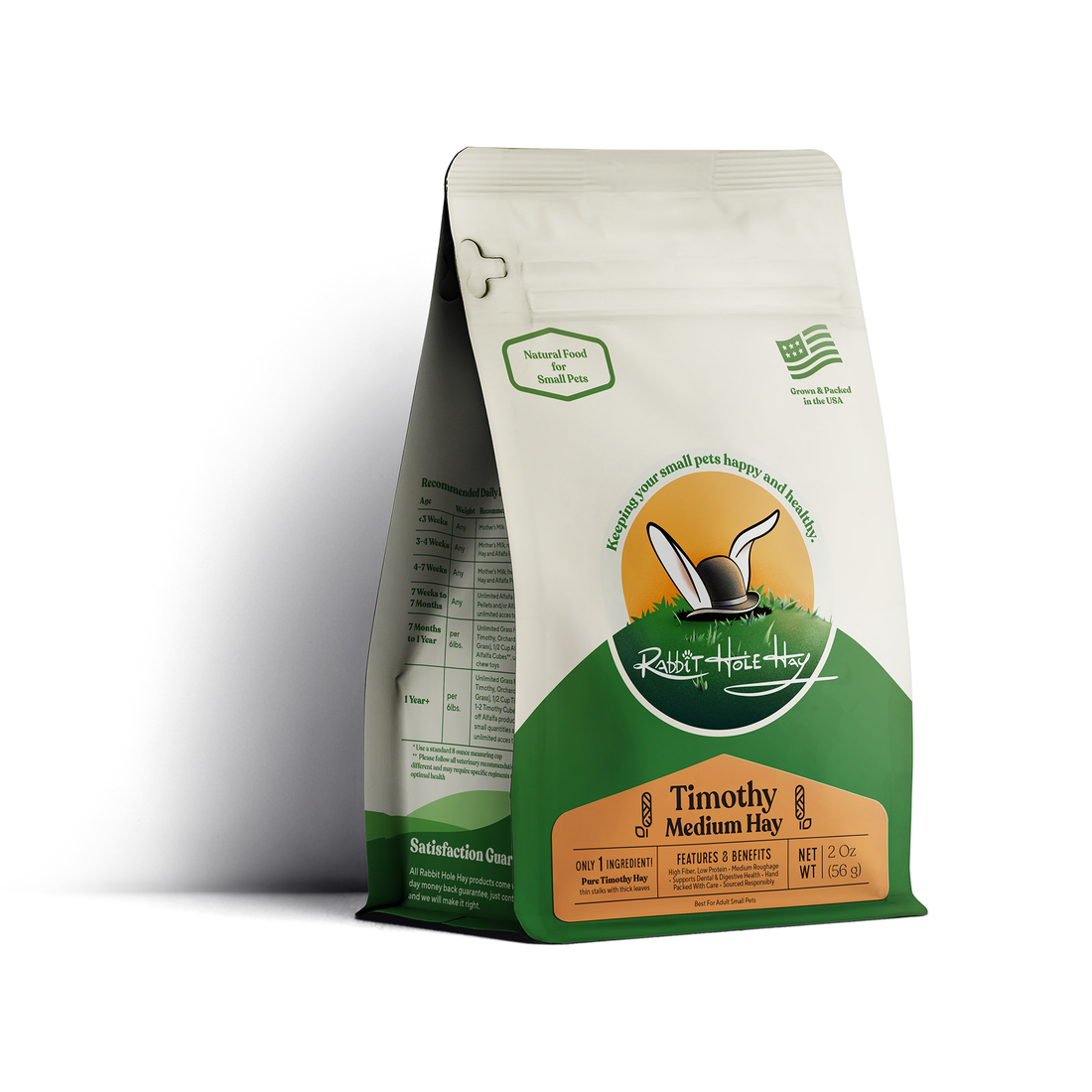

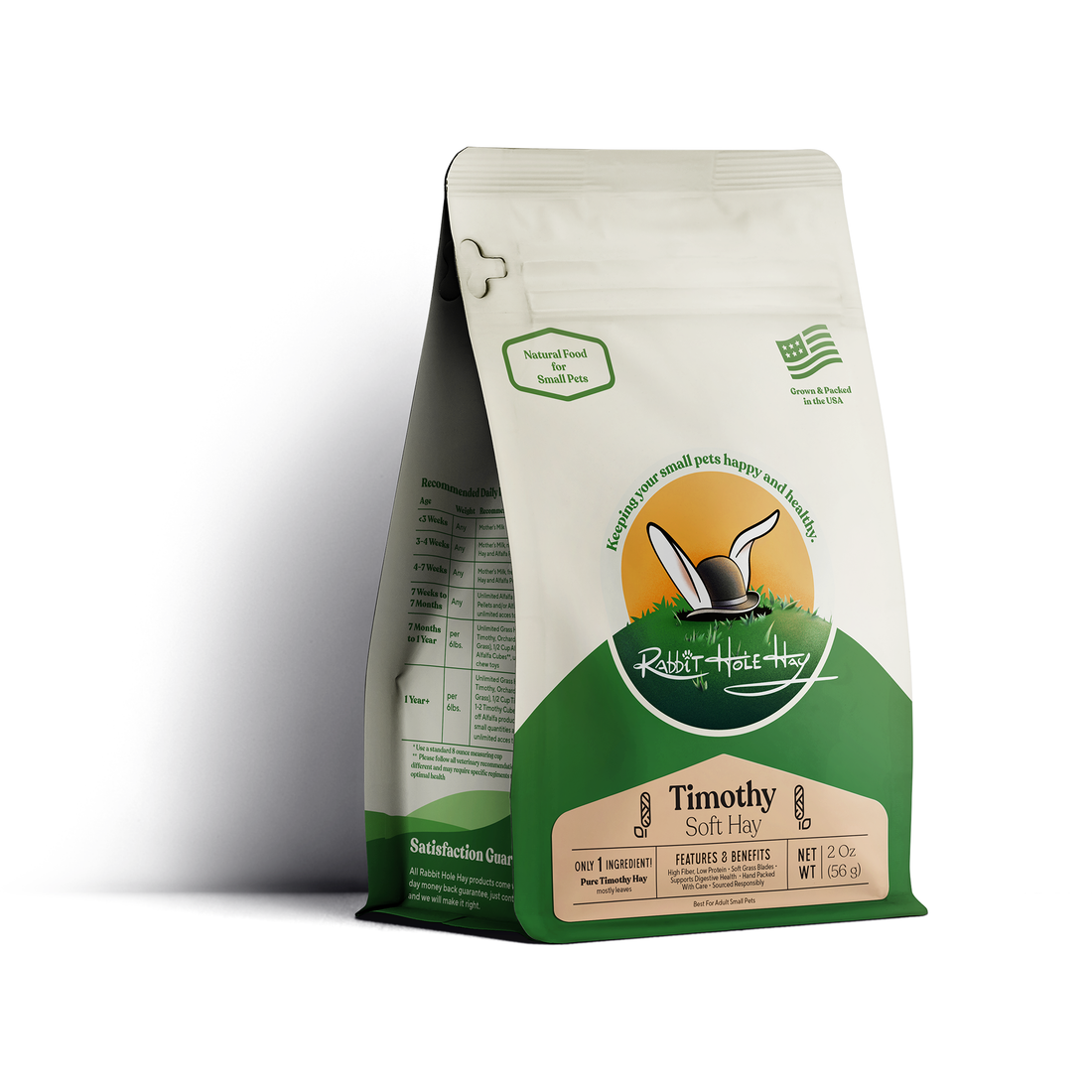

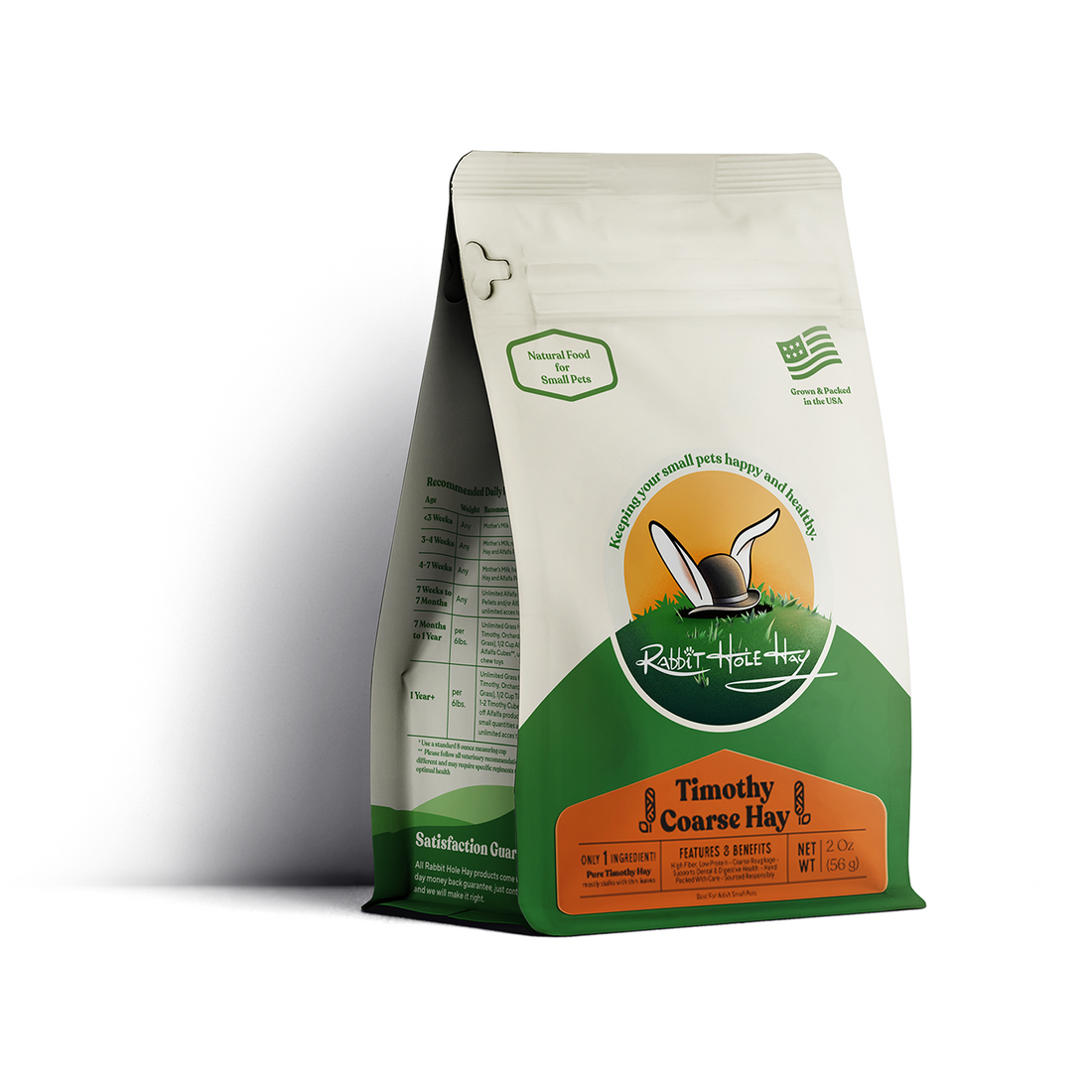

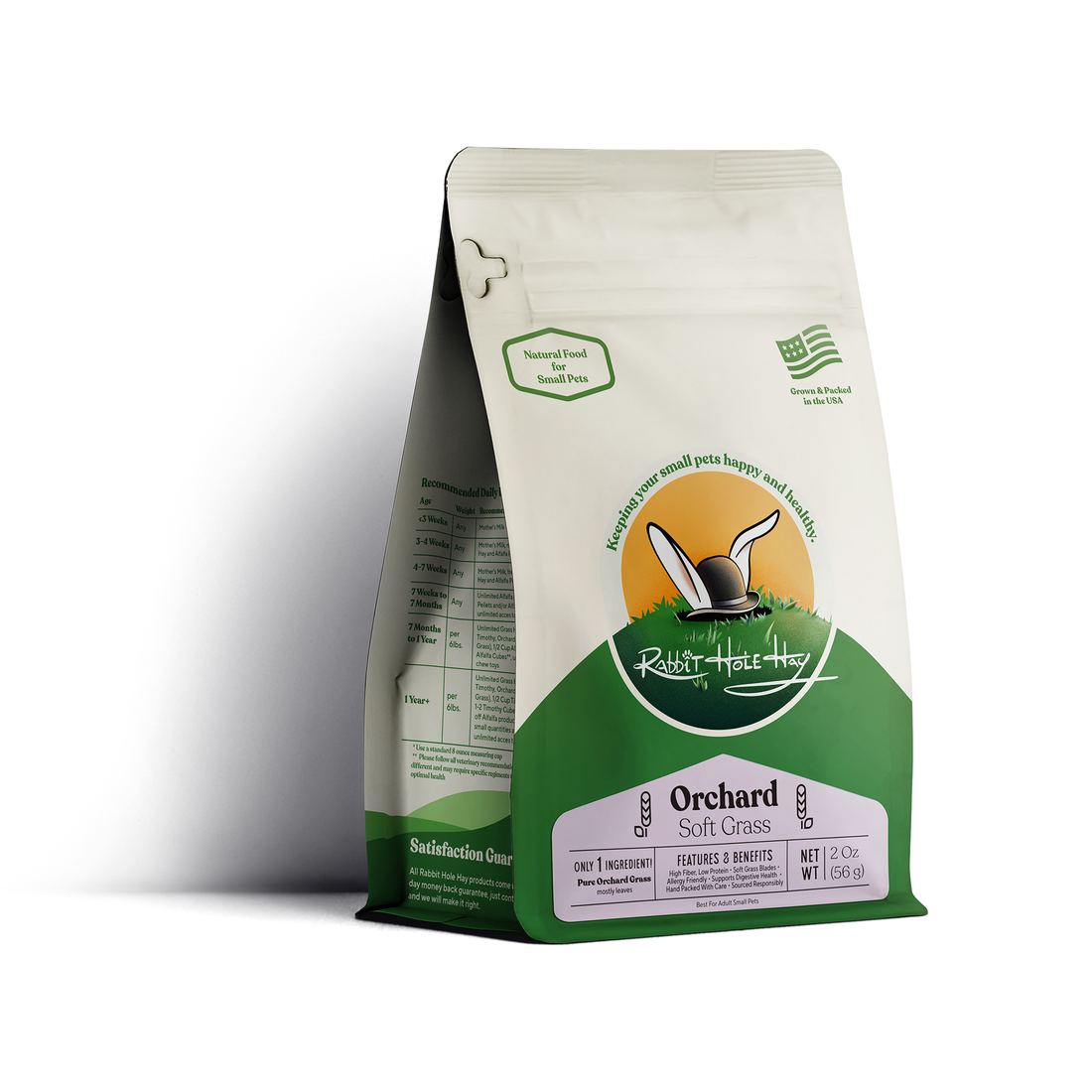
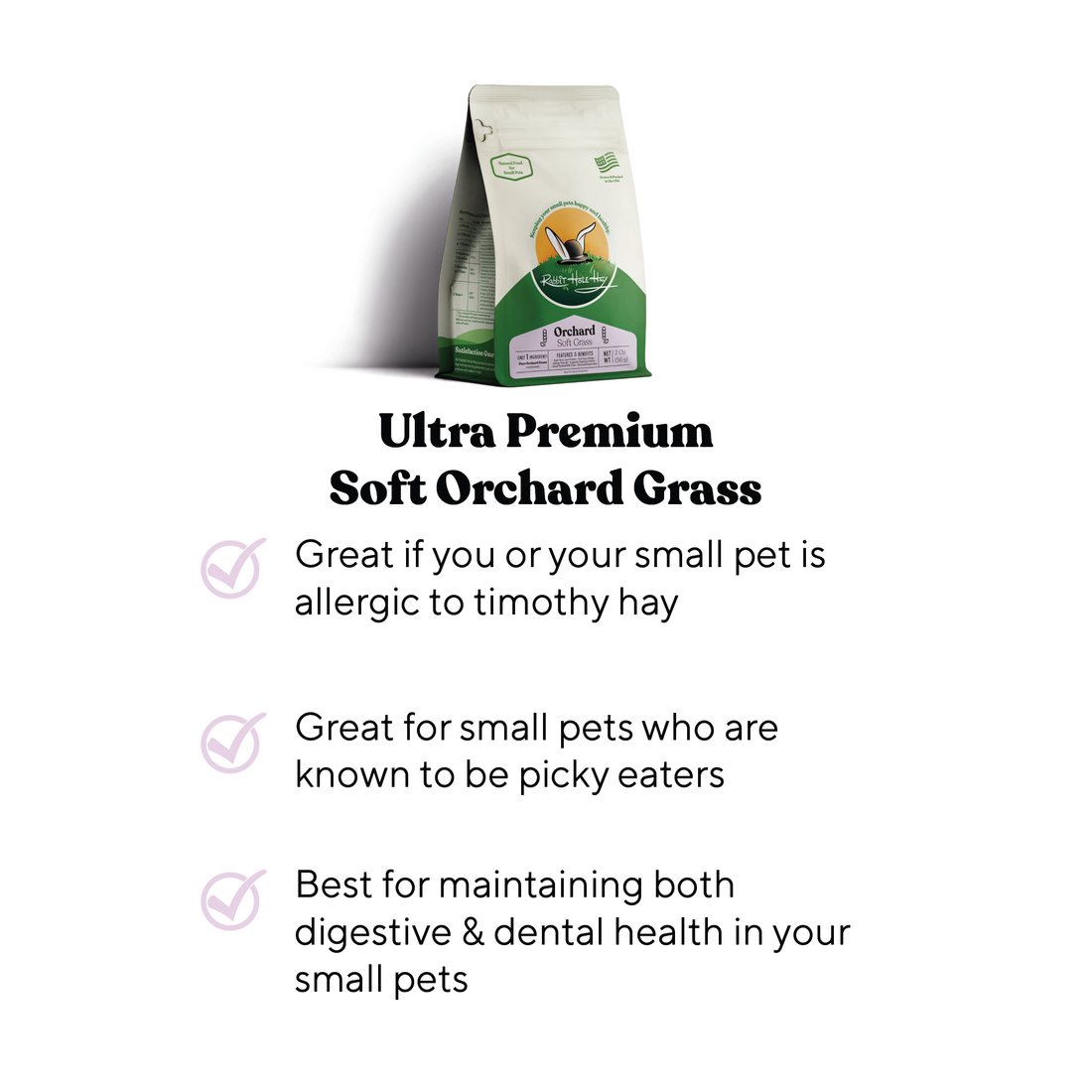
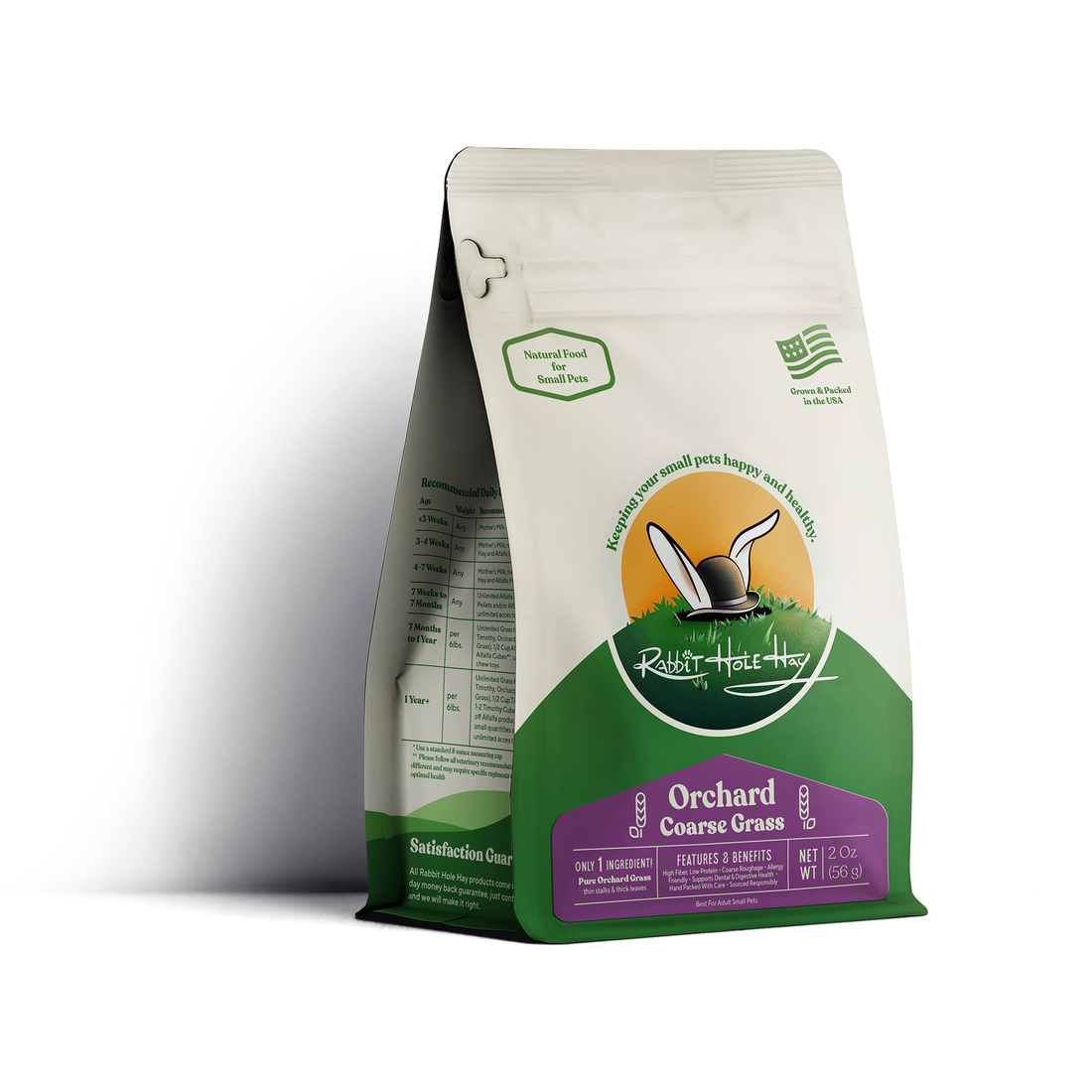



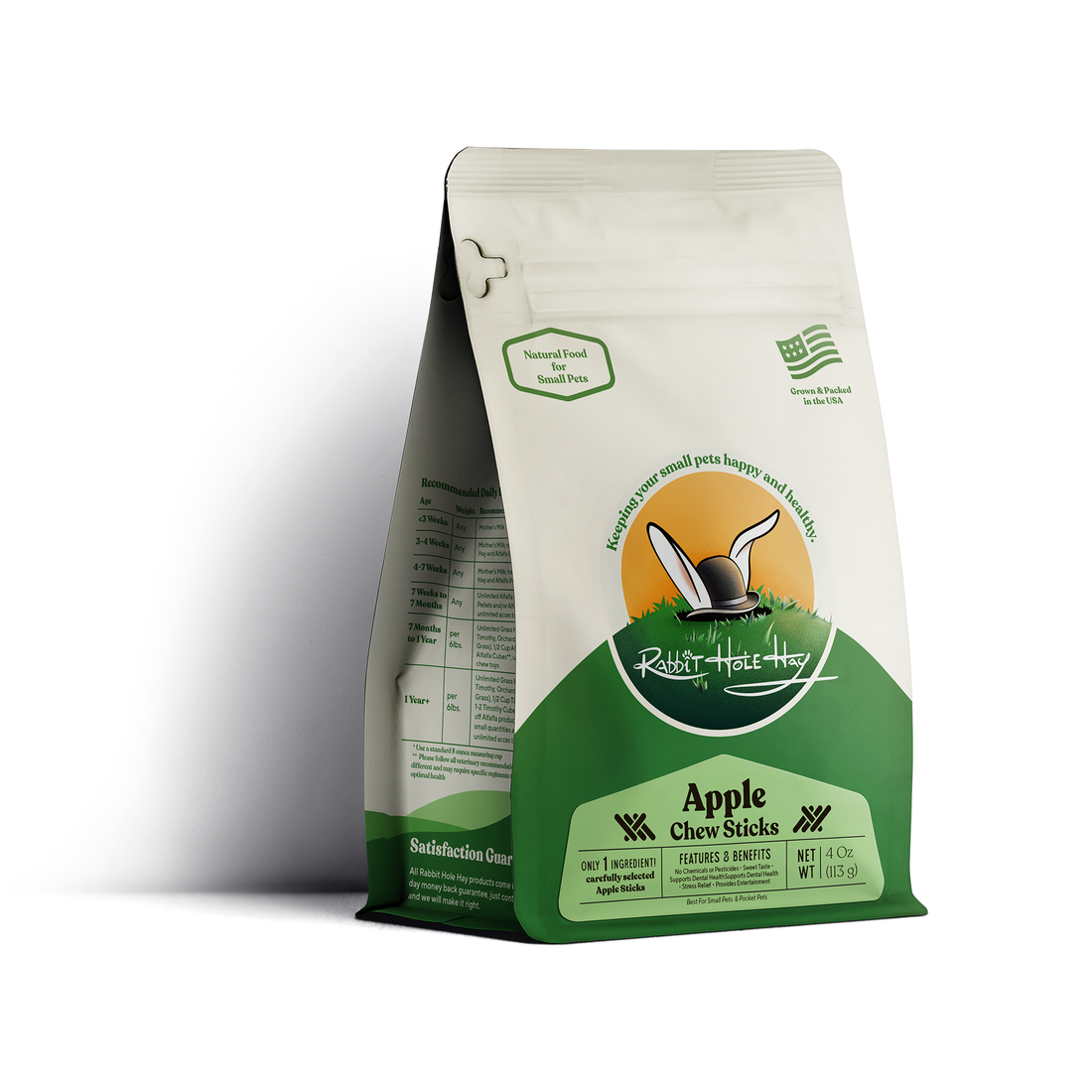

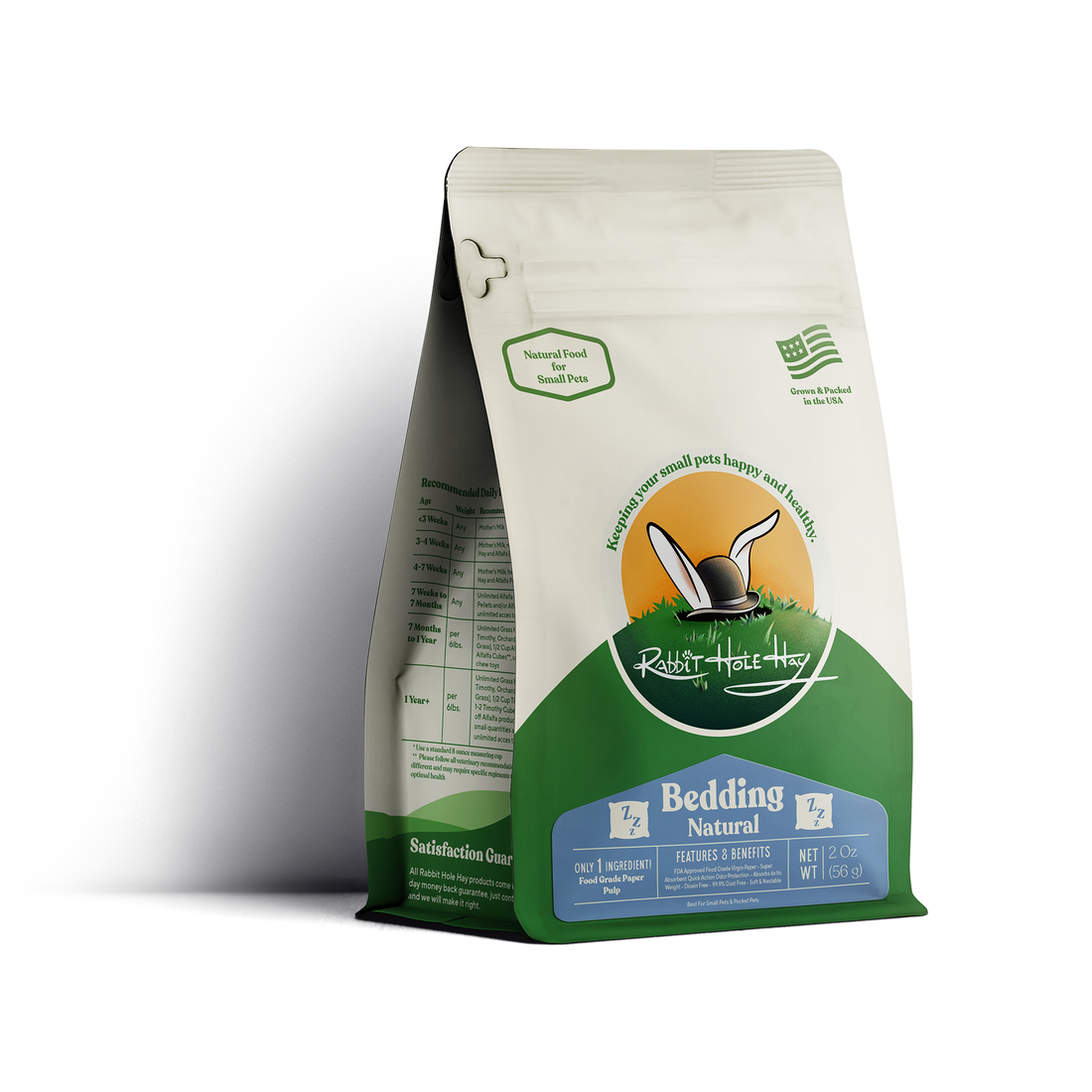
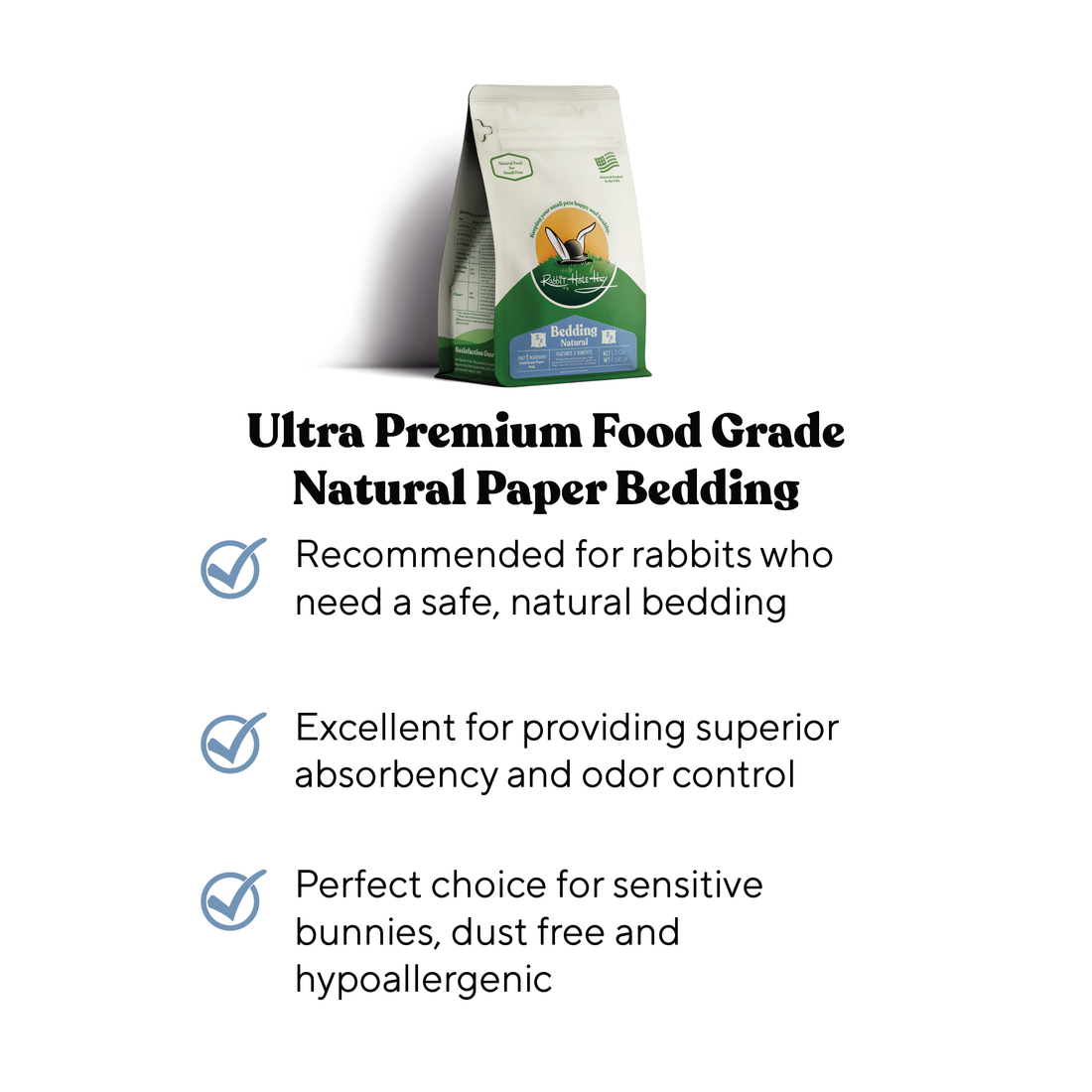
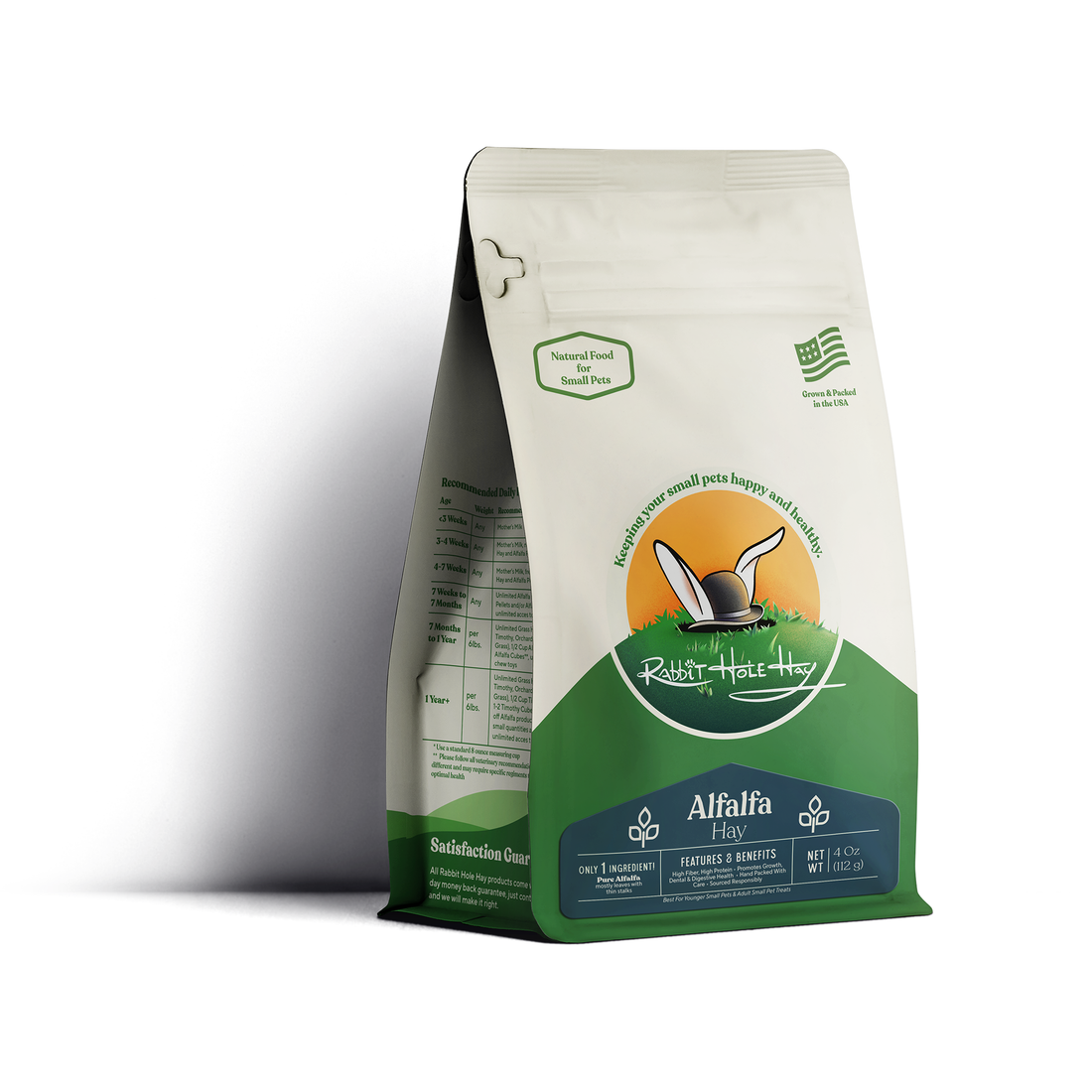
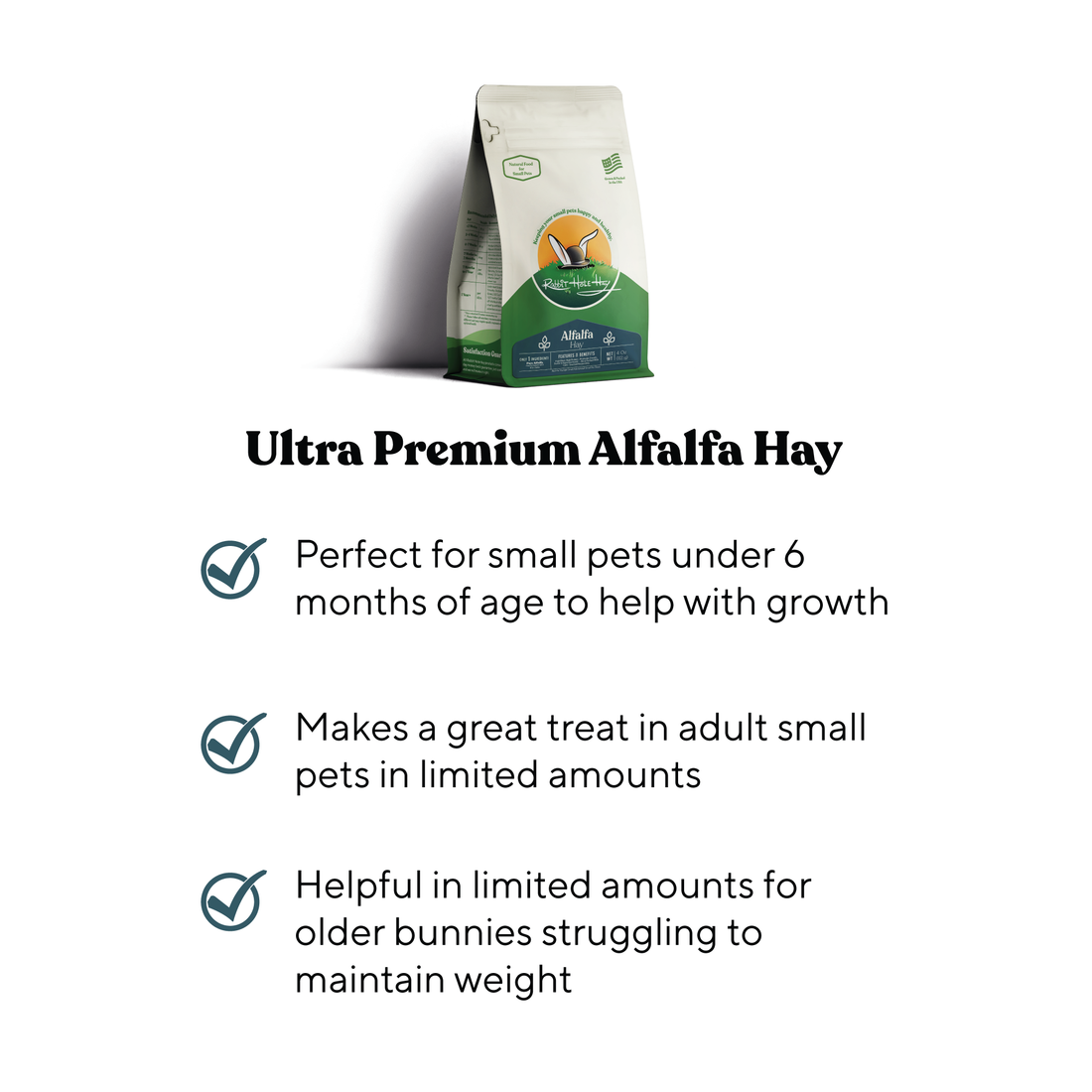

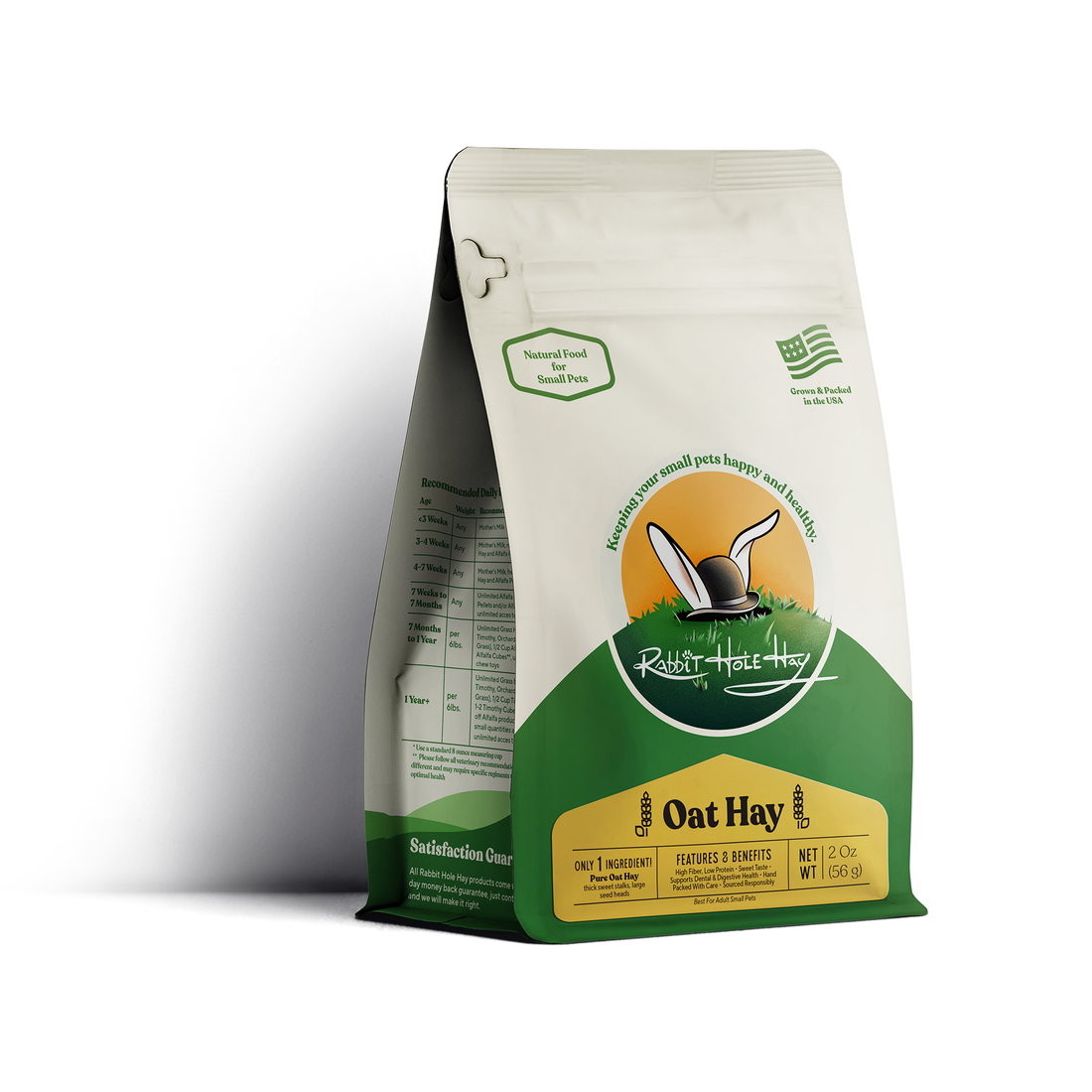
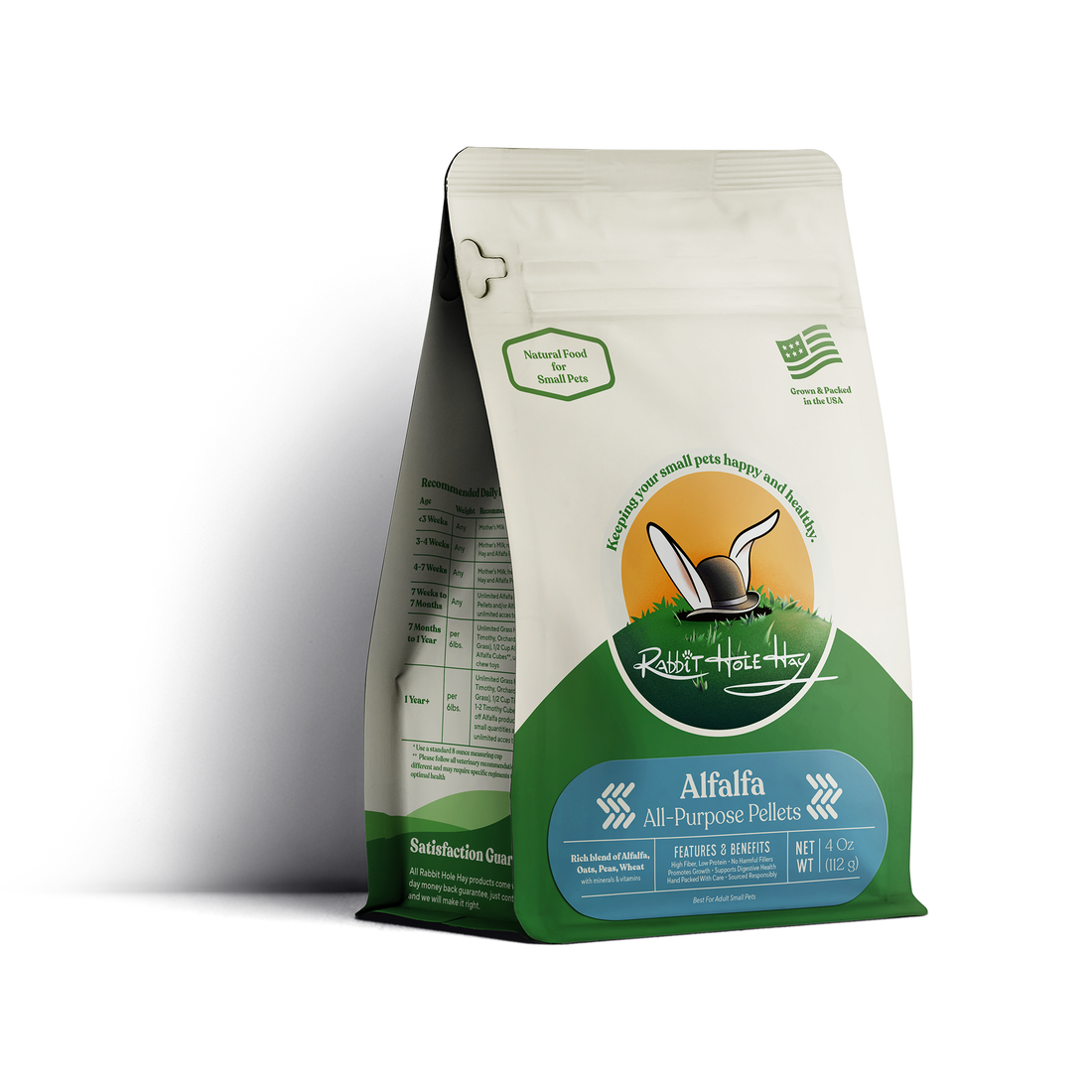
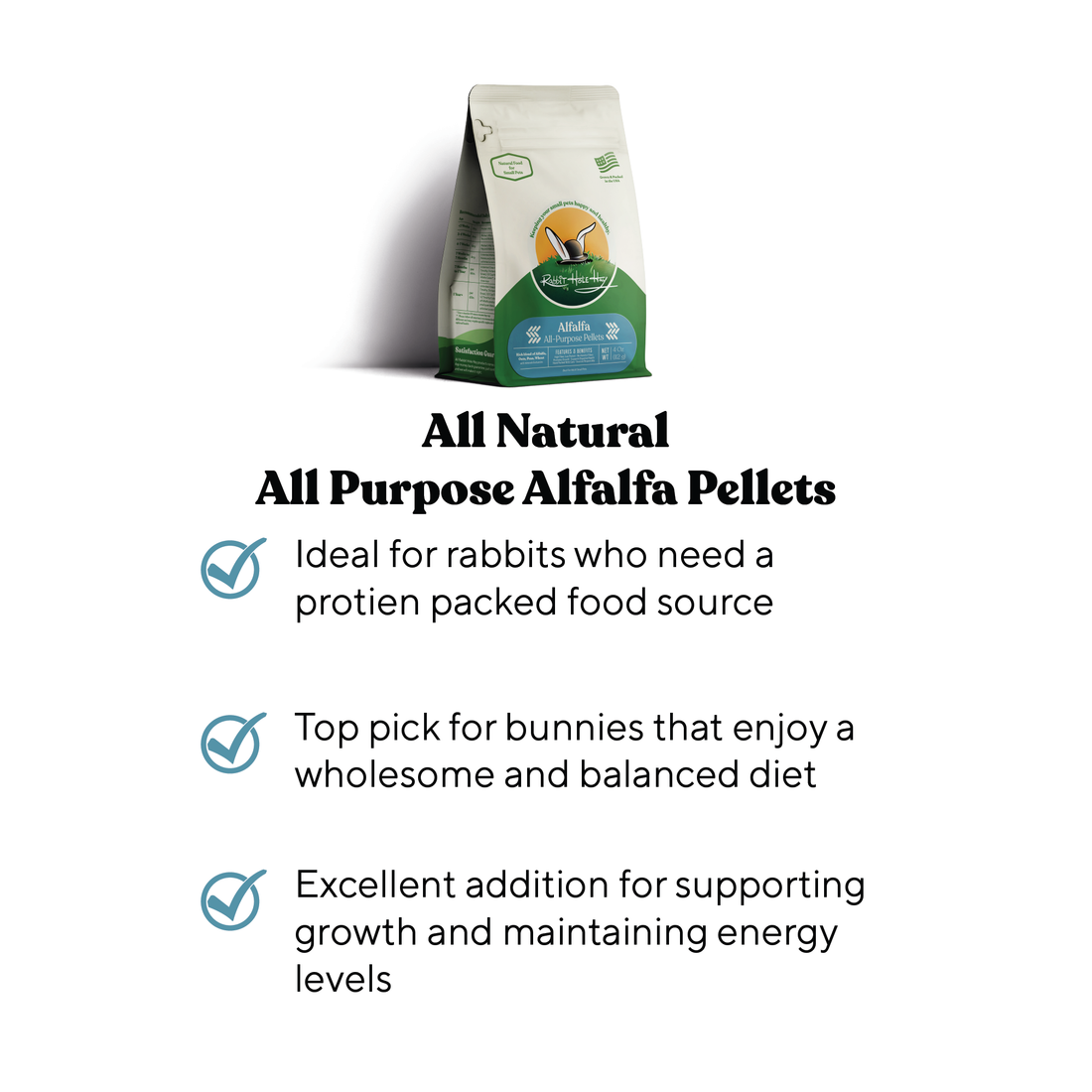
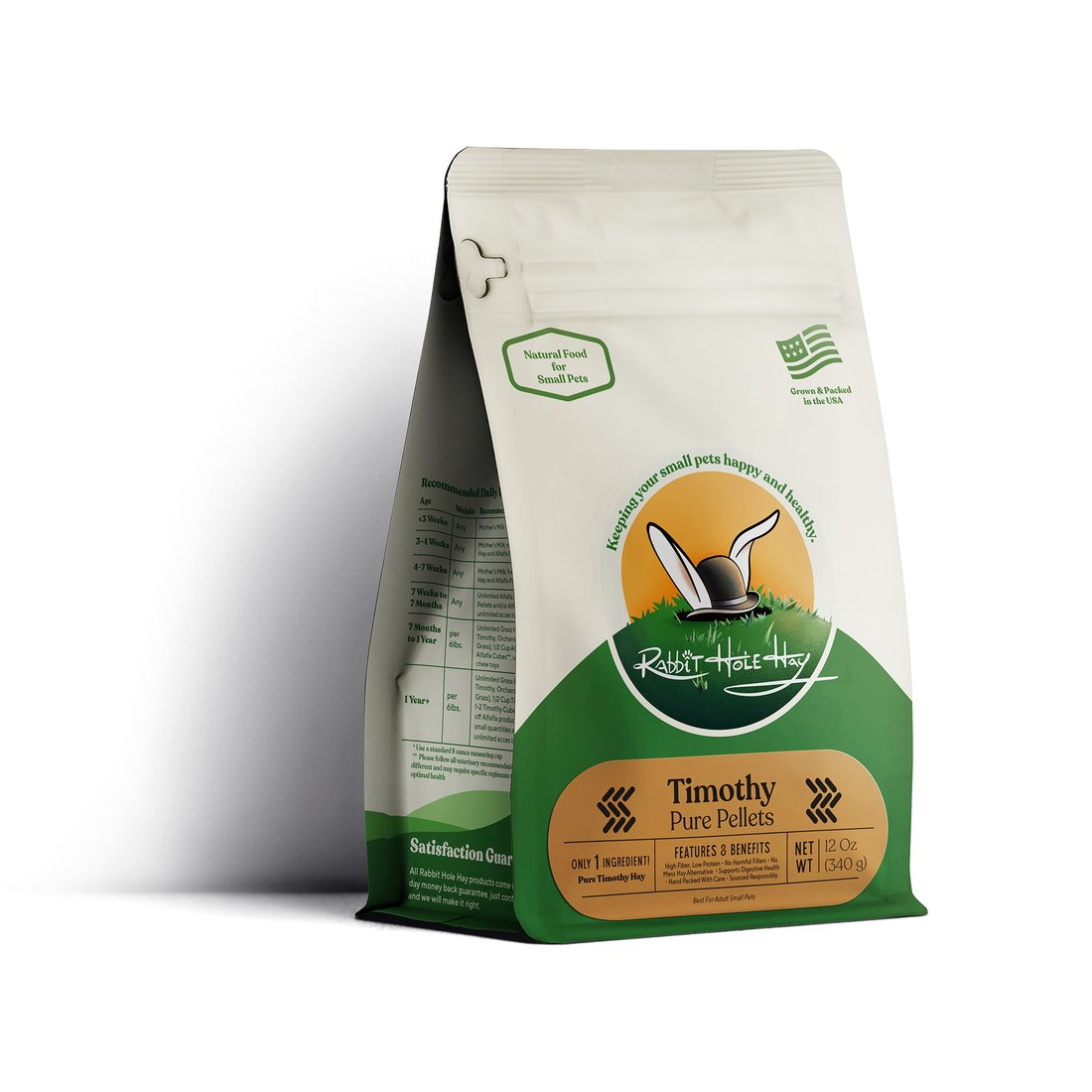

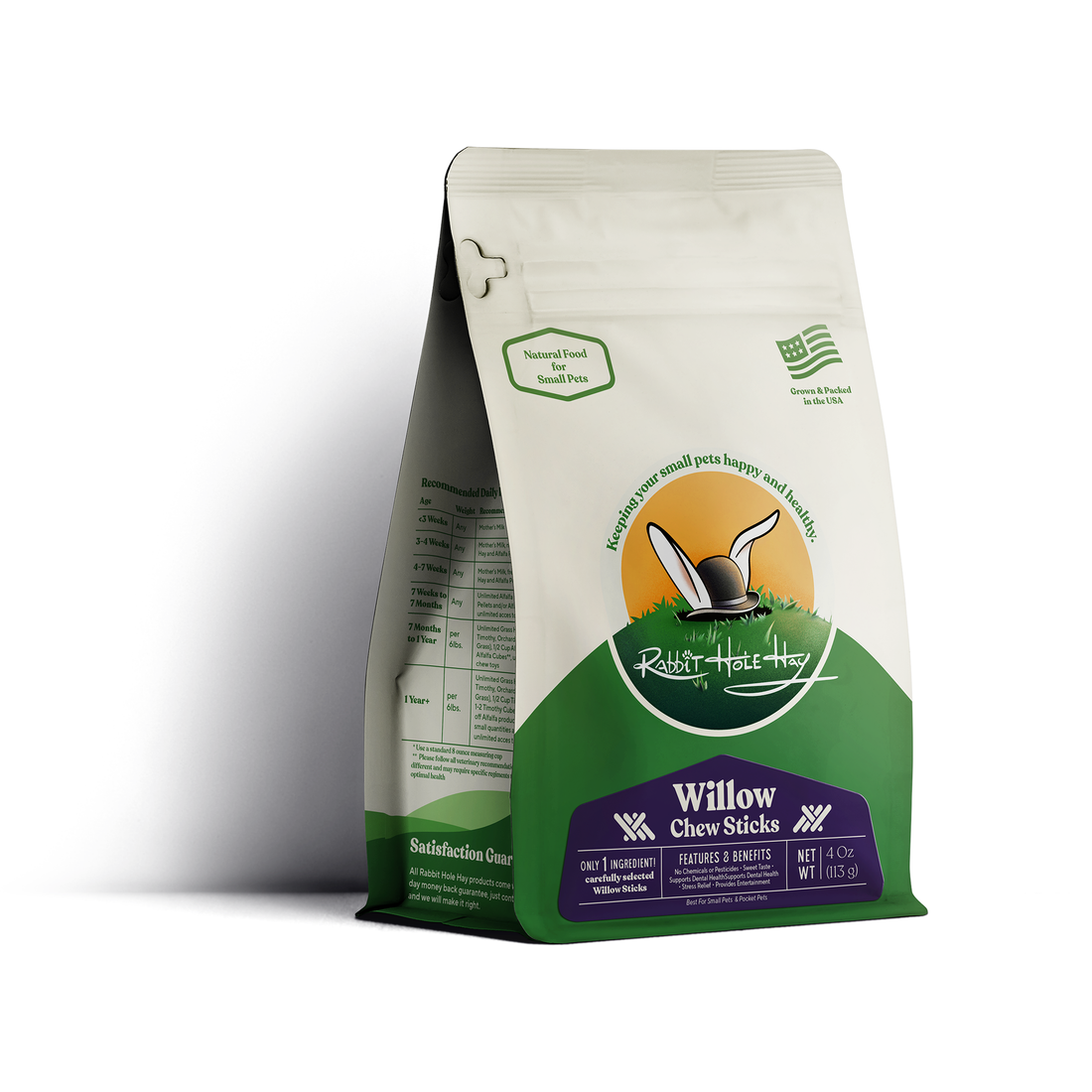

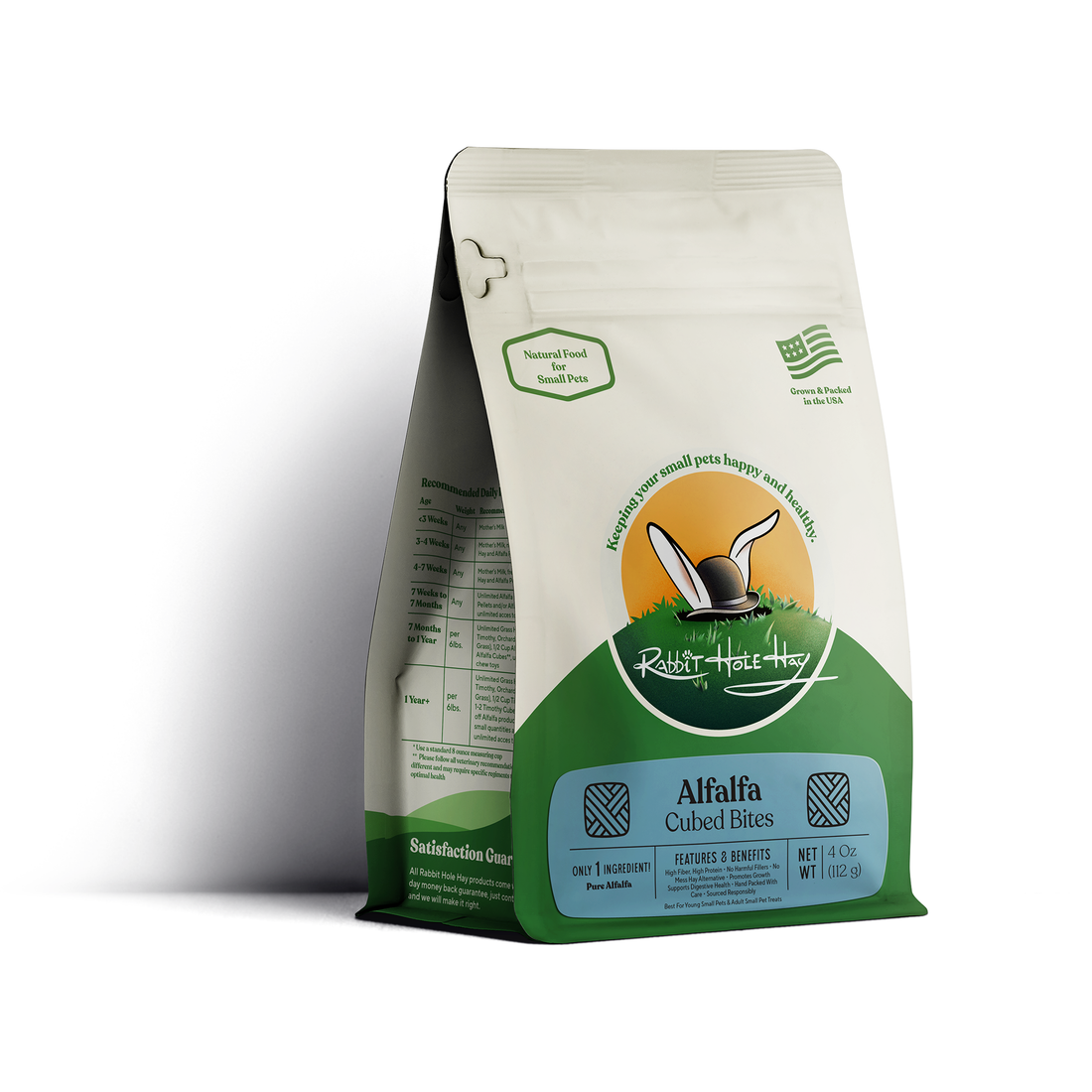
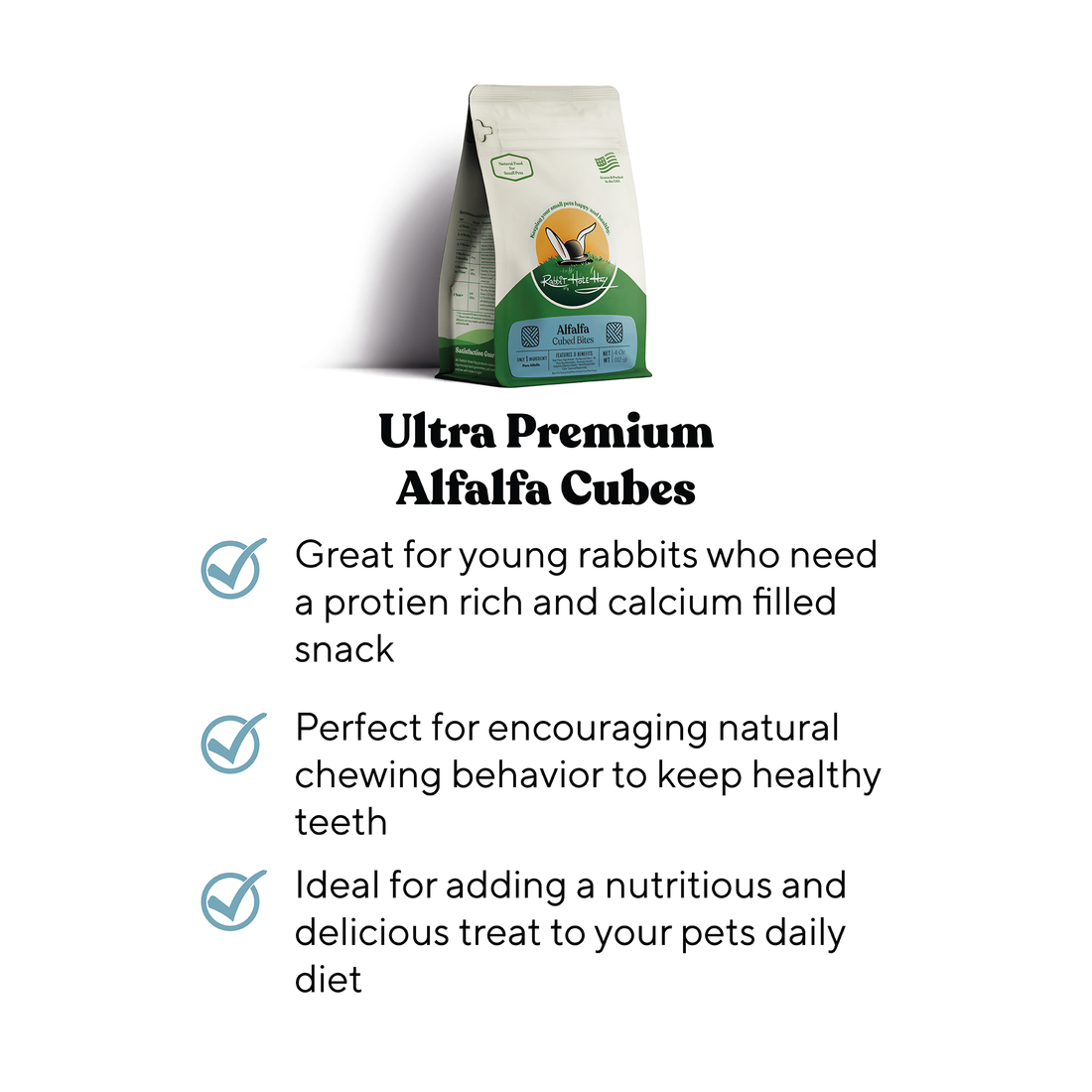
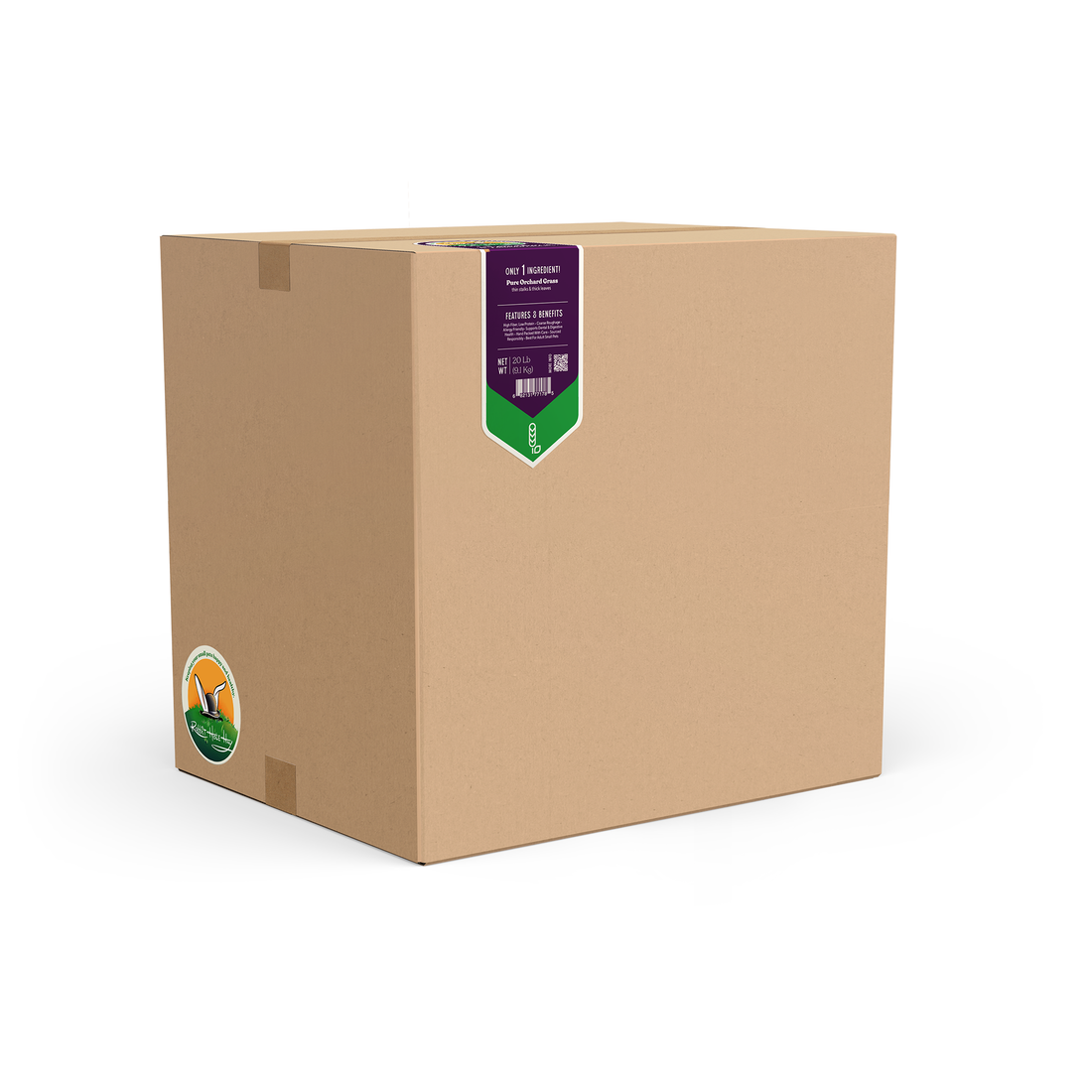
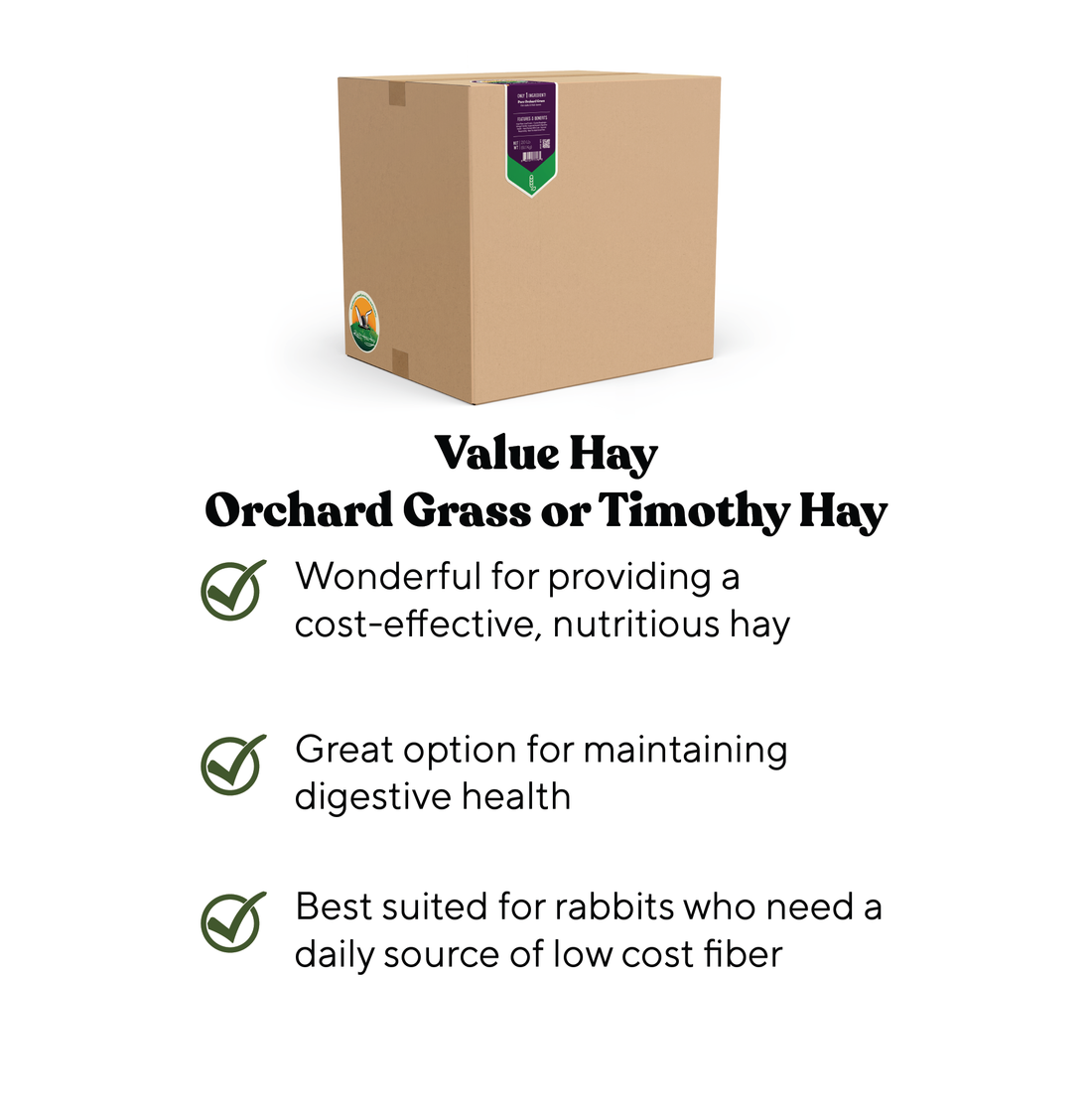
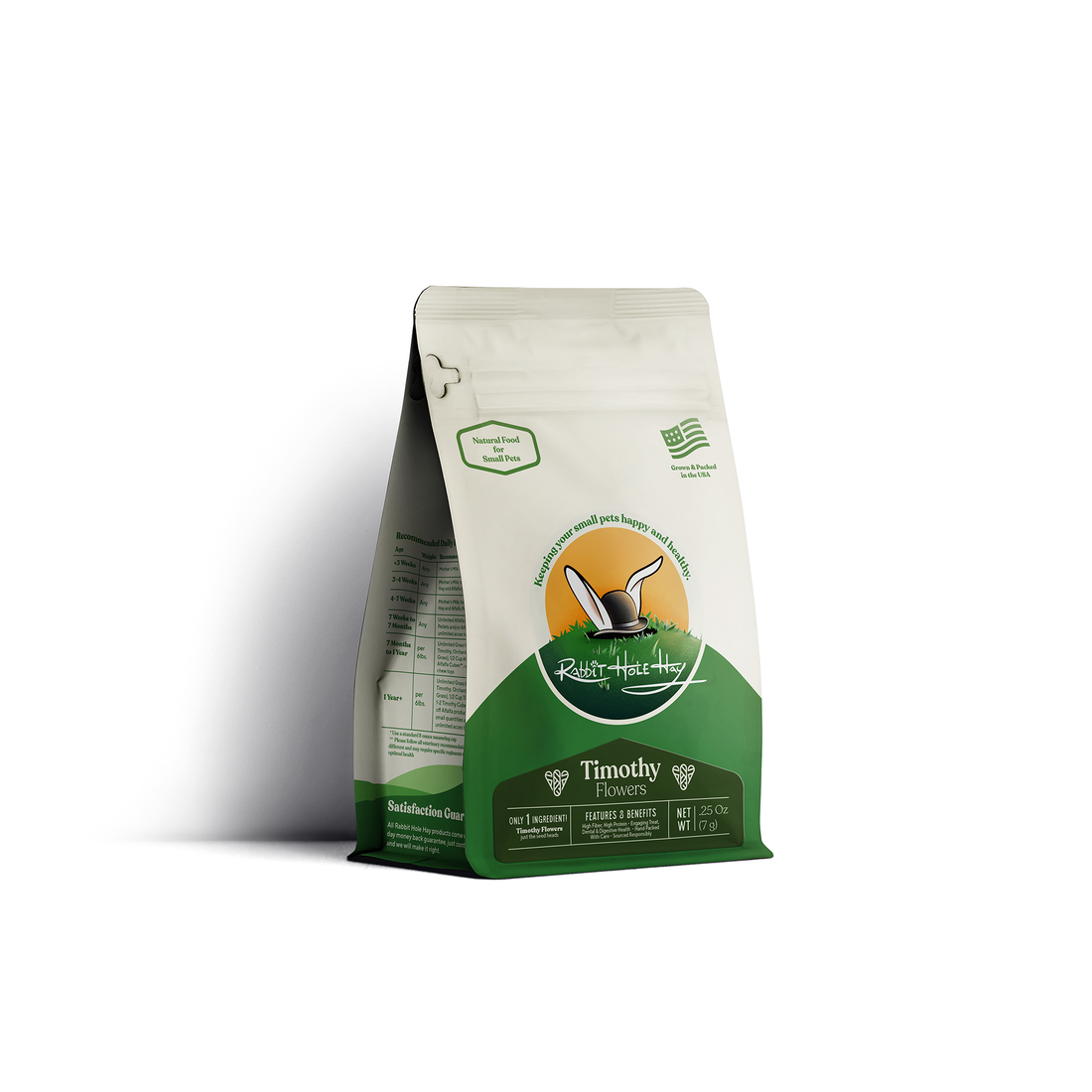

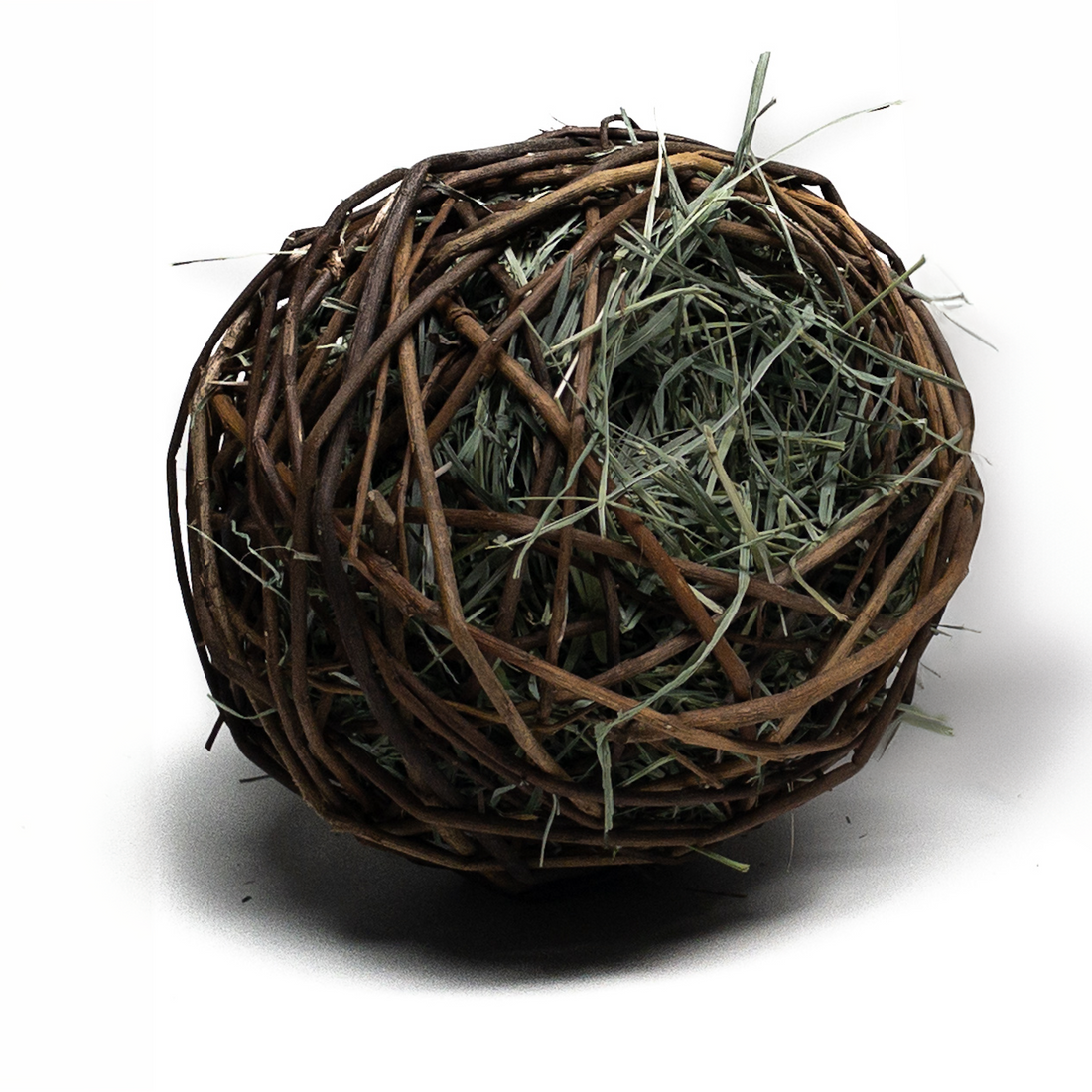
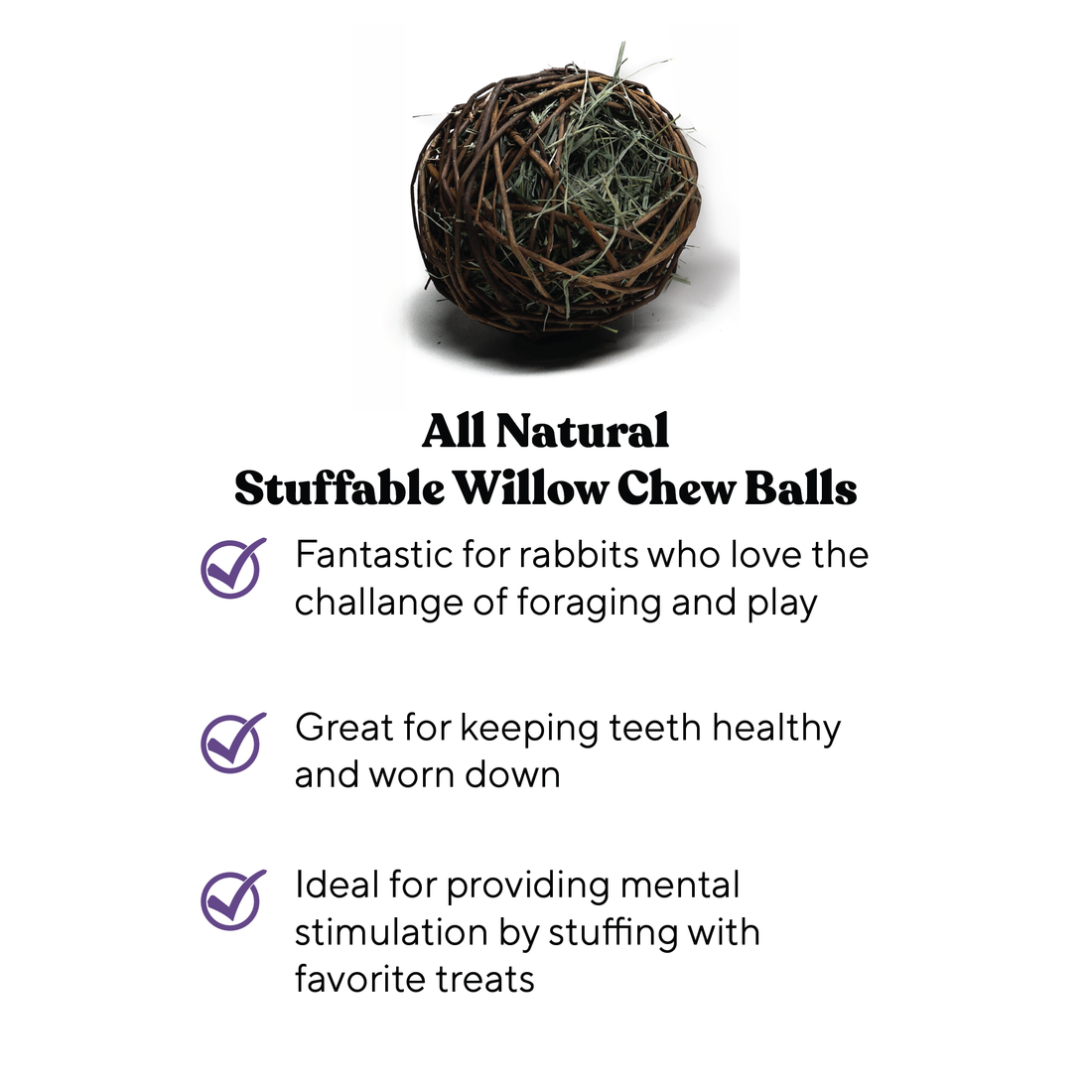
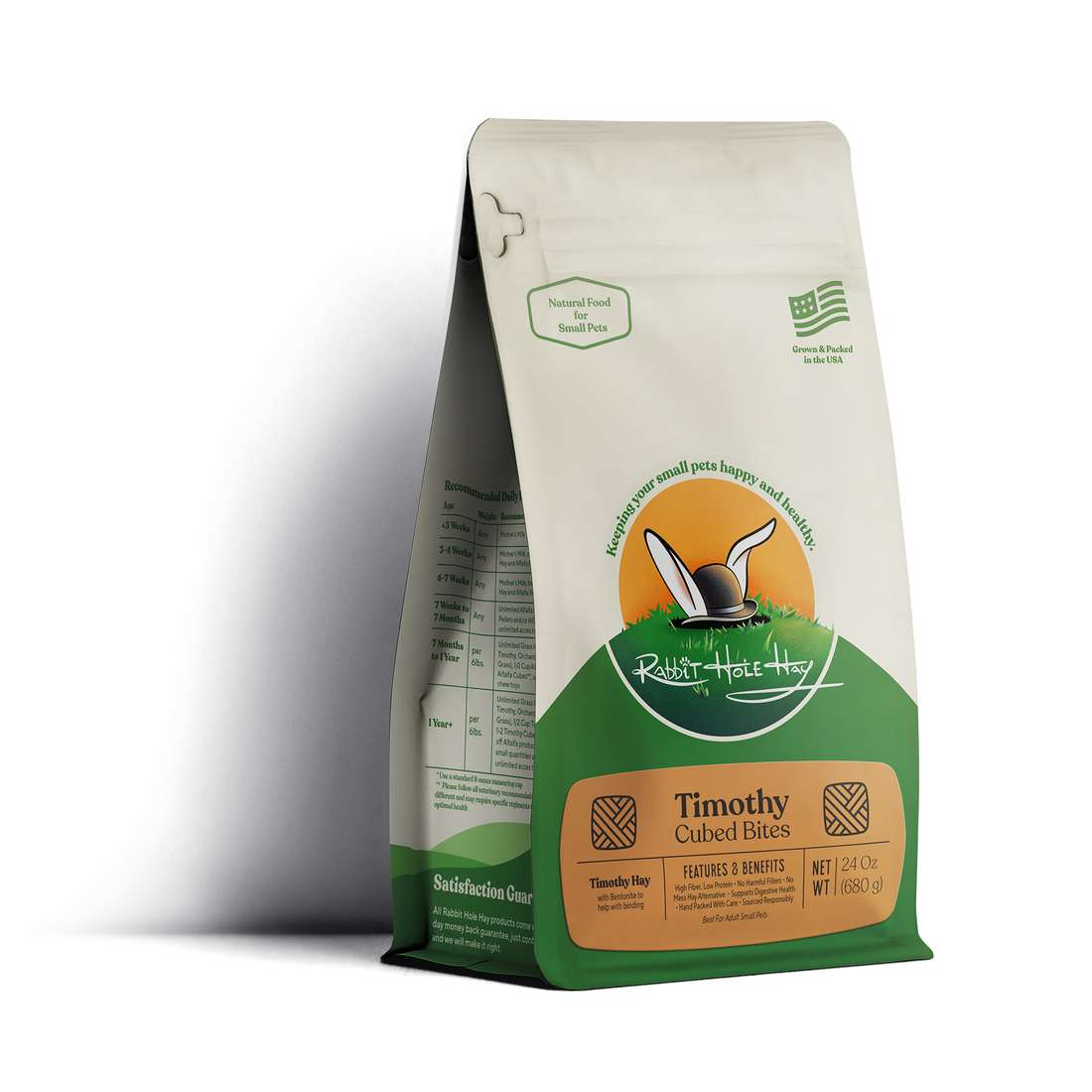

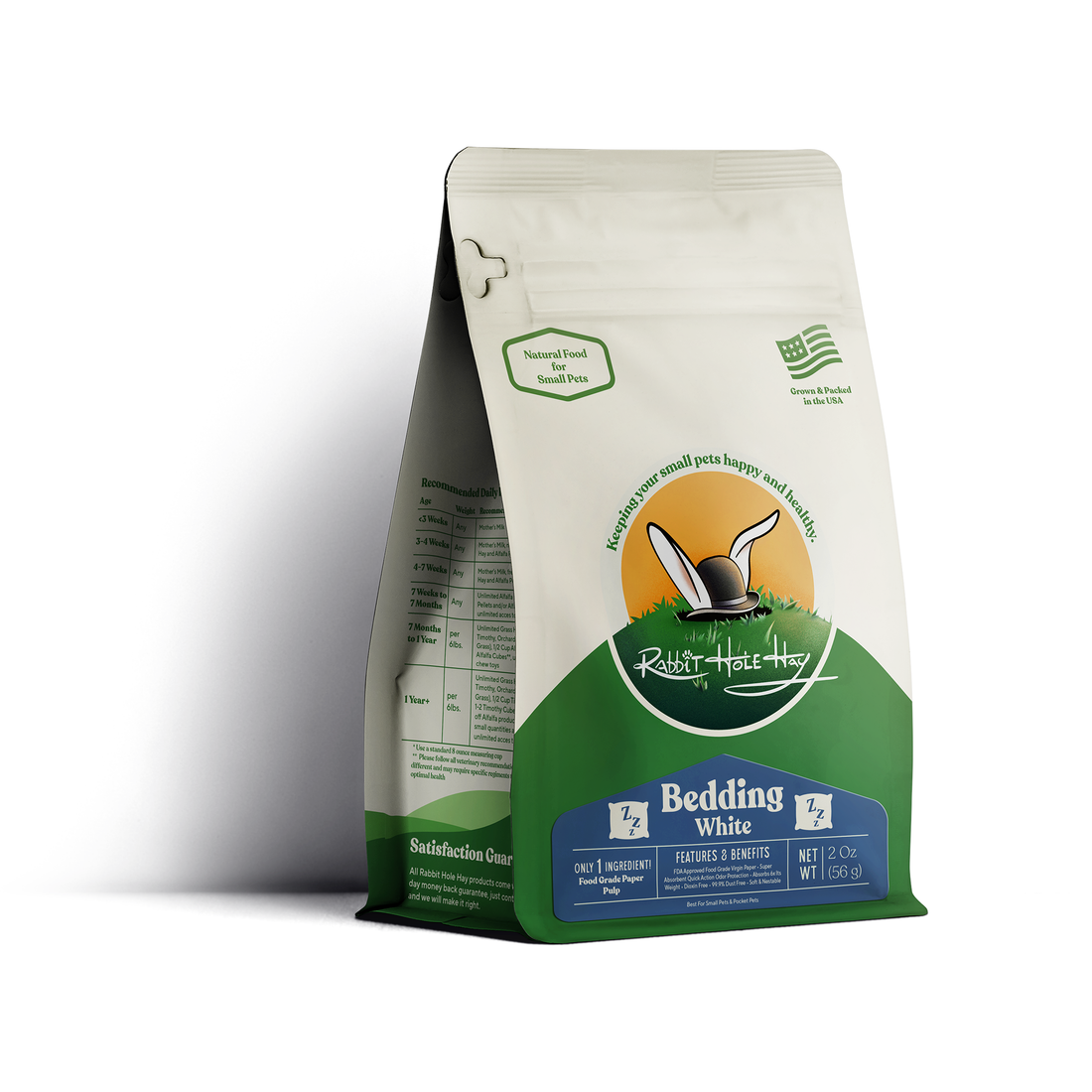
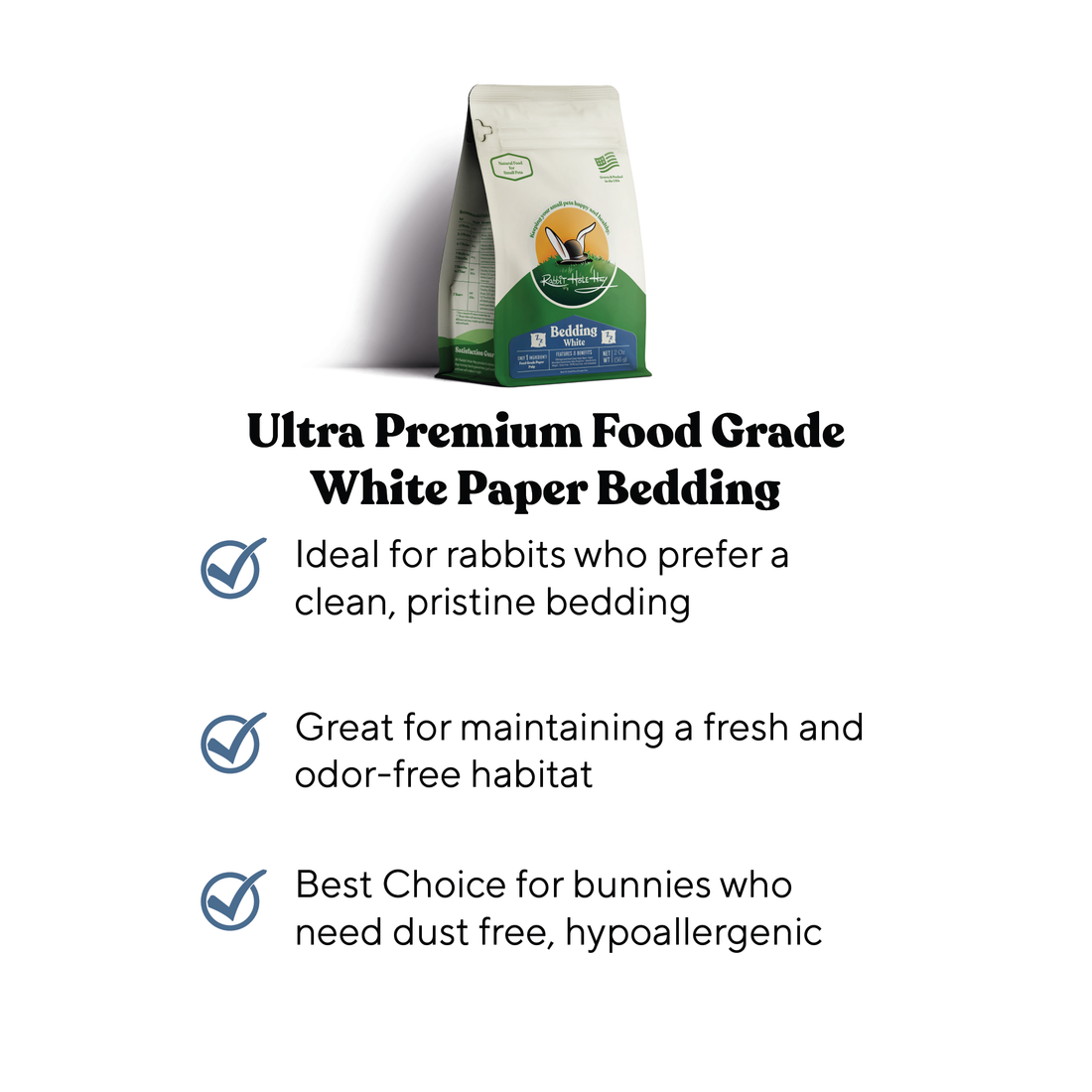





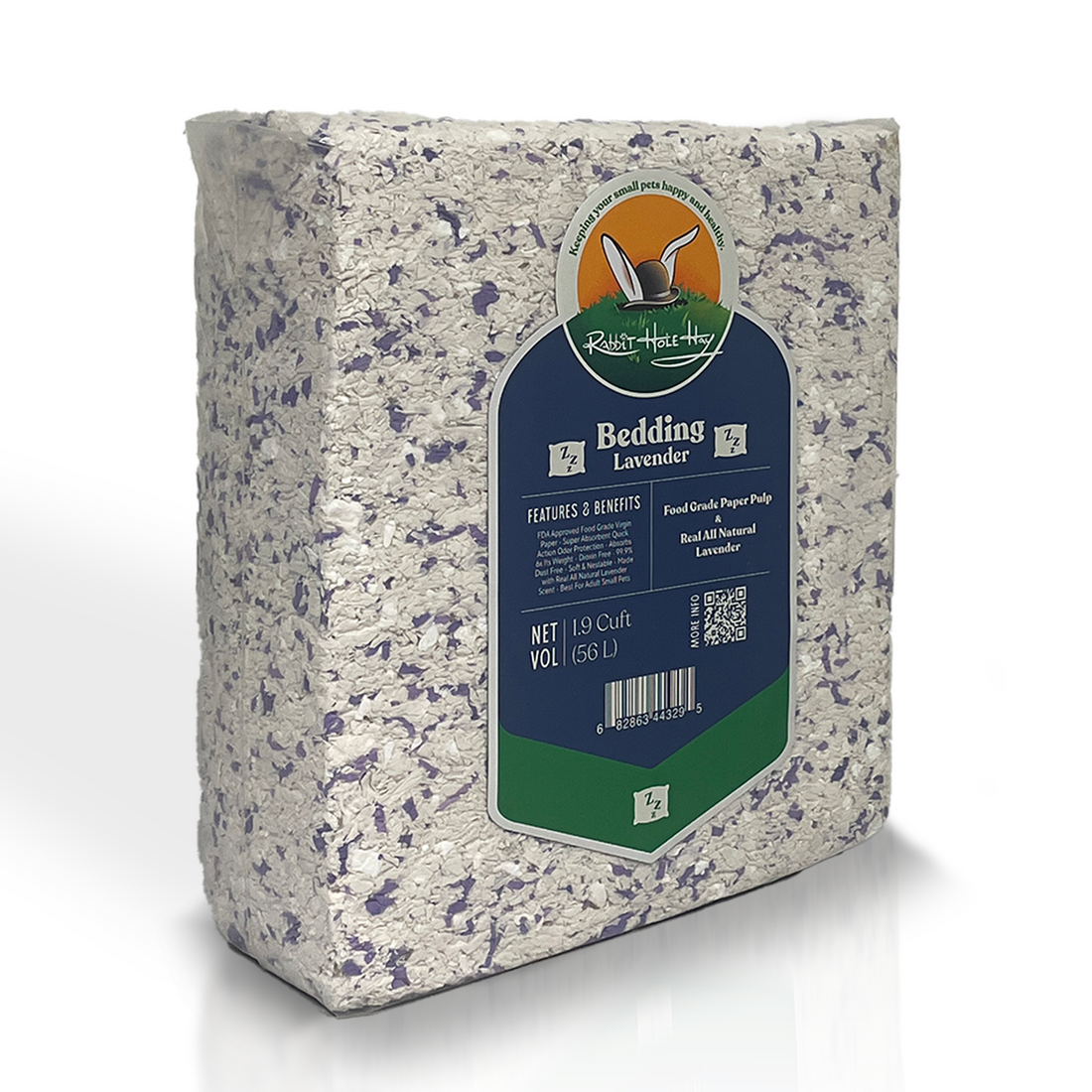
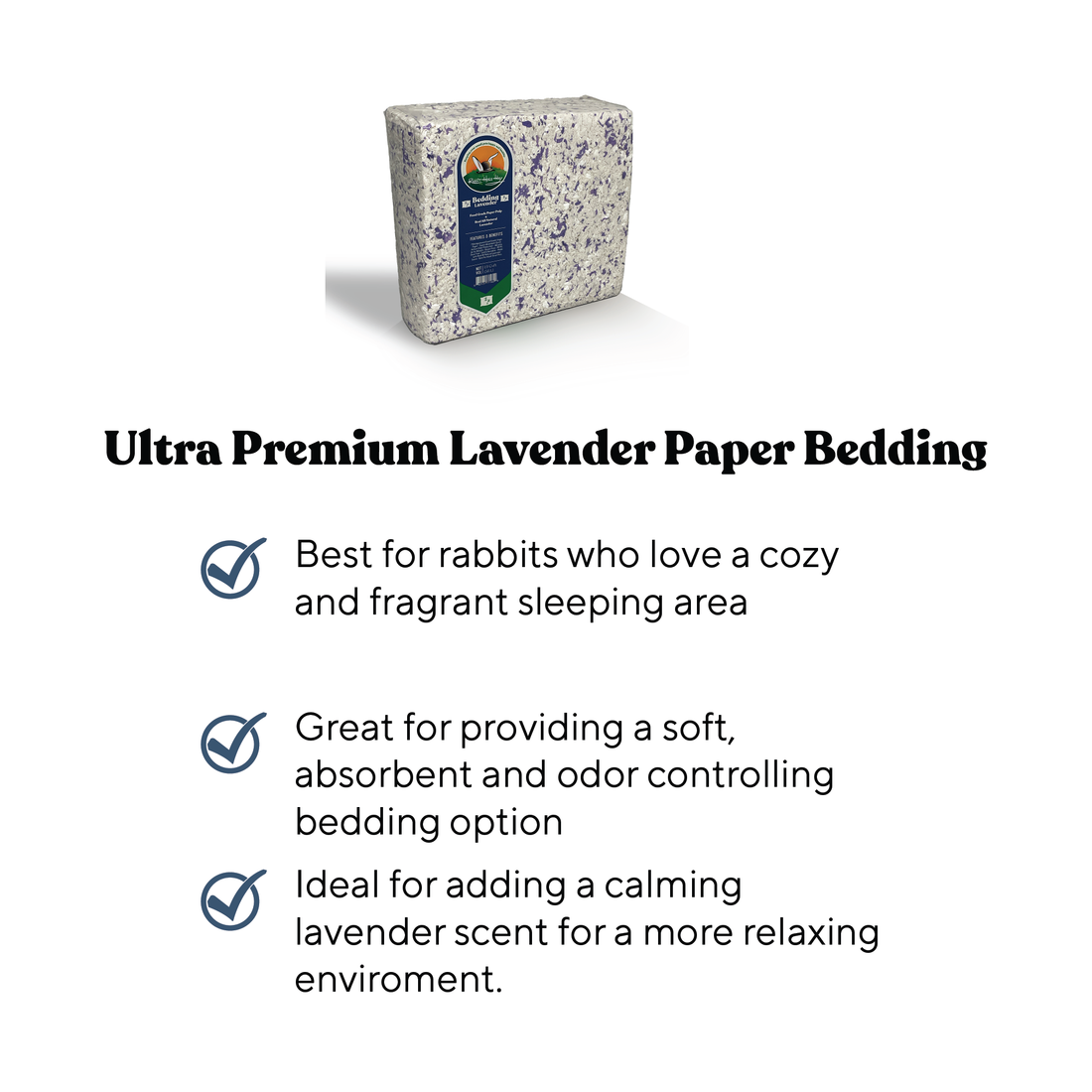
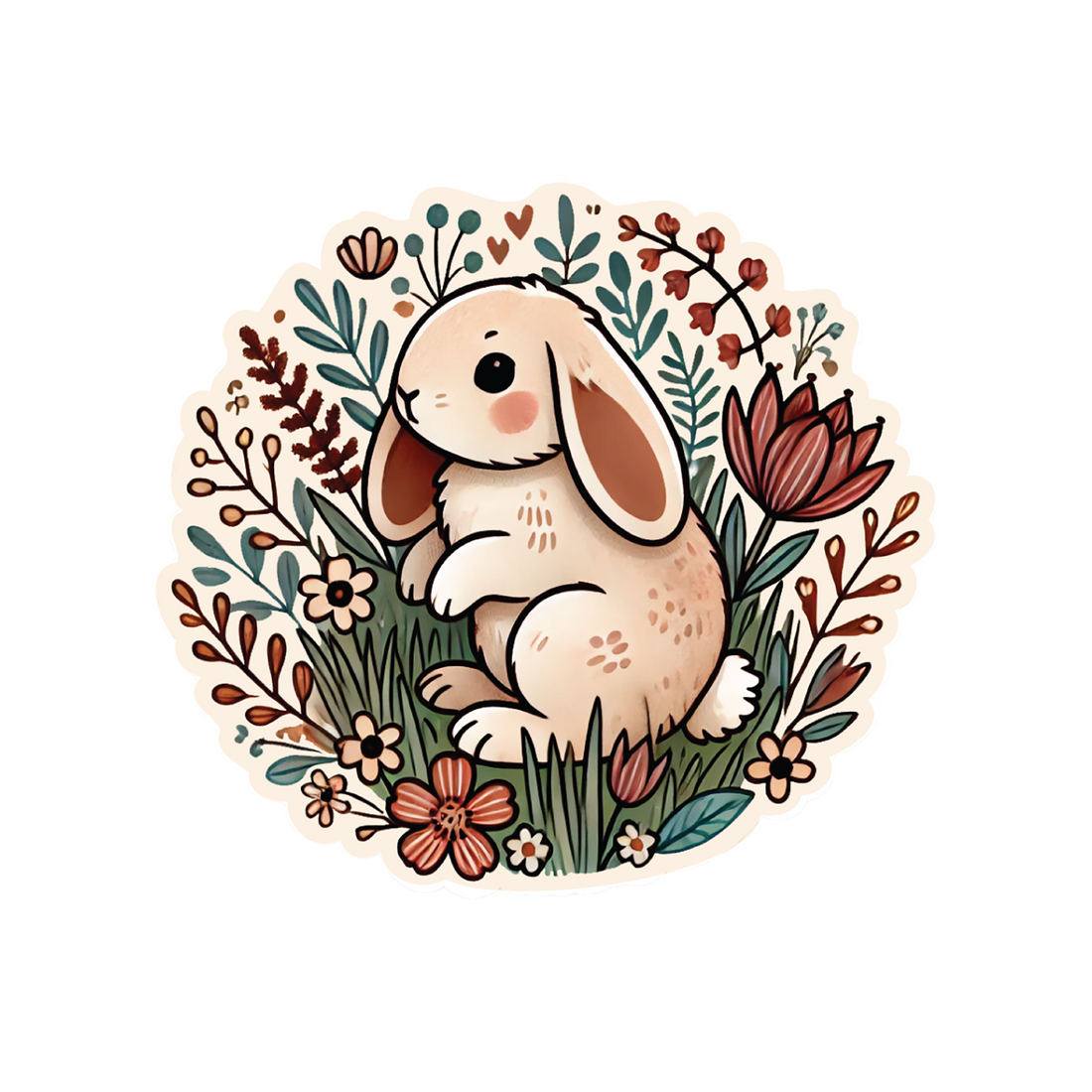
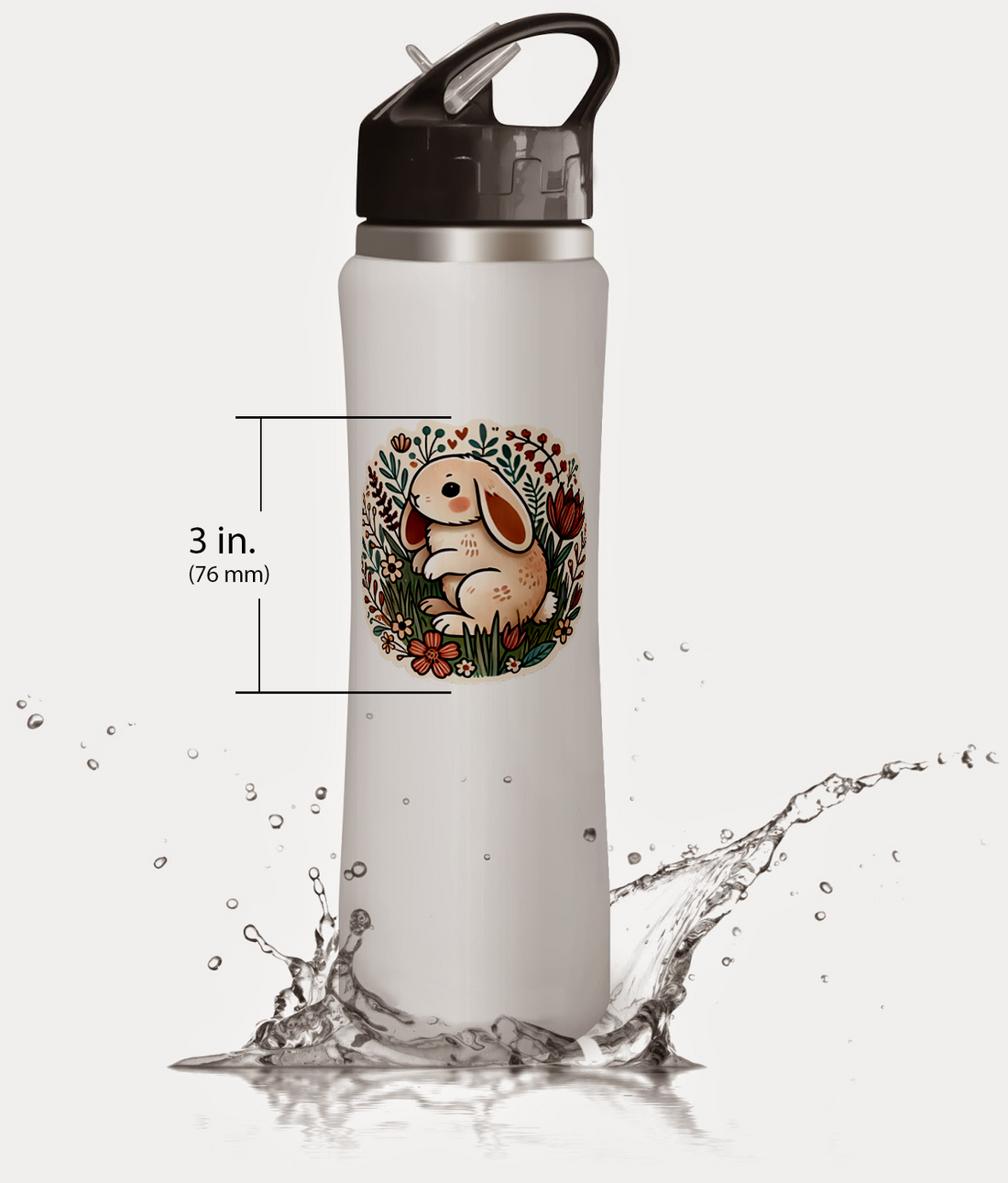
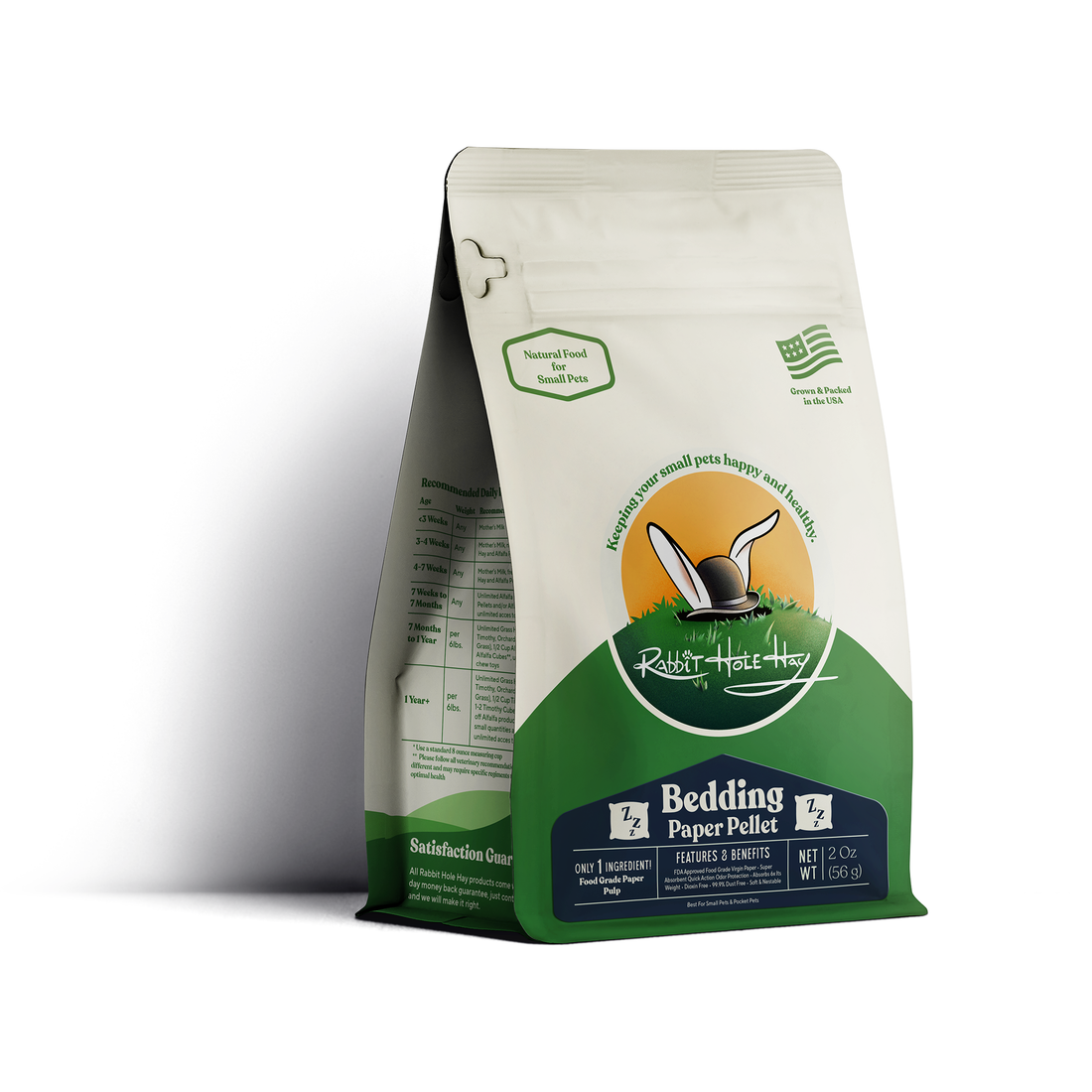
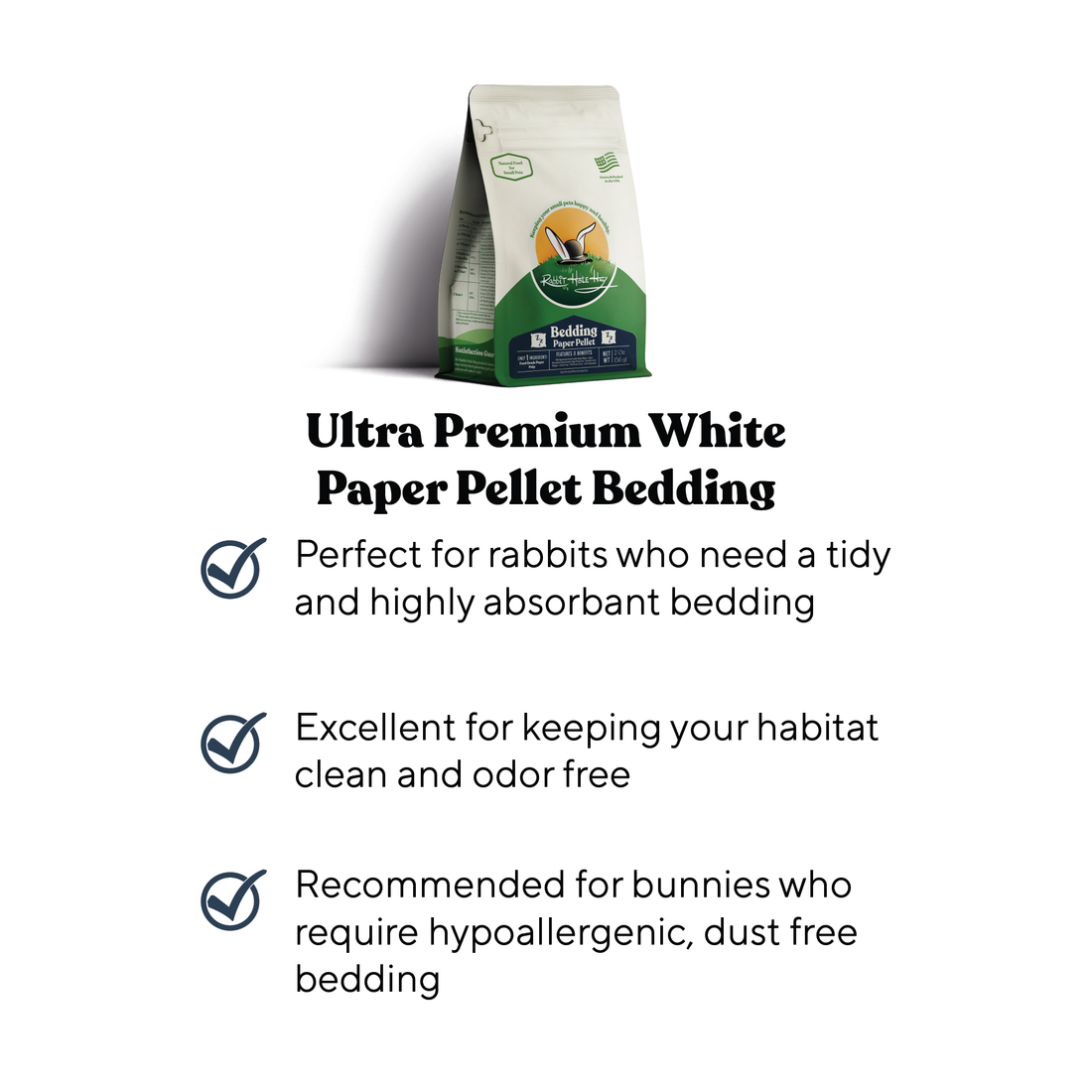



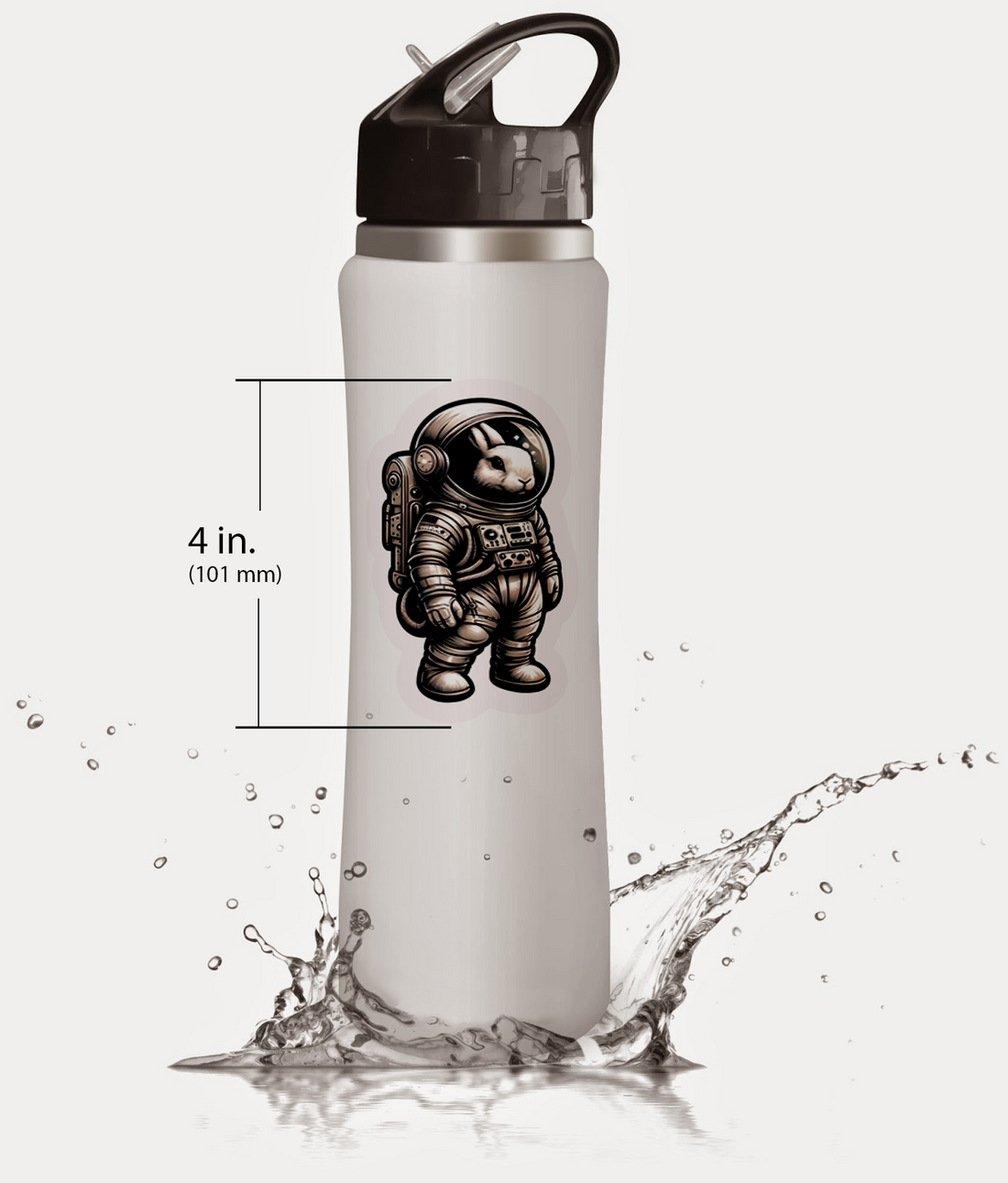
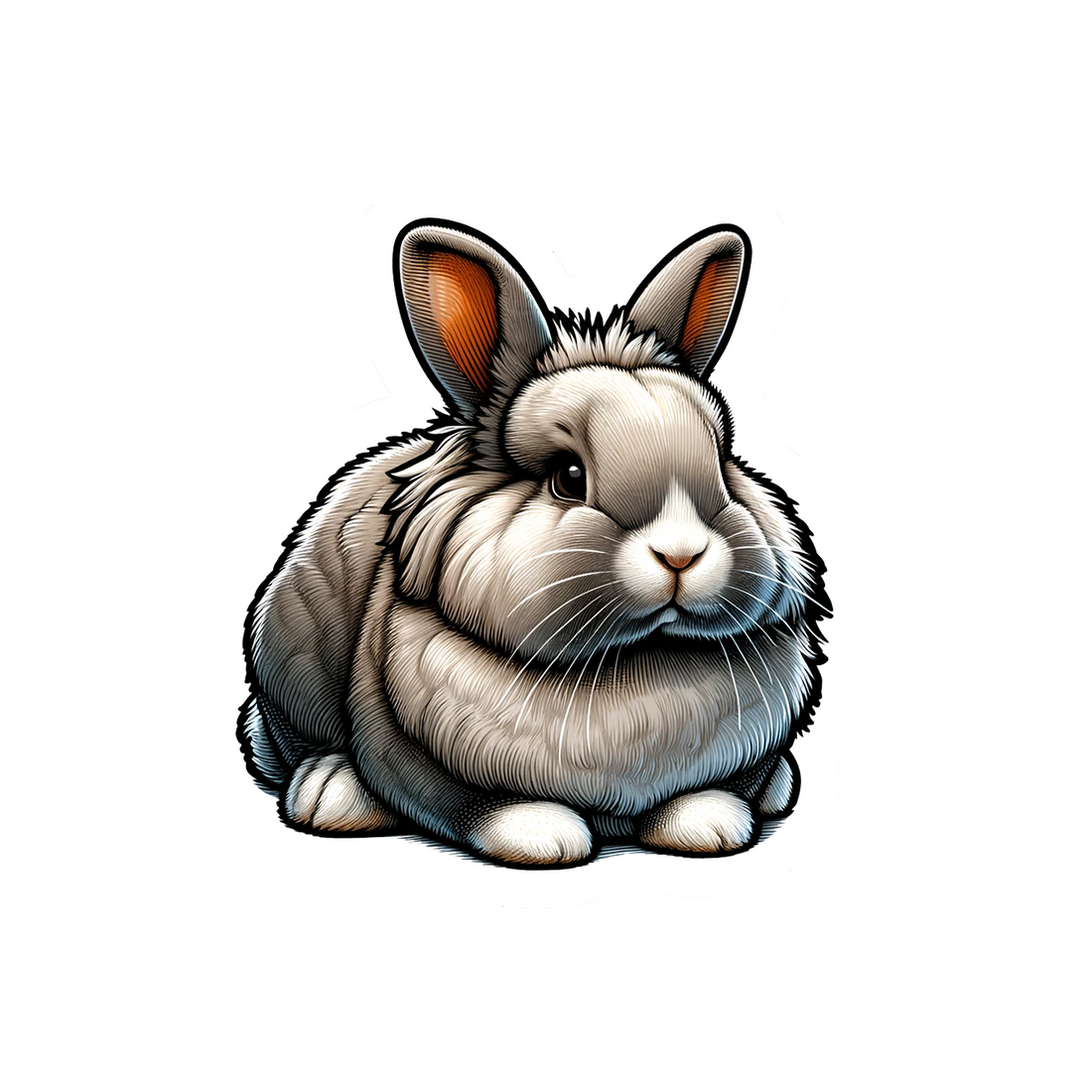
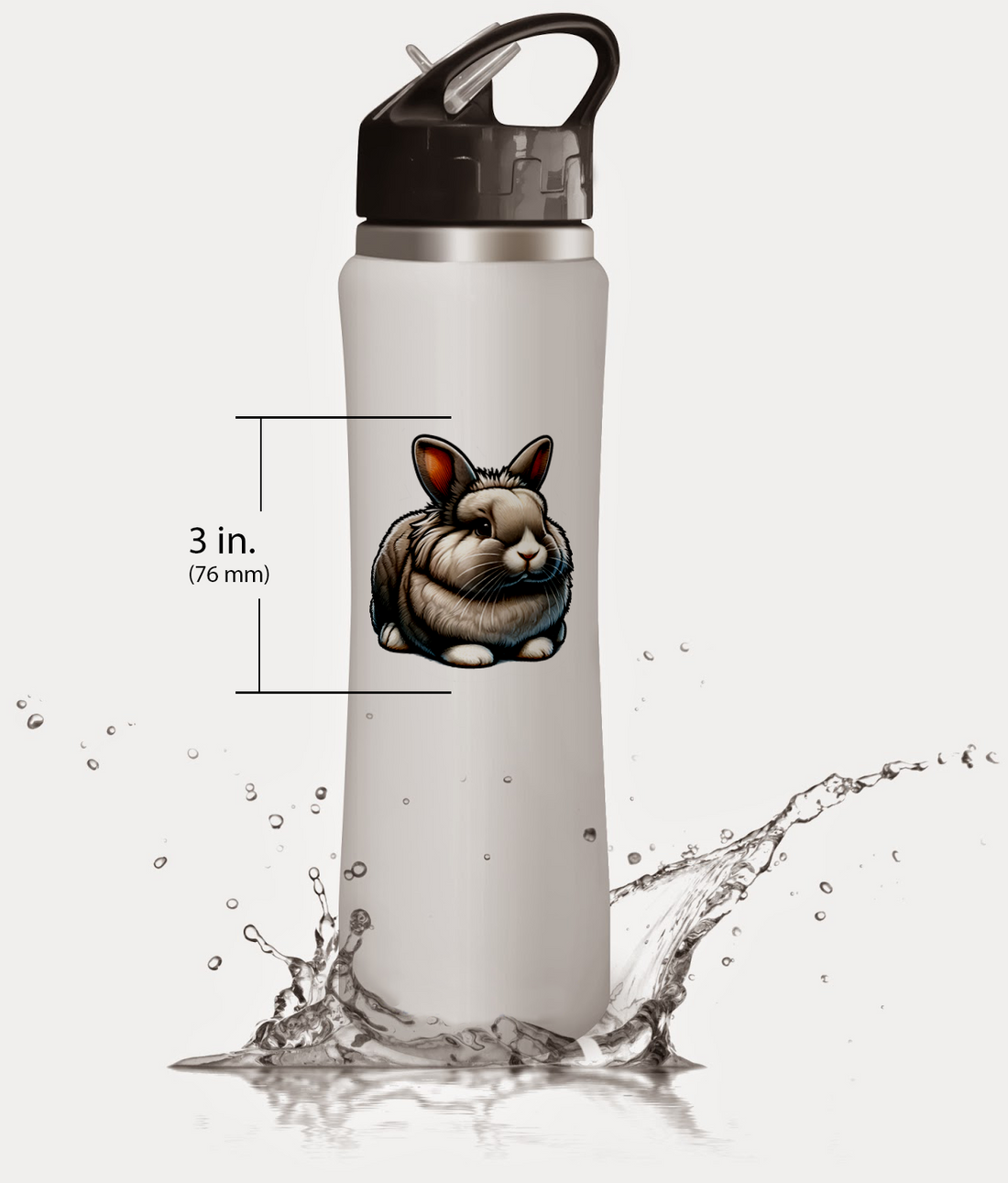

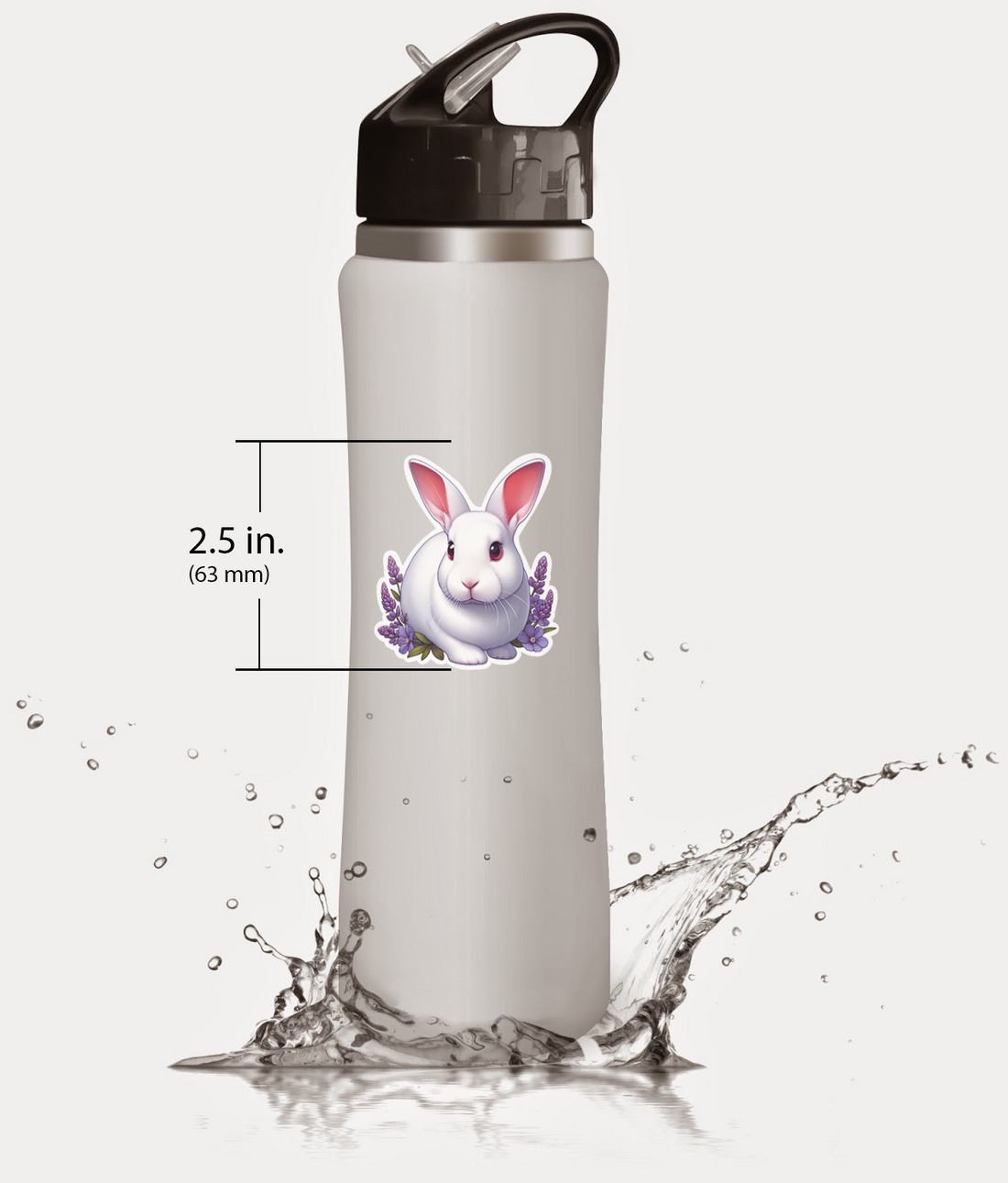
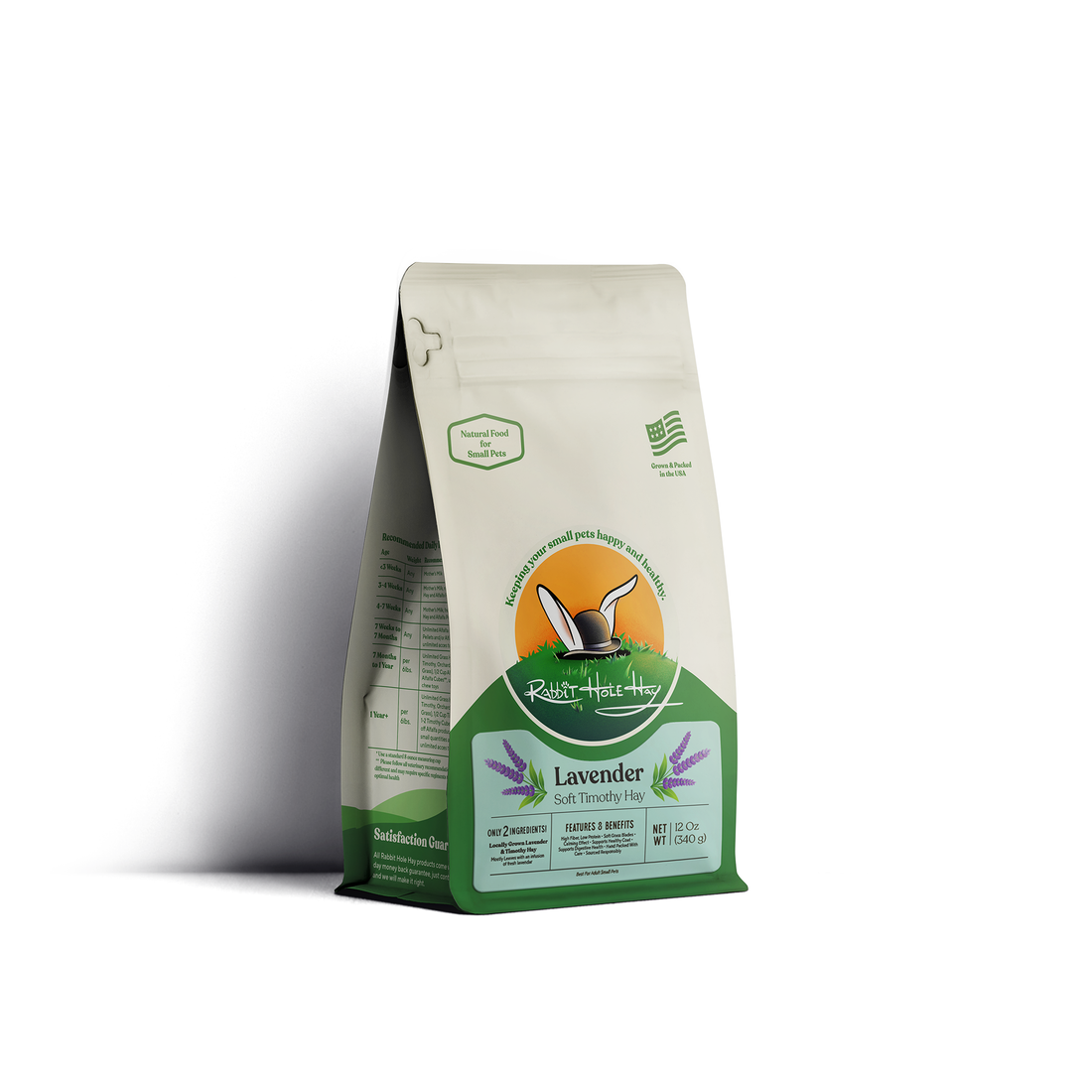
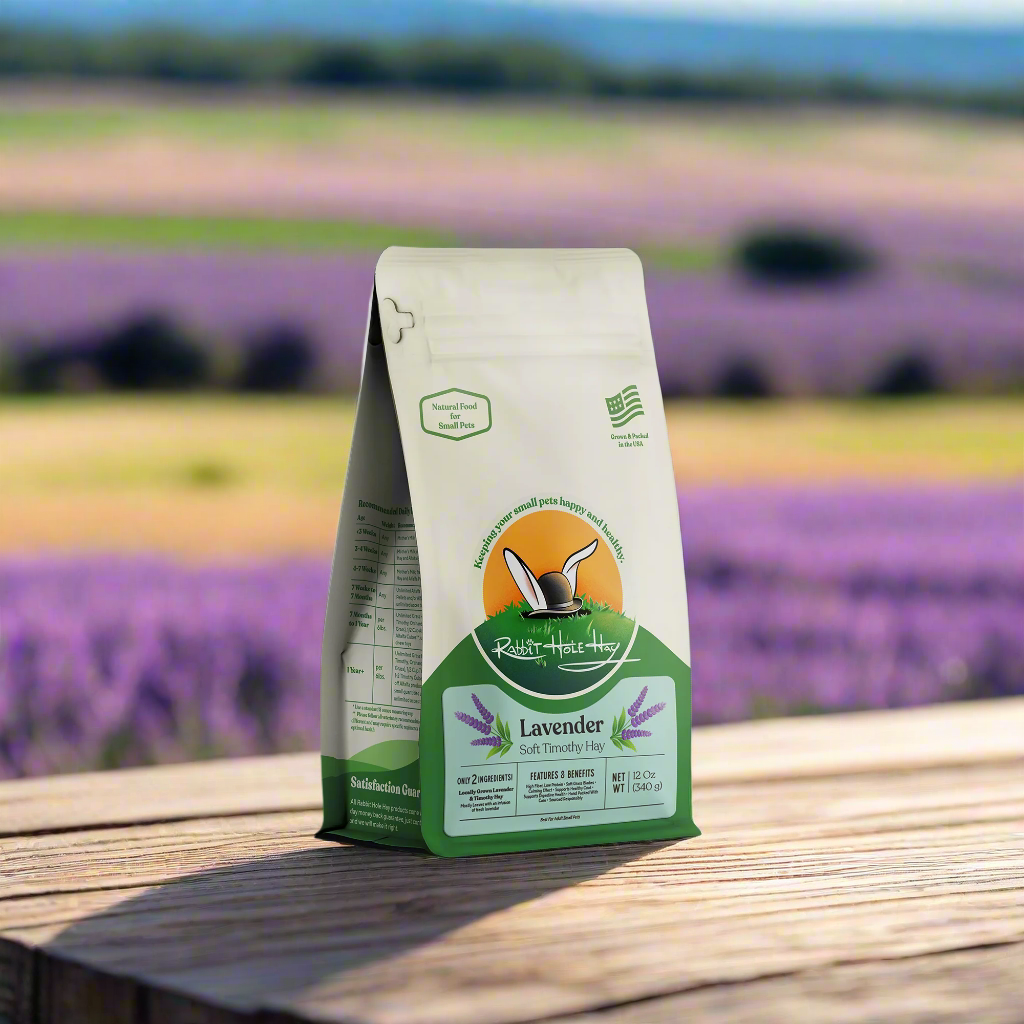
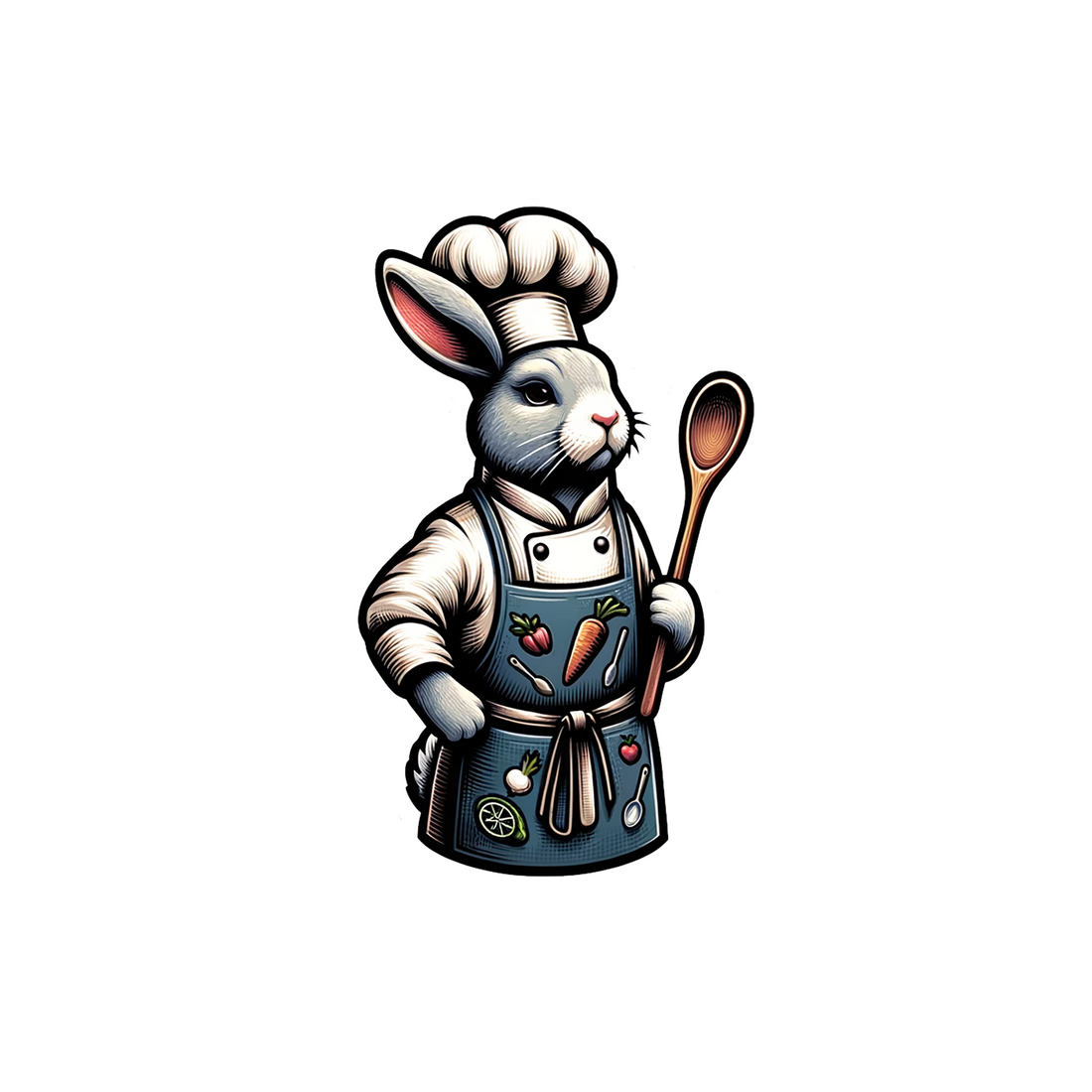
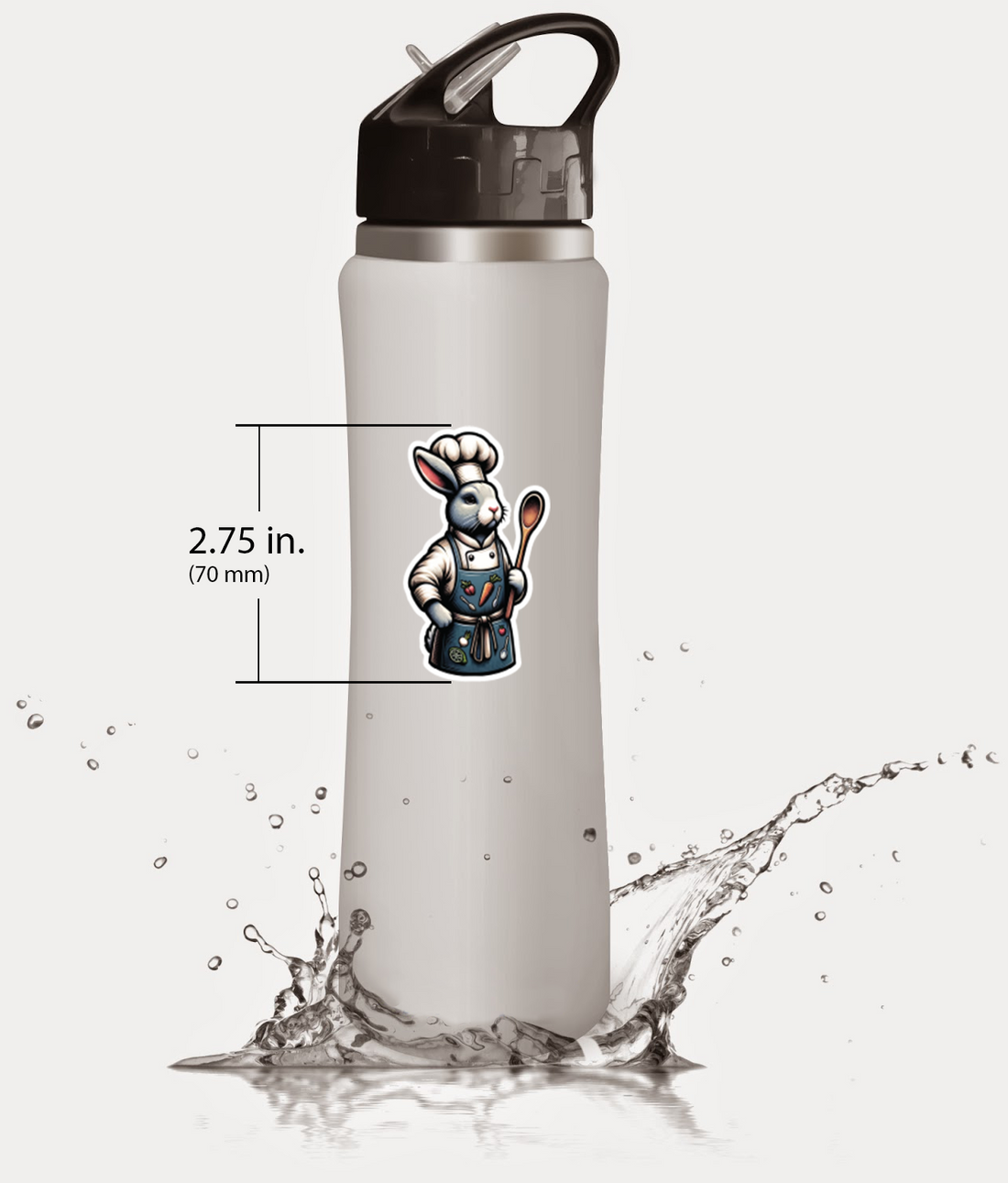
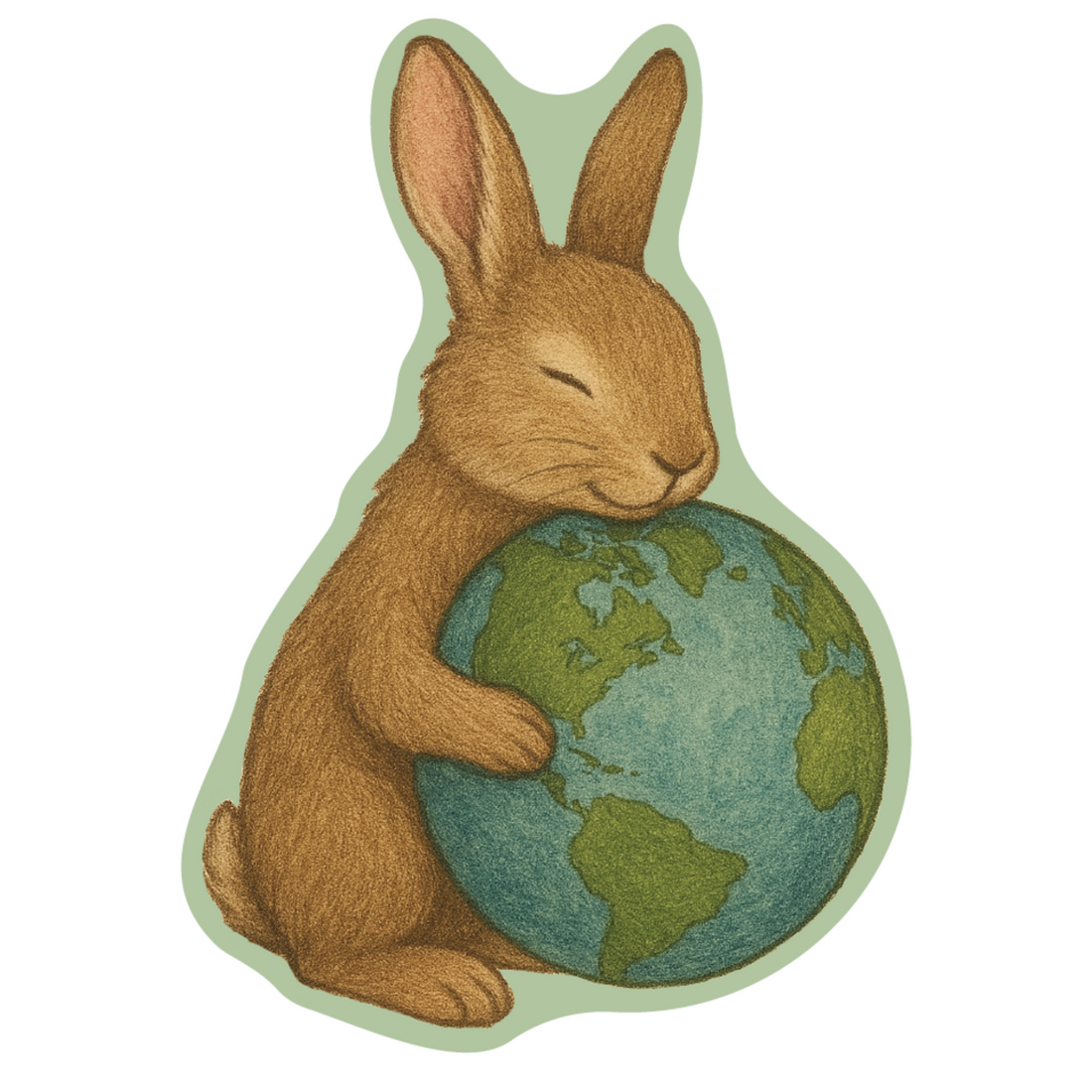
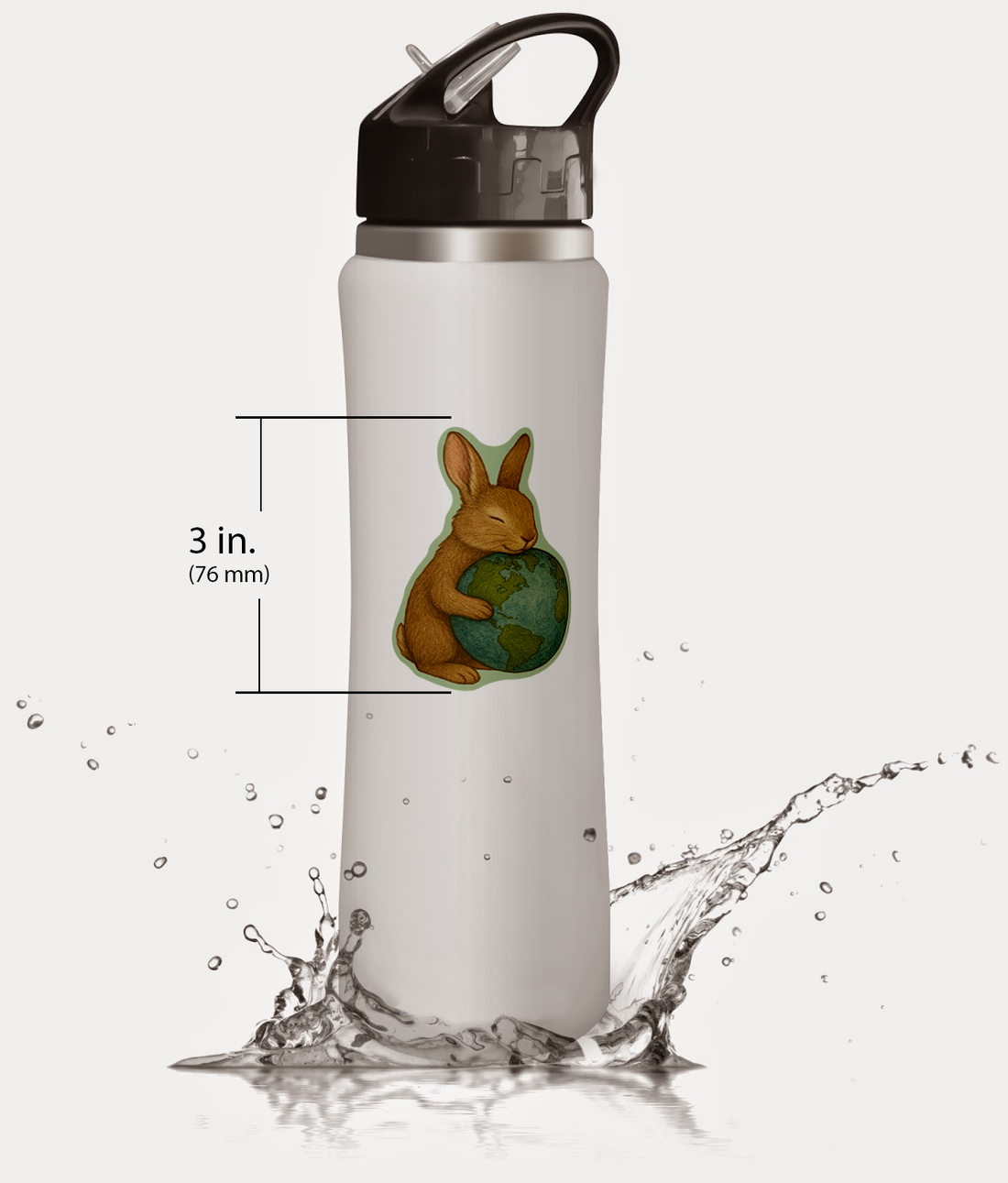




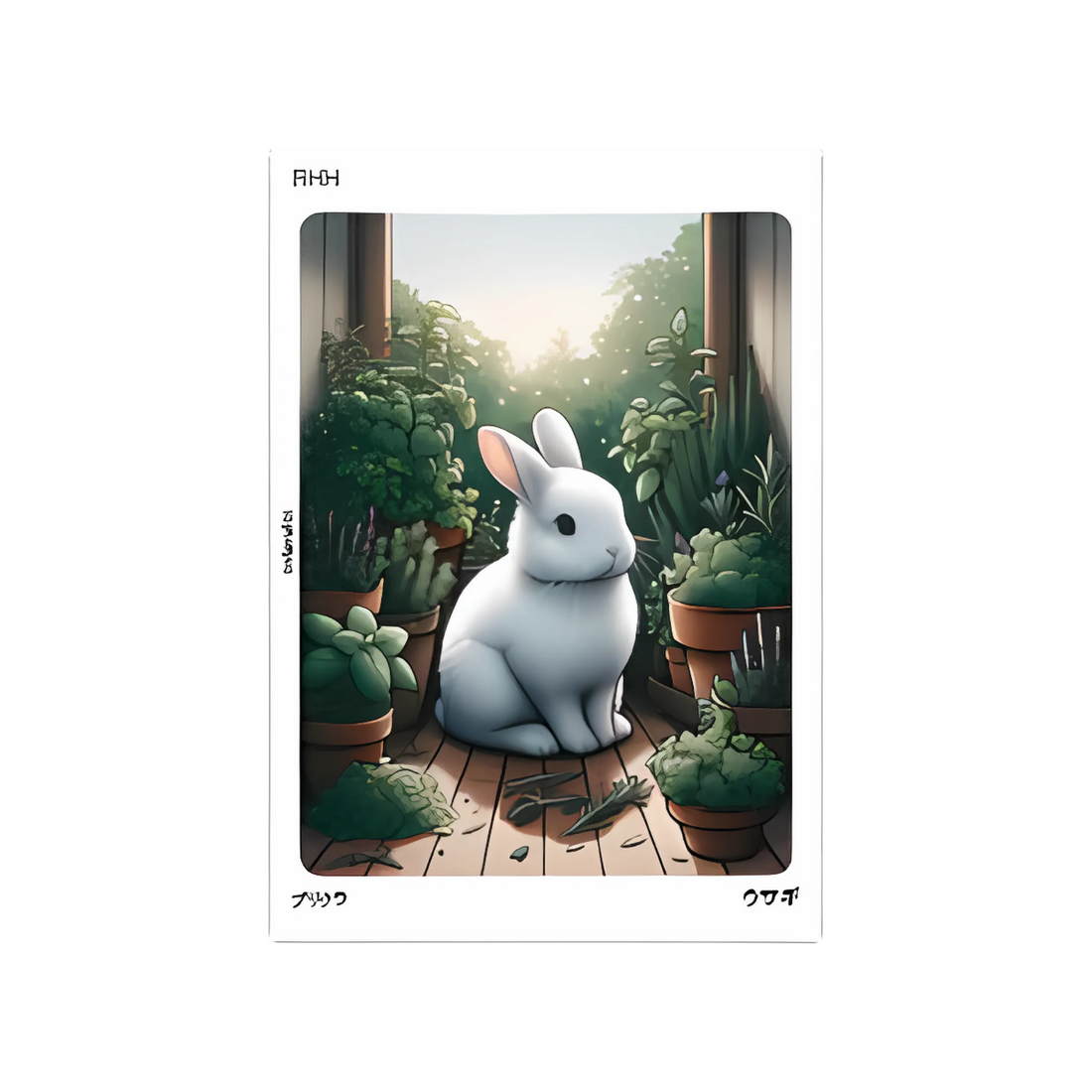

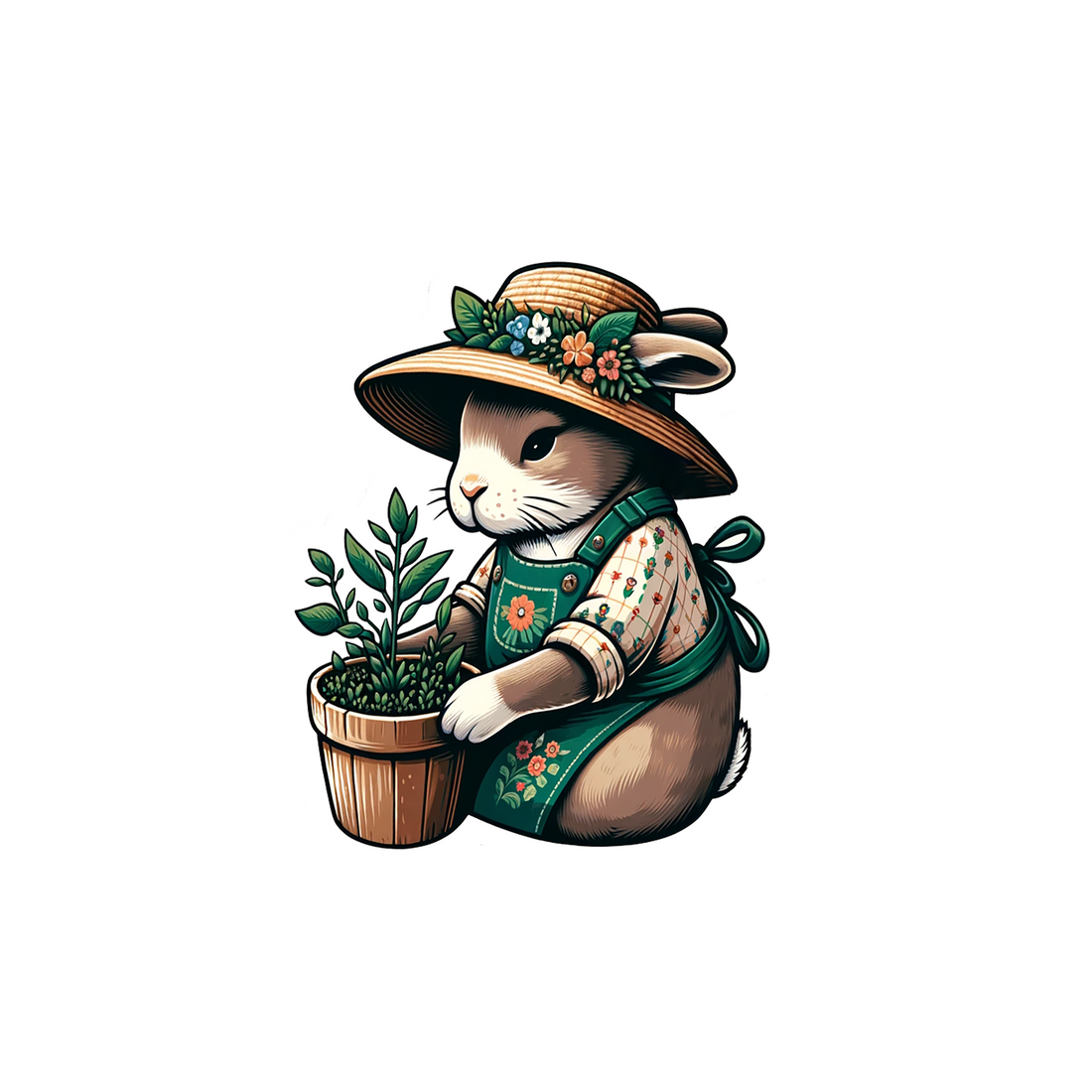
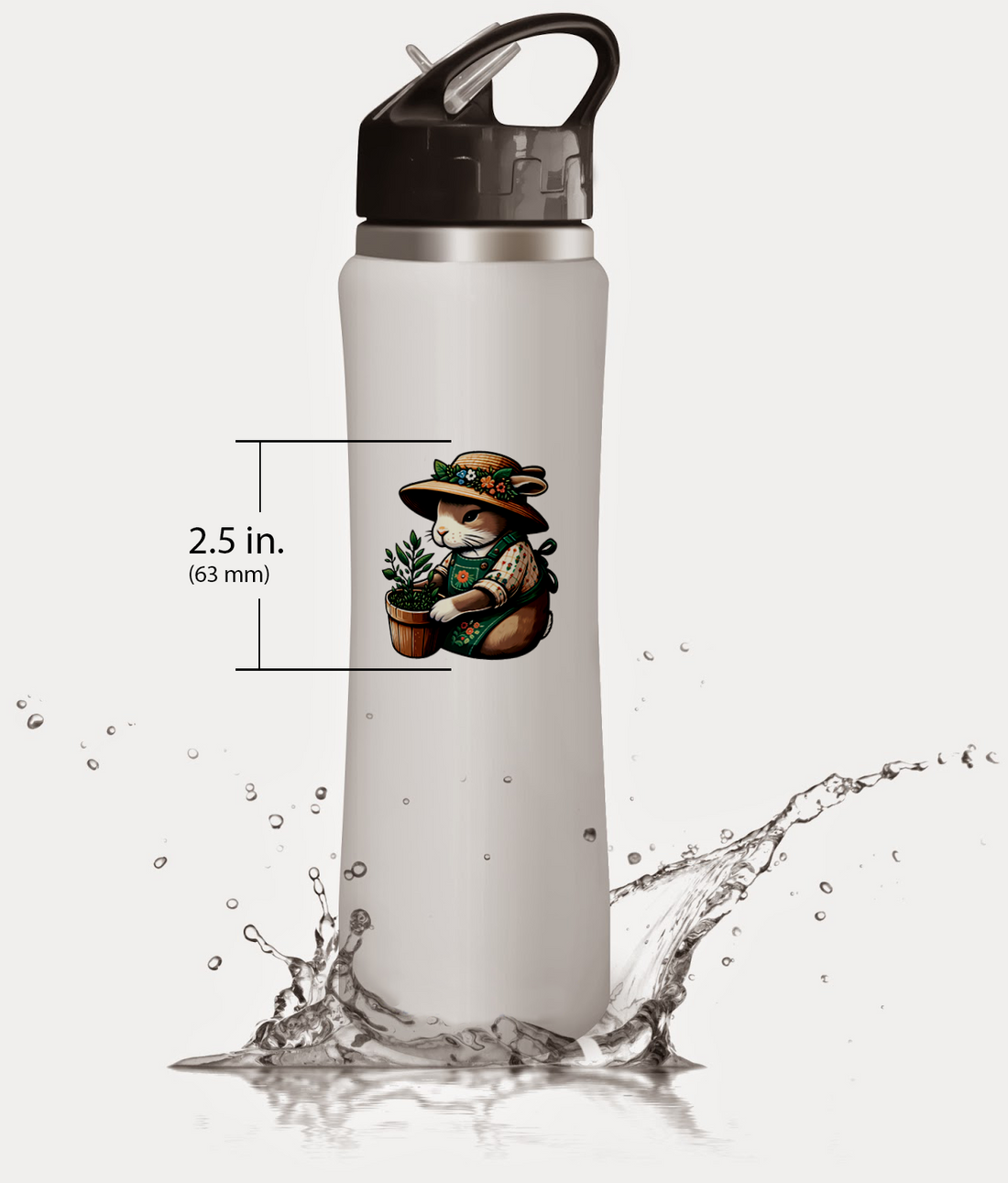

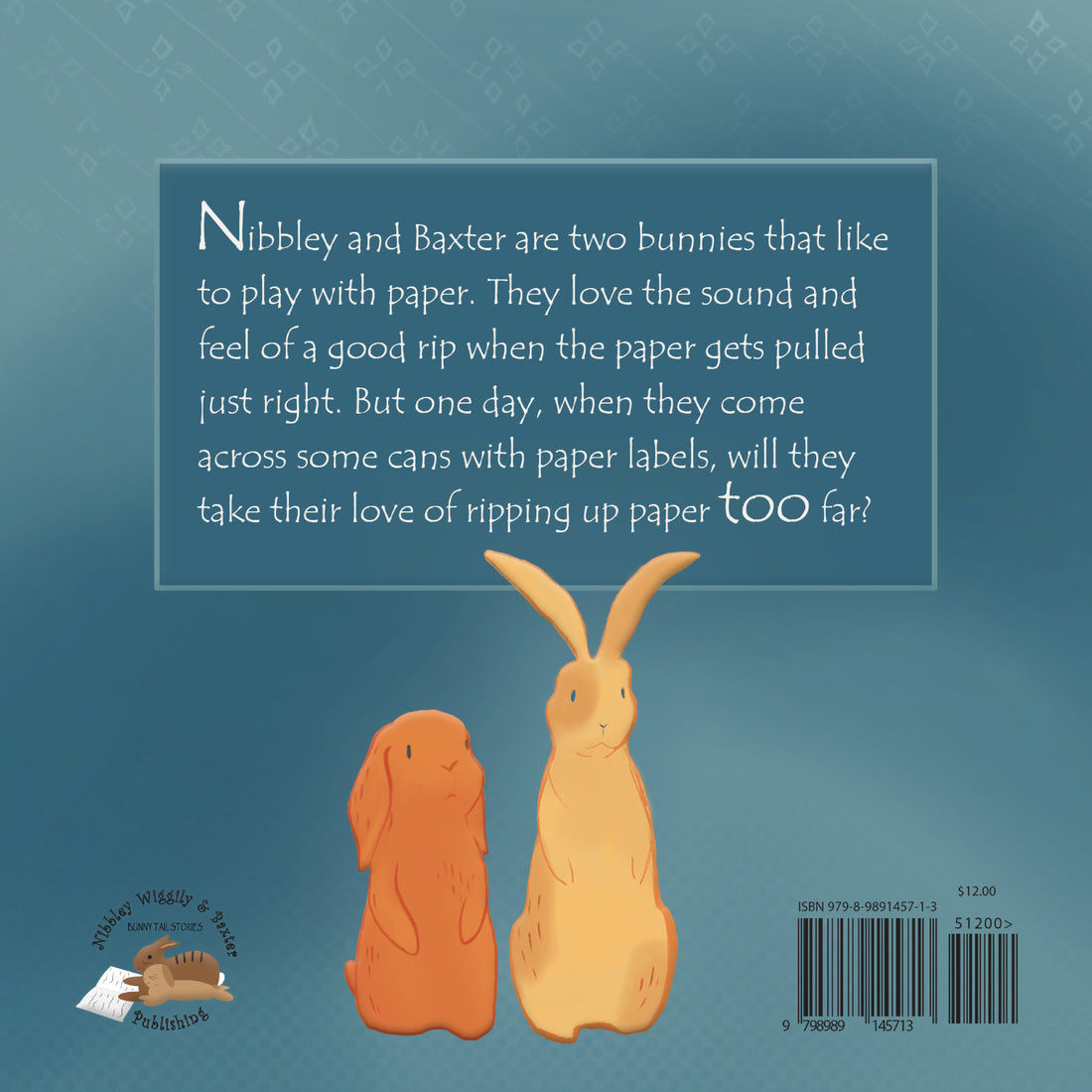






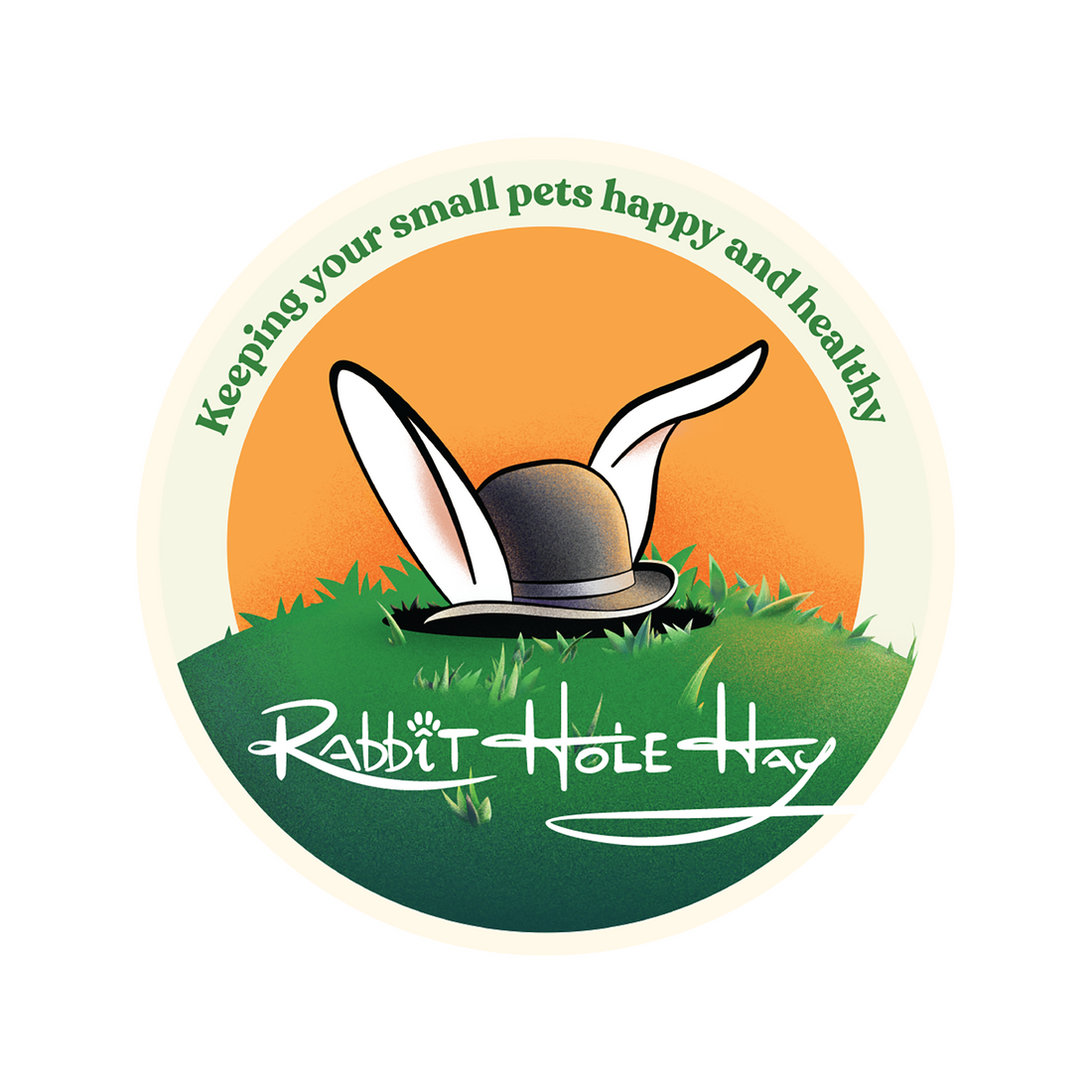

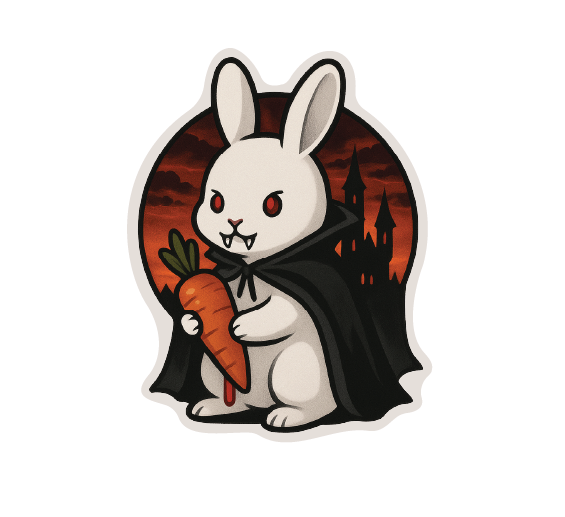







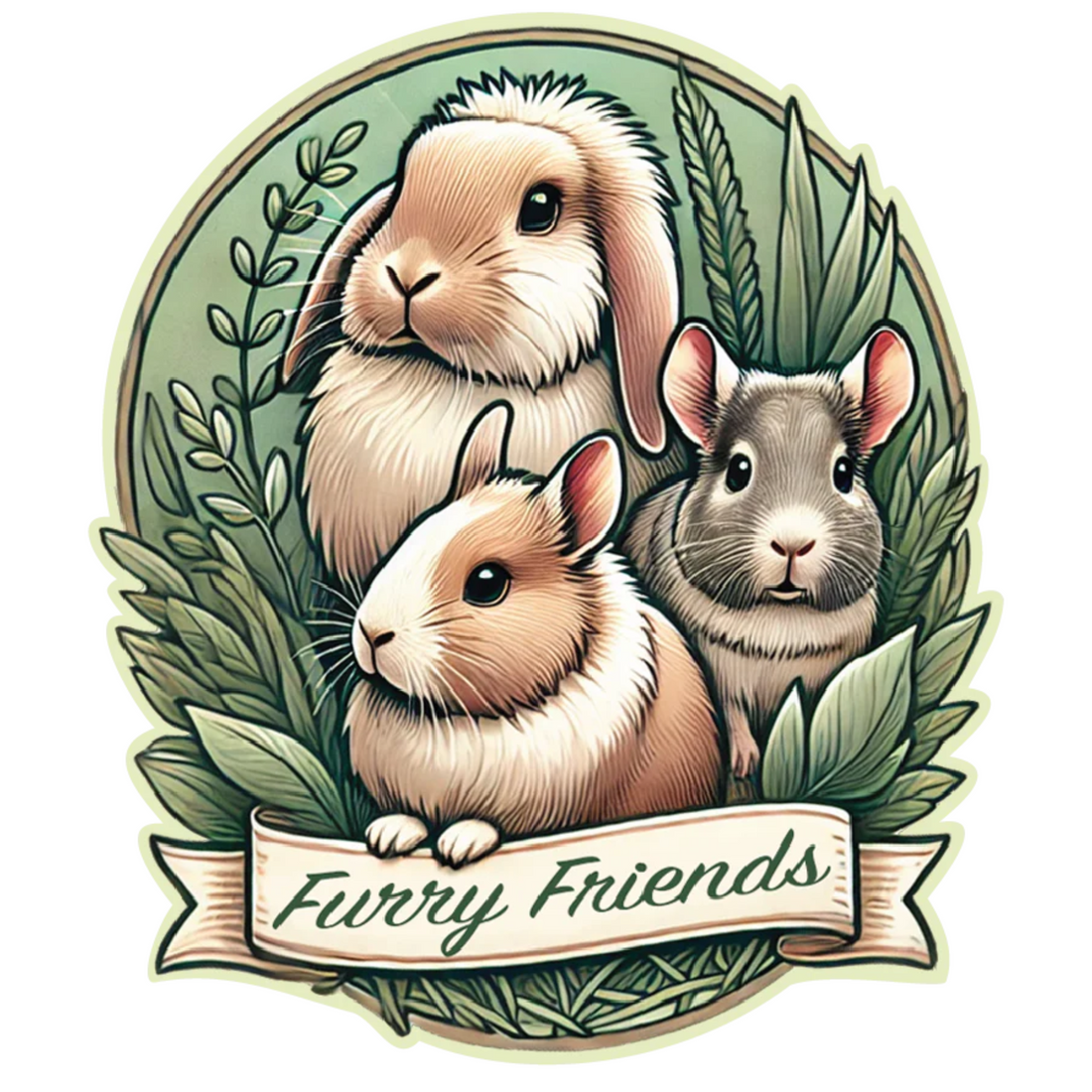
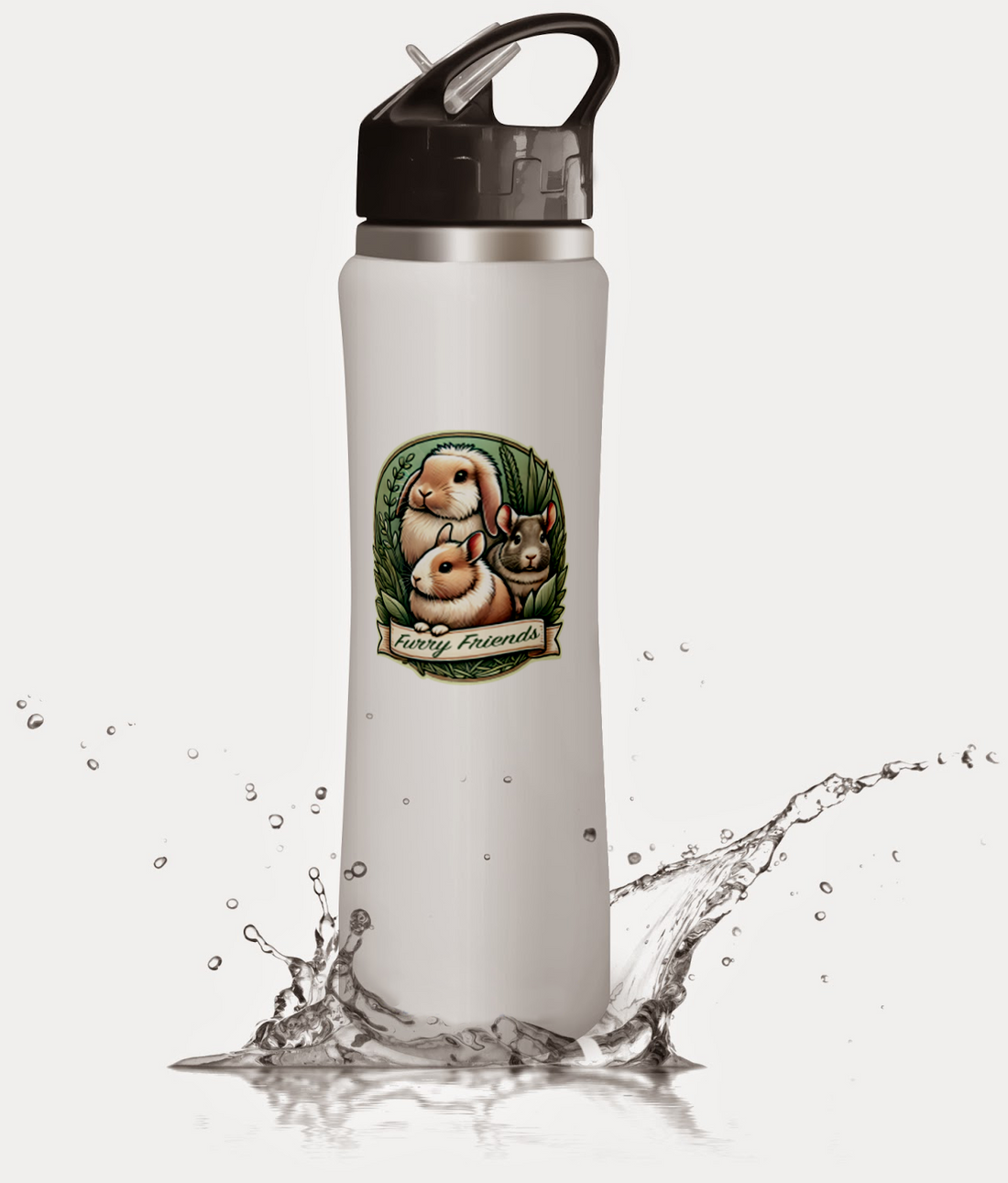
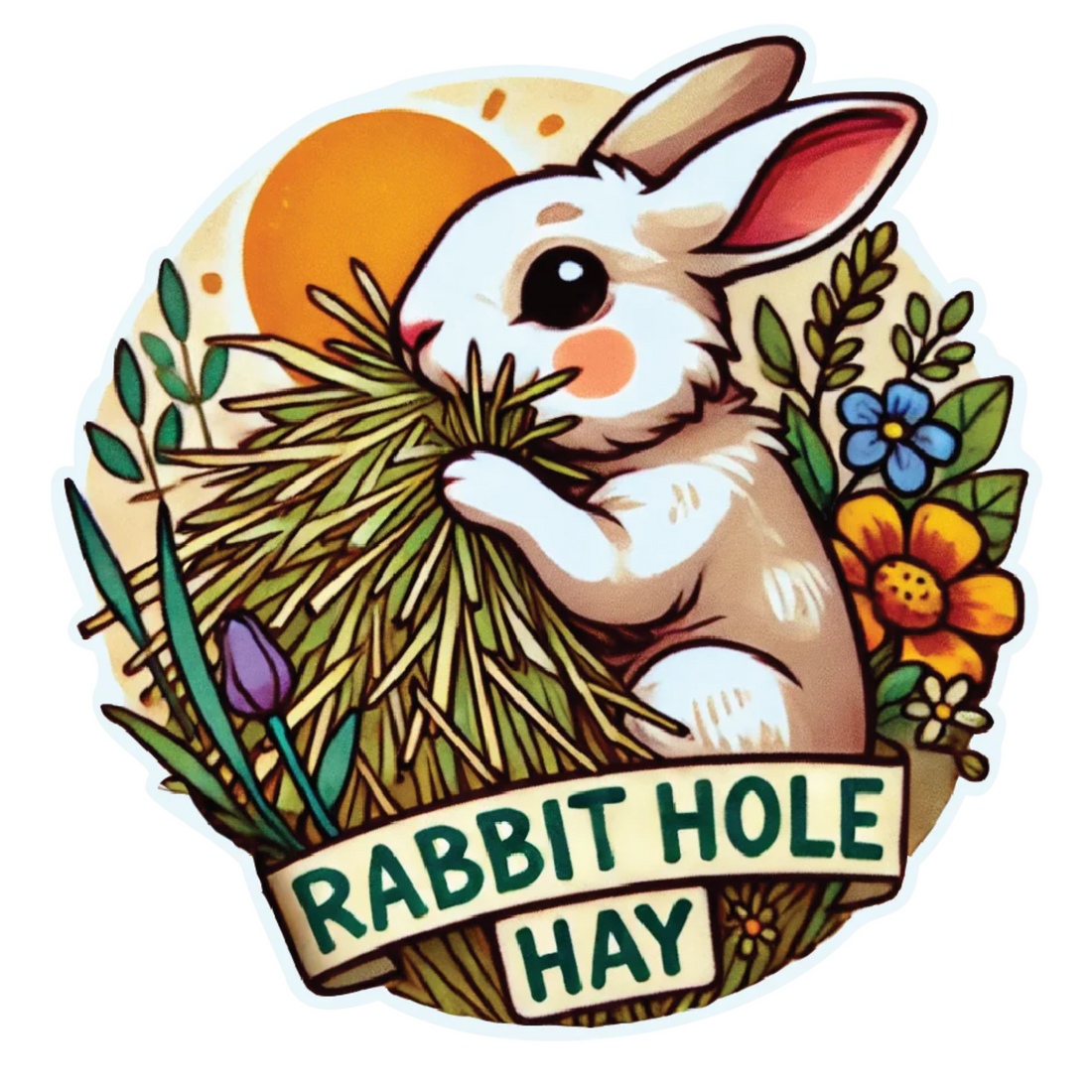
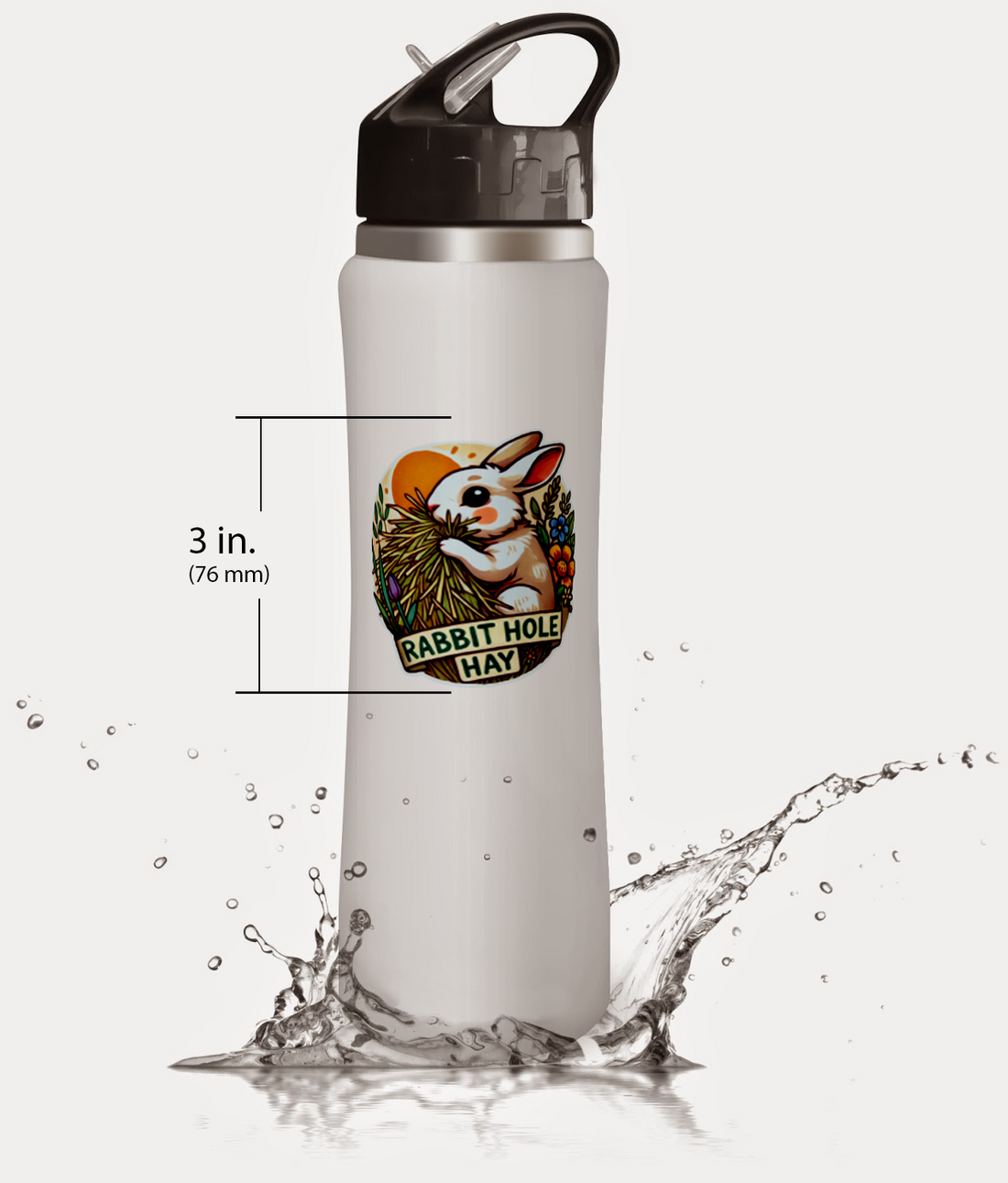
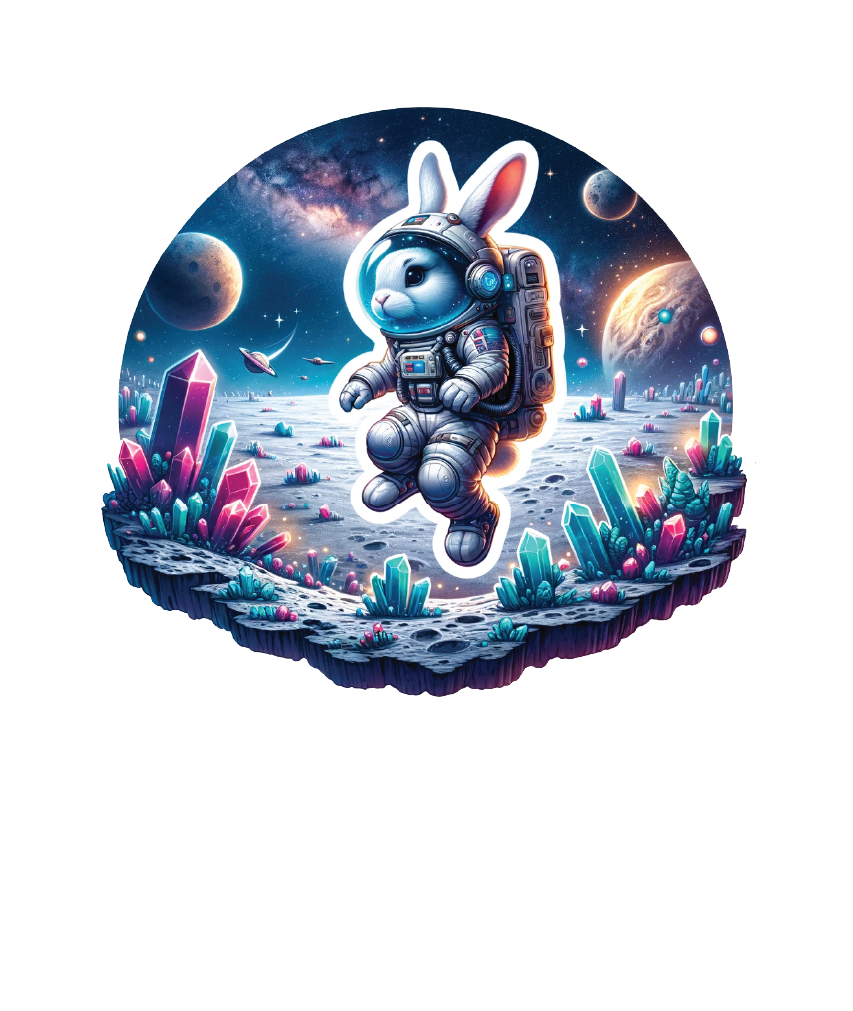

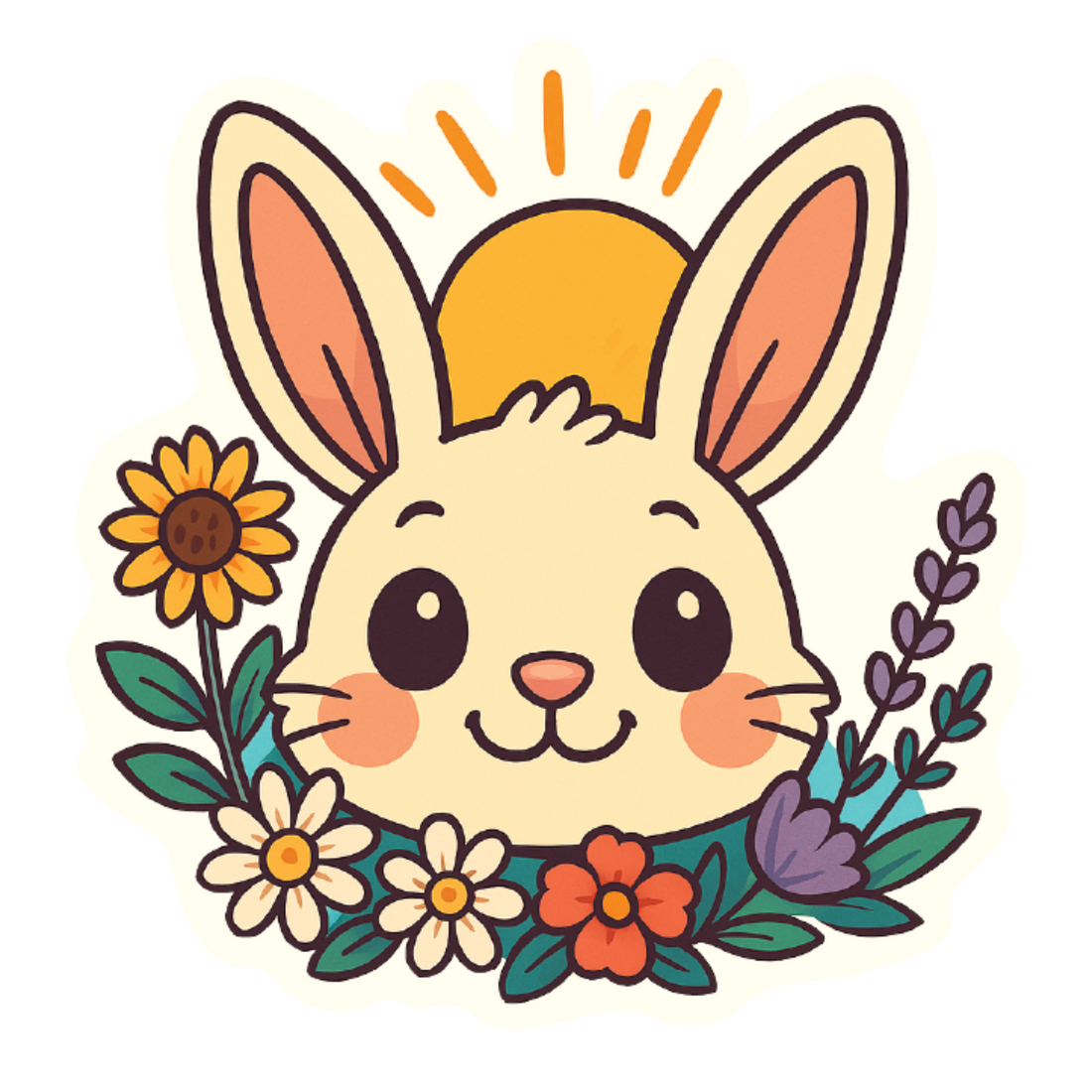
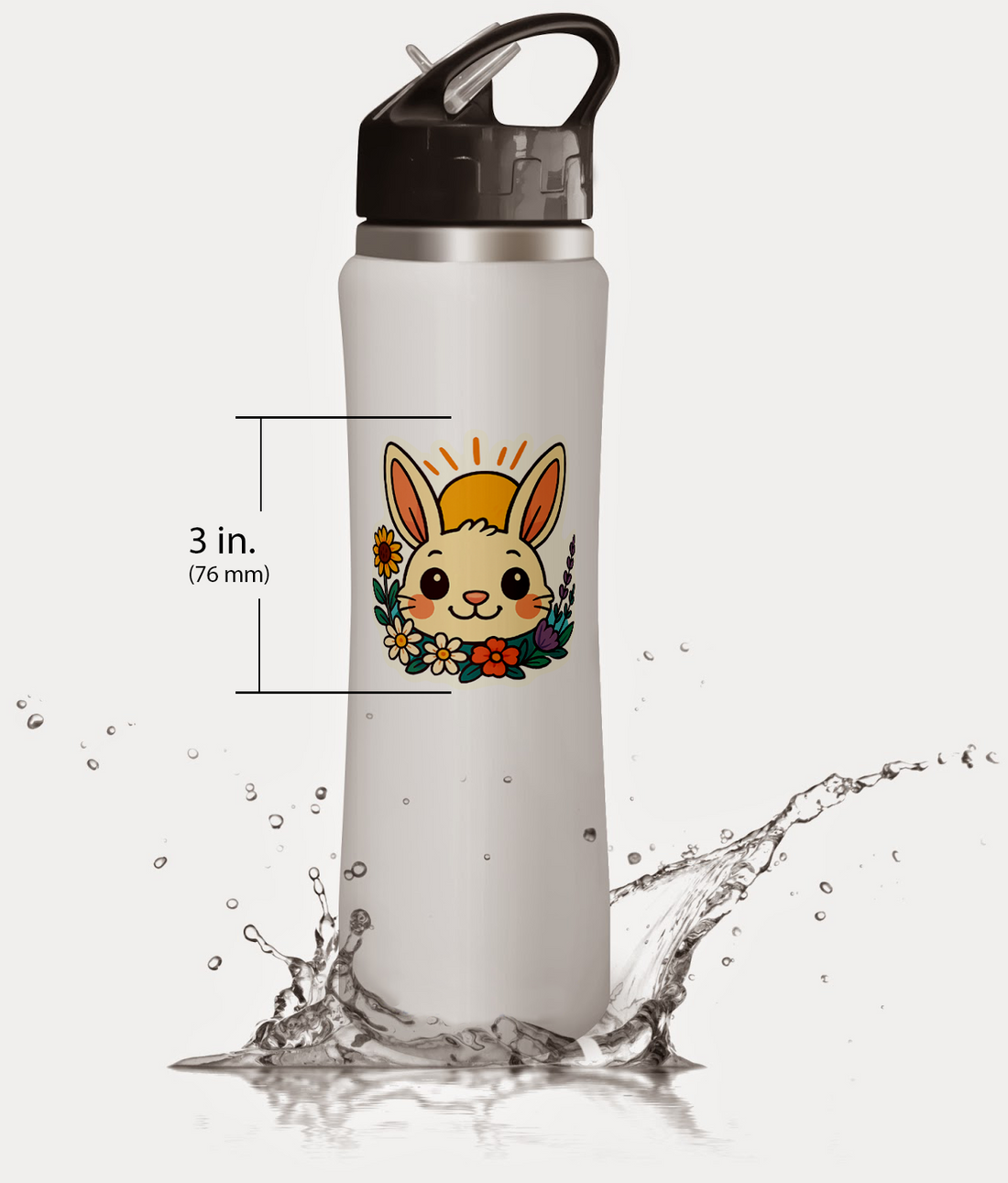
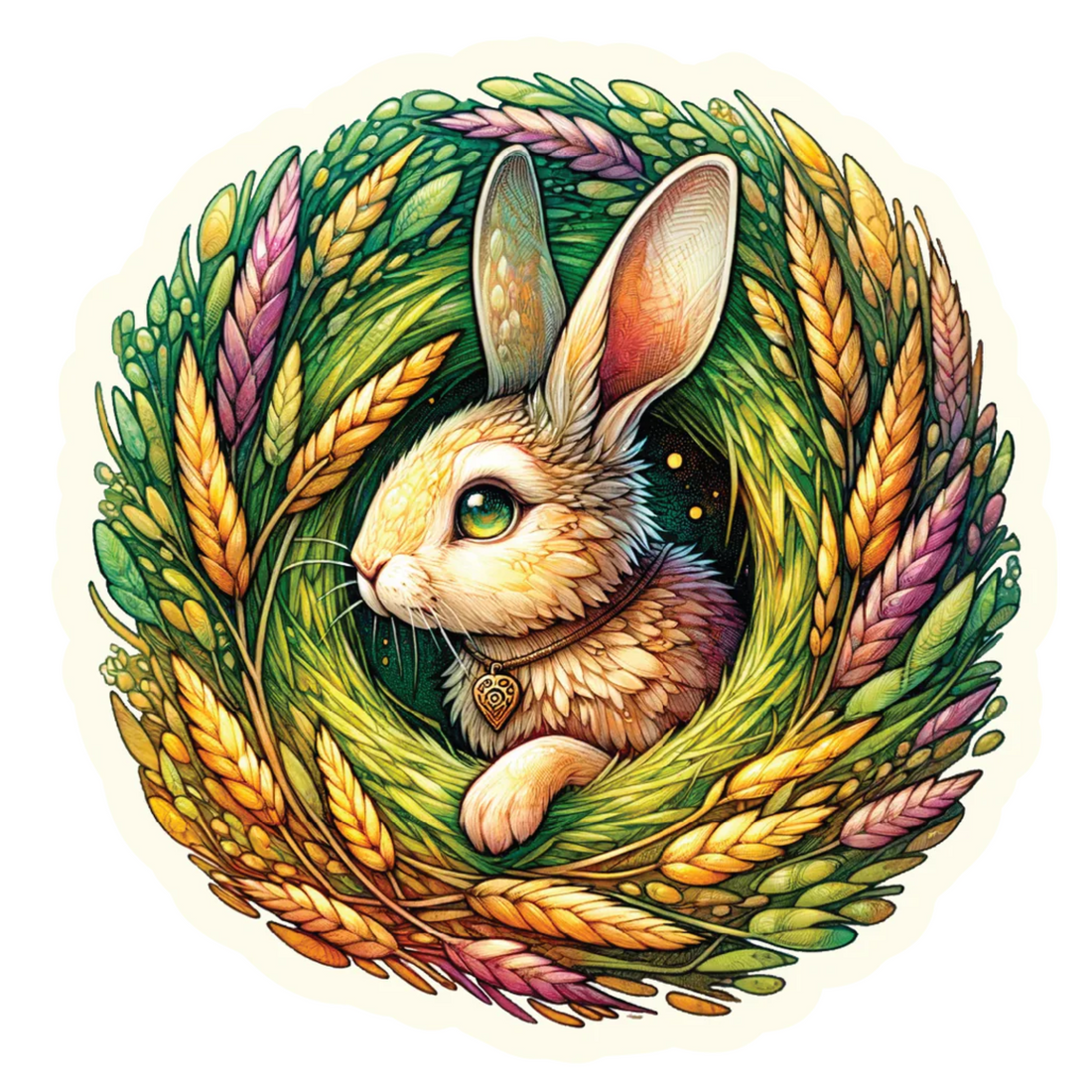



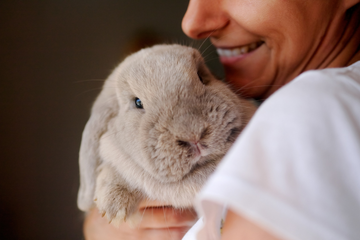


Comments